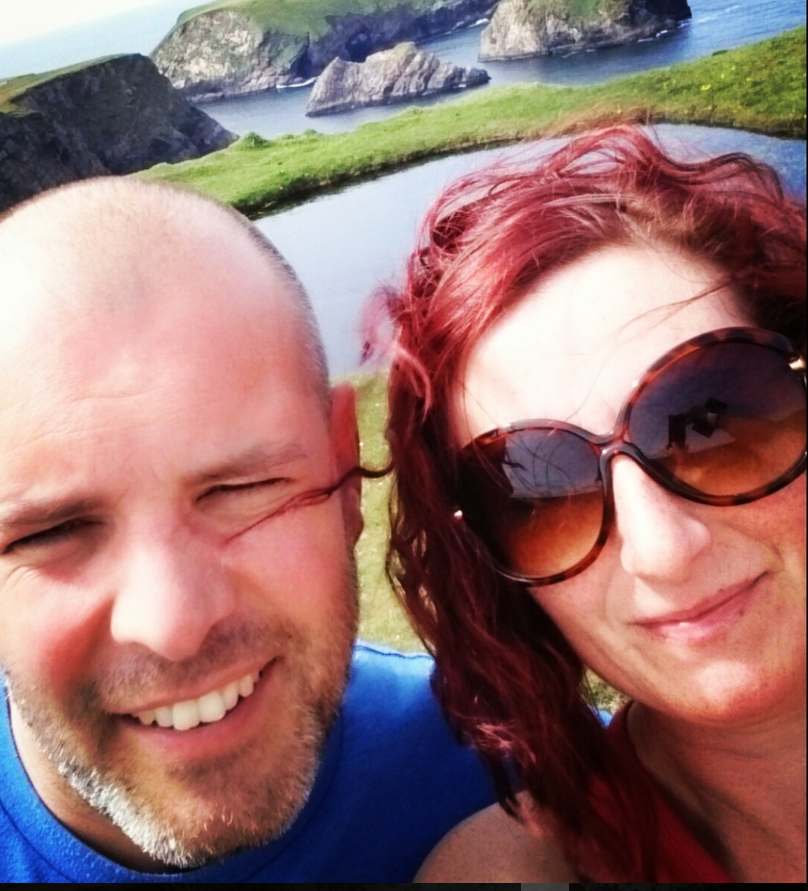|
The Museu da Baleia da Madeira (Madeira Whale museum) is located in the village of Caniçal. The village was the former centre of the whaling industry until the ban on whaling in 1981. The museum is located in a modern building on the outskirts of Canical and is home to permanent and temporary exhibitions. At the reception, you receive a headphone set which you wear throughout the exhibition. By selecting your language , you get explanation about each of the exhibits in your own language. The permanent exhibitions occupy over 1000m2 divided into the following 2 rooms: Exhibition 1: The whaling room: In this room, you are transported back to the 1940s where you get to discover the whaling industry of Madeira. The room is divided in different thematic areas ranging from the lookout network to the factory processing the whales to the different hunting techniques. Over the years, the Madeira coastal lookout network was established with the building of lookout posts along the coast of Madeira, in the Desertas Islands and the island of Porto Santo. These lookout posts allowed the full coverage of the seas of this archipelago up to 15 miles allowing them to spot whales in all directions. In the late 1940s, EBAM constructed of a modern factory which industrialized the processing of the whales. The museum has an old film showcasing the entire process, but also explaining the products that were obtained from the whales. In this room, you find 2 original whaling boats and a mosaic of 84 photographs honorring the whalers It was hard to believe that these giants were hunted with boats often much smaller than the whales themselves. In this room, you also find the harpoon tip used in John Huston's film Moby Dick with some of the scene's filmed in Caniçal with the help from the local whalers. The harpoon tip is the original one used by Gregory peck (Captain Habab) in the confrontation with Moby Dick. In the museum are also plenty of examples of Scrimshaw. Scrimshaw is scrollwork, engravings, and carvings done in bone or ivory, artwork created by the whalers engraved on the by products of the whales such as bones and cartilage. Exhibition 2: Whales around Madeira
In this exhibition, you dive into the vast sea and learn all about whales, dolphins and other sea creatures. Among the spectacular full-size models of whales, dolphins,... you can explore several stereoscopic 3D movies. Enter the submarine and dive into the vast ocean, a guaranteed hit with kids. The museum is well thought out and educates visitors on the history of whaling and how it provided a living for many families in Madeira , but it also educates us on the current treats for these majestic creatures.
0 Comments
Getting to Sintra is easy, but once you reach the outskirts of Sintra, it is a bit of a disaster traffic wise. Traffic jams are a daily occurance, mainly because of its popularity with tourists. A better way to travel to Sintra is by the Sintra Atlantico tram which travels between Praia de Macas and Sintra.
Where the historic tram line commenced operation in 1904, the tram that nowadays operate on the line dates from the 1930s. inside the tram are all the original features, from the wooden benches to the brass dials, it is a super fun experience to travel on the tram. it's slow, it's bumpy and noisy, but climbing slowly towards Sintra from the coast, the entire 13km journey takes about 40 minutes passing through the rural area of Colares. Colares is an interesting area for winelovers. The area is famous for its sandy, phylloxera-free soils and ungrafted vines as the amazing tannic red wine it produces from the area's Ramisco grape. We took the tram during Christmas and were lucky enough to have the entire tram to ourselves with exception of the 2 drivers who juggle around sticks and pedals to bring the tram to a safe halt around the corner from the MUSA museum. It's a hassle free way of traveling to Sintra without having to find a parking spot in the busy tourism town. For more information, visit the following website: https://sintratlantico-casadoelectrico.weebly.com/ The Pena Palace (Palacio da Pena) is a stunning colourful romanticism castle in Sao Pedro de Penaferrim. It stands on top of a hill in the beautiful Serra de Sintra above the beautiful town of Sintra. The easiest way to reach the palace is by bus 434 which runs frequently from Sintra town and stops at all of Sintra’s main tourist attractions. Bus 434 is a designated tourist bus that connects all of Sintra's Palaces and Castles, and with a price of €11.50 is the cheapest option to easily reach Pena Palace. For this €11.50, you can take all of Sintra's buses for 24 hours, but be mindful that demand for this bus is very high, especially during the summer months. The other way to reach the Palace is with your own car, but be prepared to navigate the busy, narrow winding roads up Serra de Sintra and dealing with the issue of trying to navigate the traffic free centre of Sintra .... You can also travel by taxi or by Tuk Tuk, both of which are a good bit more expensive than bus 434. The other way to reach the castle is on foot following the Caminho de Santa Maria, a very steep path that brings you slowly uphill. This walk takes close to an hour and can be a bit of a struggle during the summer heat , but will provide you with stunning views along the way. As it was a few days after New Years Eve, we expected it to be quiet enough at Portugal's most popular tourist attraction. How wrong we could have been. When we disembarked from bus 434, we discovered quickly that Portugal's most popular tourist attraction attracts many visitors year-round. Buying tickets was effortless. You buy your entrance tickets at one of the automated terminals where you select the time you would like to enter the palace and pay, then await the tickets to be printed. After having our tickets handed over at the gate, we walked slowly up the hill where we reached the gates of the Palace. Here we joined the queue to enter the castle. Thirty minutes later, we were allowed to enter the palace. The site where the Pena Palace is located used to be a medieval chapel dedicated to our lady of Pena until the king ordered the built of a monastery. The great Lisbon earthquake destroyed most of the monastery with exception of the chapel. During this time, Portugal's king Ferdinand 2 acquired the ruined monastery and its surroundings and started the built of the Pena Palace as we know it today. The main purpose of the Palace was to serve as a summer residence for the king. After his dead, his second wife Elisa Hensler sold the palace to king Luis. In 1889, it was purchased by the Portuguese state and was later classified as a national monument. The grandeur of the Palace is visible in each of the rooms, from the decadent wall and ceiling decorations to the furniture, no expense was saved in making this a palace to remember. The exterior is the most striking feature of the Palace, from the blue azulejos to the yellow and red colour scheme, it is an eclectic mix of architectural styles. While walking through the vast Palace, we admired the chapel, the Royal Dining room, the kitchen and many other rooms. Each of these rooms is decorated with elaborate stucos, painted walls in trompe-l'oeil and stunning tiles,.... The area surrounding the palace is worth a visit as well. The Pena Park is a forested area spreading over 200 hectares of uneven terrain. Within the park are plants and trees from North America, Japan and Australia and New Zealand.
When you walk down through the park along the many paths, you will see the many small mountain rivers and lakes ... Some of the special plants within the park are sequoia, magnolias, Ginkgo,... The fern garden which includes a huge variety of ferns and tree ferns is a must visit. Of the beaten track halfway between Lisbon and Coimbra is Parque Natural Das Serras De Aire e Candeeiros, a sparsely populated area within Central Portugal. This chalk area is popular with speleologists who love to discover the caves of the area which have been formed and sculpted by the underground rivers. Many of the caves are now open to the public, including Mira de Aire, Portugal's largest cave system. The nature reserve is fantastic for cycling, hiking or just driving through it. Hundreds of stone walls mark the many field bounderies, cork trees being almost the only plant which survives on these dry soils. This area is the real Portugal, the small villages haven't been touched by tourism, the locals are glad to have a chat about everday life, the small bars & restaurants have the authentic Portuguese dishes on offer,.... Goats roam freely in the barren landscape, just lifting their heads whenever the odd car passes by their remote grazing spot. The day we visited this remote nature reserve was one where the weather couldn't make up it's mind. From showers to sunshine, it created a dramatic display of colours and beauty. this area, although mostly undiscovered by the main flow of tourists is a must visit area if you love nature, authenticity or just quietness.
Foz Do Arleho is a small seaside town not to far away from Caldas Da Rainha , approx. 1 hour north of Lisbon. Foz Do Arelho is located at the Obidos lagoon and right beside the Wild Atlantic Ocean. The area has always been a seasonal vacation resort which used to be popular with the wealthy. Where the Atlantic Ocean meets the Obidos lagoon is a fabulous beach. on the lagoon side, waters are calm, on the Atlantic Ocean side, they arenwild and most of the time exposed to strong wind. During the summer holiday, the beach at the lagoon side is frequented by schools who play here during the cooler morning sun. This area of Foz Do Artleho has a lot of modern houses which are mainly holiday homes. There is also a camping which is very busy and in our view not the nicest one with the exception of the fabulous lagoon views. But the problem is that the camping is very busy and the campervans look a bit like a bunch of sardines squeezed into a tin.
When you follow the road towards Caldas Da Rainha, you go slightly uphill away from the Atlantic, and this is the most interesting part of the town. It is the old part of the town where you find small pastelarias , bars and the odd restaurant. Looking at the restaurants, cafe central is not the most beautiful looking restaurant or cosy one, but the food is brilliant. The typical Portuguese dishes are popular and the restaurant is frequented by locals, especially during weekends. This part of Portugal is totally not like the Algarve, it is quiet, not taken over by loud tourist,... It is a location where you can enjoy the friendly locals, the great food and of course the sun. The area of Foz do Arleho lends itself perfectly for walking. In particular, an evening stroll from the old town towards the beach and from there uphill along the R. Visc. Morais along the new boardwalks is perfect to see the last glimpse of the evening sun. Another walk we enjoyed is along the Obidos lagoon. Here, you can see the many small fishing boats resting for the next days catch. The lagoon is also a very popular place for watersports, a place where you can try kayaking, surfing, stand up paddling ,.... What we really enjoyed about this area is the quietness, a town where you can mingle with the locals in the local bar or pastelaria. A place where you can enjoy the Portuguese friendliness, the hospitality or just the beauty of the rugged coastline. With easy flights to Lisbon, iot is a must visit location. The short drive from the airport to Foz Do Arleho is easy and quick, and it must be said that the greater area around Foz Do Arleho is one that needs to be discovered. From monasteries ( http://www.outdoorfitnesssligo.com/destinations-further-afield-travel-blog/alcobaca-monastery) to the fabulous Berlenga Islands off the coast of Peniche ( http://www.outdoorfitnesssligo.com/destinations-further-afield-travel-blog/berlengas) , there is something new to discover every day of the week.
After having arrived the evening before in Foz Do Arelho, we decided to stay local for our first day in the Estremadura and Ribatejo region of Portugal. Estremadura and Ribatejo have an amazing historical past. From the walled town of Obidos to the monastery at Alcobaca, the area is steeped in history. On this first day, we decided to drive the short distance to Salir Do Porto, home to a 49 meter high dune. We decided to park the car closer to the town of Sao Martinho do porto which together with Salir Do porto is located at a shell shaped lagoon. The lagoon is connected to the Atlantic by a small passage between the hills. The beach is flanked by a boardwalk which runs through the dunes towards Salir Do Porto. After having followed the boardwalk along the entire lenght of the beach , we reached a river lagune which seperated us from the dune. There is also a river beach which is very popular with families enjoying a refreshing dip in the cool water. A wooden bridge crosses the river and connects the boardwalk with the carpark at Salir do Porto. The dune is great for kids , but also for parents who need a bit of exercise running up this 49 meter high dune. It is though work, especially under a scorching Portuguese sun.
On this overcast day in July, we found ourselves walking uphill from Praca da Republica towards Convento de Cristo. We were spending the day in Tomar, a lovely town in the Centro region of Portugal. And on this particular day, we were making quick enough progress towards Convento de Cristo following the cobblestone path which leads from the town centre to the entrance. The views across the town became better the higher we got up the hill. Once you enter the imposing gate and find yourself inside the reinforced walls, a nicely laid out garden welcomes you. After having paid the entrance we entered one of Portugal's most important historical buildings, a building which is a Unesco World Heritage site. It all started with Gualdim Pais, who got appointed Grand Master of the order of the Knights Templar in 1157. He decided to move their base to Tomar, a strategically located town overlooking the Rio Nabao. Following the dissolution of the Templar order, it was re-established in 1319 as the Order of Christ with Tomar becoming the headquarters again. It was Prince Henry the Navigator who turned it into a palace and monastery. But enough about the history, this complex is huge and you could easily spend hours in it. The first room we visited was the Washing Cloister, a place where the brothers done the laundry. At the far end of the Washing cloister were Prince Henry's quarters which he occupied from 1420 to 1460. Next was the Cloister of the Cemetery, a cloister marked by an innercourt with beautiful trees and shrubs, the walls covered in azulejos tiles. And talking about cloisters, you have to know that there are a total of 8 cloisters. There are a further 2 magnificent rooms here, the Portocarreiros chapel which is from top to bottom covered with azulejos. There are 17th century wall panels which are diamand-tip patterned. Afterwards, we made our way into the charola, an outstanding piece of architecture. The Chapel is decorated from top to bottom with statues and paintings. When you enter the Charola from the Manueline church, the first thing you notice is the outstanding decorative portal. The second room is the New Sacristy which was built in the late 16th Century. The amazing vaulting decoration displays a new cross of Christ, the armillary sphere and the royal arms. And the decorations in Convento de Cristo are elaborate, but when you think you have seen it all, you find the Manueline Window on the west facade of the convent church. It is one of the most brilliant and original examples of the Manueline style, with its emphasis on hyper-realistic, naturalist motifs. After this, we visited the main dormitory, a huge corridor with a fabulous wooden ceilings. On either side of the corridor were the decently sized rooms of the monks, a total of 40 cells. The centre of the dormitory, the place where the three corridors meet is called the crossing where you will also find the Crossing chapel. Next was the hostelery cloister, the place where travellers would be housed. Those of higher status would stay on the upper floor while the ground floor housed the servants quarters, the stables,... All we can say after our visit is Wow,.... The Convento de Cristo is a must visit location.
Where do we start with the description of Bacalhoa Buddha Eden? These extraordinary gardens are set in 35 hectares at Quinta dos Loridos which are located 45 minutes north of Lisbon, Portugal. The gardens came into existence in 2007 after the Taliban destroyed the Bamiyan Buddha statues in Afghanistan. The wealthy philanthropist Jose Berardo, a vivid art collector, was so shocked by the destruction that he started buying giant buddha statues, the start of the formation of Bacalhoa Buddha Eden. On a blistering hot day, we arrived at Quinta dos Loridos in Carvalhal Bombarral. The car park is huge, and it was easy enough to park the car. After having paid the entrance (garden entrance + train ), we entered the highly imaginative gardens First thing we did after we arrived was get on the little train which drives around the gardens, but our plan was to get off at the giant buddha statues and walk from there back through the large gardens. The first part of the route explains the history of wine through colourful signs which border one of the many vineyards. The signs are made from special commisionned tiles which provide a colourful display against the rolling hills and vineyards in the background. After a short drive through along the pristine walkways and paths we reached the Buddha statues. The first thing you notice along the paths are the amount of Allium Caesiums which were in full bloom, providing these gardens their distinctive blue colour. Talking about blue, we saw a lot of blue on this particular day, but more about that later. In the garden, there is a giant reclining Buddha and the 21-metre high Buda Gigante. Over the years, the gardens expanded to their current size (Although it looks like expansion work is going on again). The expansion seen the addition of a huge collection of African and contemporary sculptures. Do you remember we talked about blue earlier on, soon after the Buddha gardens we discovered an army of blue Xian Terracotta Warriors. Ok, at this point, you think we stayed to long in the afternoon sun, but at least we snapped some evidence. Working our way through the garden, we admired Japanese statues and some more blue status, this time of a giant chicken with a human head. Another army of Xian Warriors were admiring the garden and huge lake which is filled with Koi. Next, we reached the African sculpture garden. Huge palm trees hide the sculptures underneath their giant leaves. Sculptures of Buffalos, lions and elephants together with contemporary art are on display along the paths. We made our way towards the giant bamboo garden which also doubles up as a giant maze filled with sculptures. Around this area, you will also find a huge amount of modern contemporary sculptures with aptly chosen names like "Torso" (Guess which picture is called the Torso) ,.... Close to the Quinta is a fabulous lake from where you reach the restaurant and the shop selling the neighbouring quinta's wines at really reasonable prices. And we couldn't resist, we bought a nice bottle of Casa Mendes Blue. And after a fabulous afternoon at Bacalhoa Buddha Eden, we couldn't resists to open this bottle of Casa Mendes. And as we told you earlier on, we had seen that much blue during the day that even our wine looked blue. Oh wait, the wine was blue.
What can you expect when you get on the ferry from Peniche to the Berlengas and the first thing they do is hand out seasick bags? We had the ferry (viamar) booked the day before through their website, just to make sure that we got a ride the next day. There are plenty of different boats going up and down to the island, so it shouldn't be to difficult to get a ticket. So off we went, sickbag in the pocket ready for some action. These waters are known for their roughness, mainly due to the 4000m Nazare underwater ravine which makes this coast one of the best surf coasts in Portugal. When the ferry departed at 11:30, it was a little bit overcast, but the further we got from the coast, the sunnier it became. The crossing, which takes about 45 minutes (longer when the sea get's rougher, and it did get rougher on the way back) was calm enough this particular morning. Still, some people got seasick, but even taking this into account, the Berlengas are worth the crossing. The main island is approx. 10km from mainland Portugal (Peniche) and has been declared a natural reserve. The island, which is just 2.5 square km, is home to thousands of birds which use these islands as the perfect breeding ground. The waters around the island are the perfect location for watersports or just watching the many fish or dolphins swimming around in these clear waters. The ferry arrives at the only harbour on the island where a small fleet of fishing boats and glass bottom boats await patiently the arrival of the many tourists. This is also the location where there is a fantastic beach, sheltered from the ever present wind by the high cliffs surrounding it. And take care, the wind hides the UV factor of the sun, and getting a nasty sunburn is likely on this tiny island, so don't forget your sun factor. Don't expect to be alone around the harbour and the tiny beach, it can get crowded during the summer months with daytrippers and sunworshippers. Around the harbour area are small huts & concrete houses, a small camping and a restaurant. Where this area is busy, venture along the small walking paths and it be just yourself and 1 million birds and lizards. We decided to take one of the local glass bottom boats to the caves. A worthwhile trip during which you get to see the clear waters around the islands, the caves and wildlife. We shared the boat with a couple from Belgium who visited the Island with their 3 daughters. After the boat trip, we decided to treat ourselves to lunch and a glass or 2 of wine in restaurante Mar&Sol. And the Mar&Sol is the correct name for this restaurant, a terrace in the sun overlooking the crystal clear waters. Where the prices are a bit higher than on the mainland, don't forget everything has to be imported by boat from the mainland. But don't worry, prices are still very reasonable. We had bread with Sardine pate to start off with, followed by Bitoque (steak, eggs and fries with a salad) , all washed down with a medium caraf of white wine and red wine. The whole meal and drinks came to €33 , so far from expensive. And as for the views we had from the terrace - unbeatable. The island is great for walking, and that is what we decided to do after lunch. A concrete path leads towards the lighthouse which is located on the highest point of the Island. From there, a rocky path leads to 17th Century Forte de Sao Joao Baptista which can be reached from the island by a narrow stone bridge. We were only on the island for the day, but if you decided to stay on the island, you have 3 options: a) Casa de Abrigo: This is located is Forte de Sao Joao Baptista. A decent uphill and downhill walk is required to reach this destination. It is very simple in layout: dorms (up to six) or private rooms (€20 to €22) b) Area de Campino de Berlenga: a small campsite close to the harbour which is installed in terraces with rocky surface (€10.30) c) Residencial Mar e Sol: 6 rooms in this small hotel which is also the only restaurant on the island (€100) But the main attraction of this island is the birds. There are thousands of them, nesting all around the island. And they are noisy, don't get to close or you will hear them loud and clear protecting their chicks. And then you have the lizards, they just run right in front of your feet. At the end of our fabulous day on the Berlengas, we headed back to the harbour for a last drink. As we were the last ferry to leave the island around 6.30pm, the few people who decided to stay on the island decided to wave us goodbye. Heading back towards Peniche, the seas were much rougher than during the morning, and you would be forgiven to think that the boat, which at certain moments would be sideways on a wave, would be ready to sink to the bottom. That being said, the expertise of the captain brought us in time back to Peniche, even catching up with a smaller ferry which had left 30 minutes before us. Obidos, a lovely whitewashed town which is totally enclosed by a medieval wall, is hugely popular with tourists. I always wanted to visit Obidos, but not when the 1000's of tourists decent upon this medieval gem. So a plan was hatched, arrive early in the morning. So on this particular morning, I arrived well before 7AM at the deserted carpark outside the walls of Obidos. So all looked good, no cars means no tourists. The sun was trying to break through the morning clouds, so it looked like it was going to be a great day again in the Oeste subregion of Portugal. I entered the village through the main gate "porta da Vila", which houses a tiled oratory. From here, I wandered into the deserted main street "Rua Direita" which is lined with gift and craft shops, all of which were closed during my visit. The smell of the many flowers filled the town under the morning sun. Walking along the Rua Direita, I reached the main square. Trees provide the little square with shade, the Igreja de Santa Maria sits quietly in the morning sun waiting for the busloads of tourists. The interior of this small church is build with blue 17th Century tiles. Walking further along the main street, it becomes apparent that Ginja (local cherry liquer) served in a chocolate cup is one of the main tourist offerings, but I just had to satisfy my thirst with the bottle of water I brought as it was only 7AM. Ones upon a time, the coast reached as far as Obidos, which at the time would have seen fishing boats awaiting the next catch of the day below the city walls. Obidos is also known as the marriage town, this as the town would have been given to the kings new bride as a wedding present. Walking further along the Rua Direita, I reached the Pousada Castelo de Obidos, one of the accommodation options in Obidos which is located in the old castle in Obidos. From here, I climbed the steps bringing me to the top of the medieval city wall, opening up views towards the early morning sun, the vineyards and the Santuario do Senhor da pedra. When I visited Obidos, preparations were under way for the Obidos medieval festival , a huge festival which sees knights, jesters, medieval banquets and knight games take over the area around the castle. Having walked around the entire wall, I was delighted to find the local pastelaria just opening it's doors. So, after a coffee and a croissant, it was time to leave this amazing little town before tourists decided to take over the little streets. Walking along the town wall is fun, but care needs to be taken as there are plenty of trip hazards around. These walls encircle the entire town, and the views of the terracotta tiled roofs, the small gardens and the whitewashed houses is fabulous. The day started overcast, so we decided to do some sightseeing for the day. Off we went for the day to the town of Alcobaça located in Portugal's Oeste subregion. Alcobaca is known for the Mosteiro de Alcobaça, a huge cisterian monastery which is since 1989 a Unesco world heritage site. And when we say huge, we mean huge. After having arrived in Alcobaça, we parked the car close to the monastery. While walking along the R.Dom Pedro V, we got our first impressions of how vast this monastery actually is. At the end of R.Dom Pedro V, we reached the main square where the imposing entrance to the monastery is located. Just when we reached the square, the heavens decided to open up turning the small streets around the square into rivers. After having avoided the worst part of the shower, we crossed the square towards the entrance. We had arrived just after the 9AM opening time, and this had turned out to be a great decision as we were the only souls around. The monastery was founded in the 12th century by King Alfonso I. The monastery is a masterpiece of cisterian gothic art thanks to the fine materials using during it's built. In the church, you'll find the ticket office at the left side when you enter the church doors. One family ticket (€9) later, we entered the "kings room". The room of the kings has a series of 17th to 18th century statues which represent the kings of Portugal. The walls surrounding the room are covered in blue and white tiles that describe the history of the monastery. The kitchen of the monastery is in our eyes one of the most impressive rooms. Covered from top to bottom in tiles, it is the central chimney which takes over most of the room. The massive chimney is supported by eight iron columns. At the back of the kitchen is a basin which diverted water and fish through a special built canal from the river Alcoa. A lot of the rooms are covered by gothic rib vaulting which are supported by many pillars. The cloister of the monastery is one of the largest medieval cisterian cloisters in Europe. While the exterior of Alcobaca is fairly plain, the interior of the monastery is fabulous with all its carved statues around its inner yard . After an amazing visit where we admired the statues and motives, we entered the church again. In the transept of the church are the tombs of King Pedro I and his mistress Ines de Castro. The tombs are ellaborate and are decorated all around. The tombs are the best work of gothic sculpture in Portugal. While walking through the monastery earlier, we had heared some enchanted singing. What we though to be a CD turned out to be Joao Paulo Ferreira of "En Canto Countertenors". Earlier, he had been singing in the monastery, but had moved to a little quaint street of the main square.
We had planned a visit to the Grutas de Mira de Aire, Portugal's largest show caves which are located in Parque Natural das Serras de Aire. The area is a mix of limestone hills and crags. The farmland, which is divided by 1000's of stone walls, are mainly planted with olive trees. Reason for that is that all the water disappears quickly into the limestone making it barely impossible for plants to grow in this hot climate. The area has many showcaves, but the largest ones are de Mira de Aire caves which are located in the town of Mira de Aire. Upon arrival, you wouldn't expect the location to be home to approx. 11km of caves, but that is probably because they are underground. What we mean is that these caves are right in the middle of the town between many houses, and it is only the car park and restaurant which gives it's location away. The building where you purchase the tickets is also a tourist shop and bar. Around the building is also a small zoo (birds/ rabbits/ donkey/...) which keeps the kids occupied when you are waiting for the next tour to commence. After having purchased the entrance tickets (Adult: €6.60 , under 11's: €3.90 , under 5's: free) , we waited 20 minutes until it was our turn to descend into the caves. Note: The ticket can also be purchased with access to the local aquatic park, this for a small additional fee. The tour starts with a film about the area and cave network, and is given in Portuguese with English subtitles. After the short introduction, the long descend into the caves started. Currently, the explored cave network stands at 11km, but only 600m is open to the general public. The caves, which are classified as one of the "7 natural wonders of Portugal" were discovered on the 27th July 1947 when 4 locals decided to unblock the cave's entrance to look for water. The caves officially opened to the public in 1974. In total, 683 steps bring you down the cave to a depth of 110m . There are 3 distinctive stages within this cave, 2 of which are open to the public. The first one is the fossil cave on the upper level, an area which is marked by stalagmites and stalactites The second area is the semi-active cave which is still prone to potential flooding. The third one is the submerged part of the cave which is closed to the public. There are some interesting rock formations along the route with names like spagetthi, jellyfish, octopus gallery,... In the Octopus gallery, you will find a door which brings you to the wine cellar where wine events take place. It is because of the caves internal temperature of 17 degrees Celcius which is maintained all year round that the cave is the ideal location to store wine. At the end of the tour, fountains bring you towards the 2 lifts which bring visitors back to the surface from where a short walk is required to reach the car park again. But before walking back, enjoy the stones, rocks and fossil displays in the small museum.
Peniche is a busy fishing town located in the district of Leiria in Portugal. It is also one of the most popular surf destinations in Portugal due to the great all year round waves and glorious beaches. Where Peniche is slowly turning into a tourist destination, it is still much the working village it once was. It is the small walled historic centre of Peniche which is the most interesting part of the town. In the small streets, you can see the Bacalhau drying (Dried & salted cod) in the sun. At the harbour, you find Fortaleza de Peniche. This fortress, which was built in 1557 and was finished in 1645, has served many uses pending the needs . It has been used as a military stronghold, a shelter to the Boer refugees, a residence for German war prisoners during WWI, a political prison, ... and currently it serves as a museum. After having enjoyed a Pastelaria and coffee close to the church, we decided to head to Cabo Carvoeiro. West of the town of Peniche is the rugged peninsula from where you can reach Cabo Carvoeiro. The coast here is marked by curious looking weathered rocks and cliffs from where fisherman can be seen fishing in the rough waters beneath them. Beneath these cliffs, small beaches can be found where you can enjoy the sun. Just before you reach the lighthouse at Cabo Cavoeiro, you will find Varanda De Pilatos. It is a small place located in a sea-carved stone chamber which can be reached down a ladder in the cliff side. After having decended down into the chamber, admire the views across the ocean and as far as the Berlengas Heading down the road again, we reached the lighthouse which stands 25m tall and was built to protect the ships trying to navigate the rough seas around Peniche. Cabo Carvoeiro, Europe's second most Westerly point, is rugged. A large car park is frequented by a lot of tourists, a modern restaurant on the cliff top also serves as a viewing platform.
|
�
About the AuthorWe are Peter & Dolores De Bie. We love the great outdoors, discovering new parts of the world and writing about our adventures along the Wild Atlantic Way and further afield Categories
All
|
Contact us |
Where are our visitors from |
copyright © 2024 www.outdoorfitnesssligo.com
©Website design by Outdoor Fitness Sligo
©Website design by Outdoor Fitness Sligo
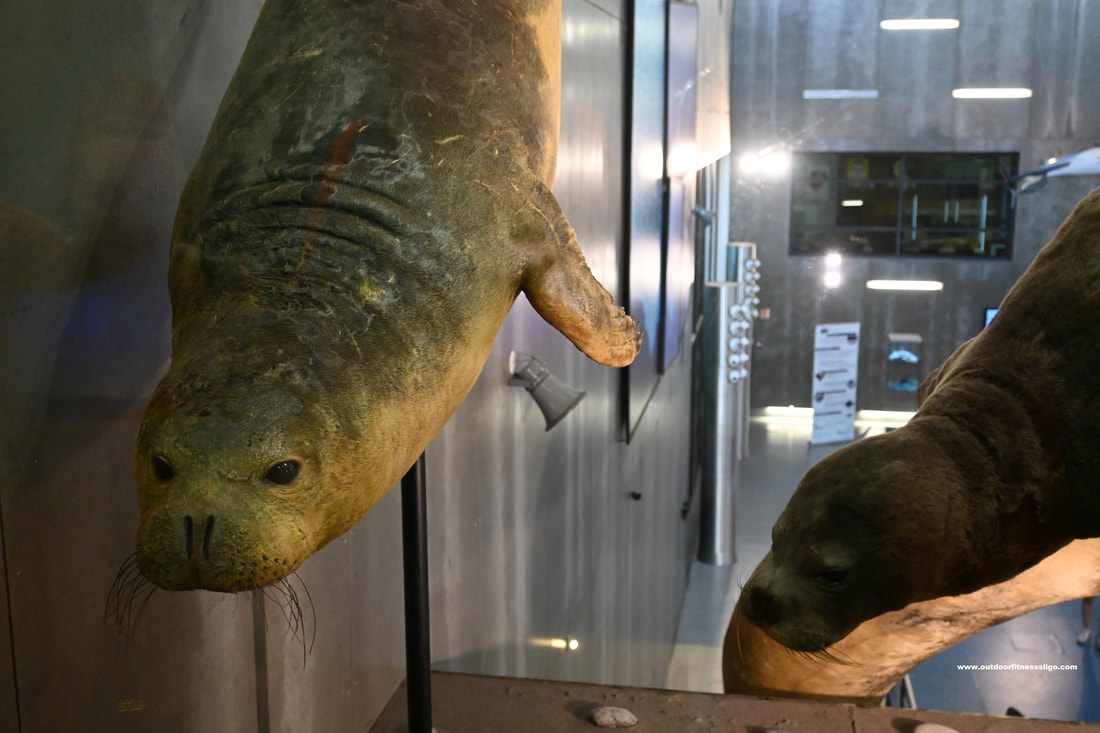
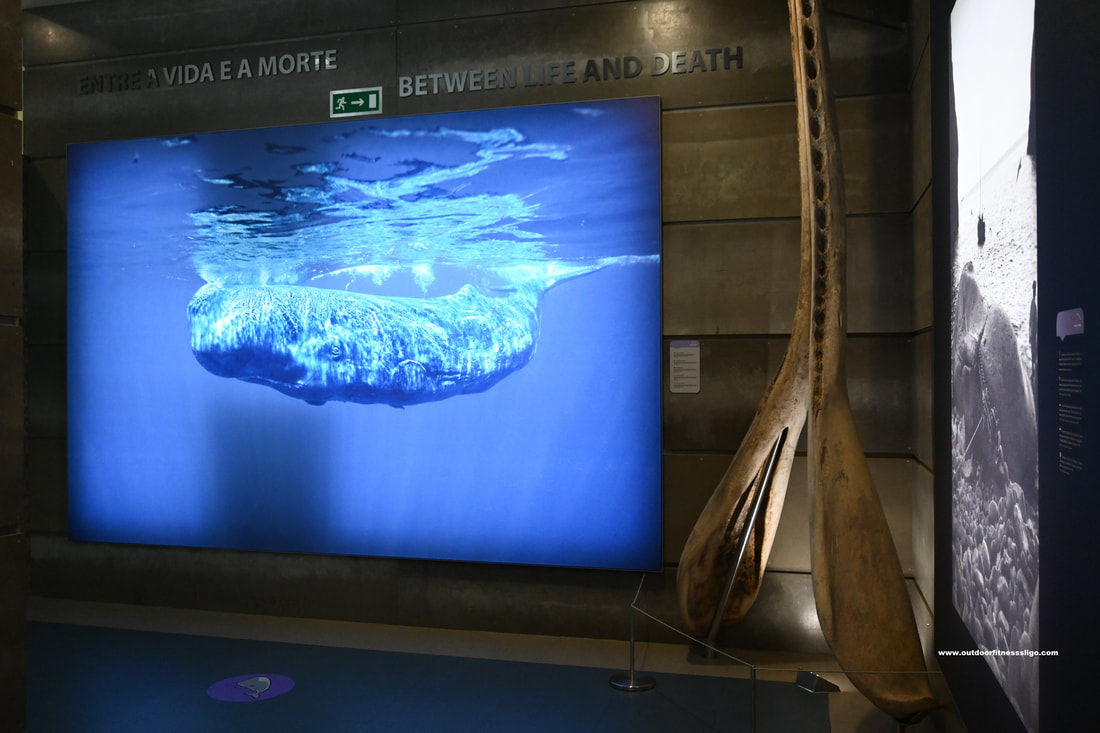
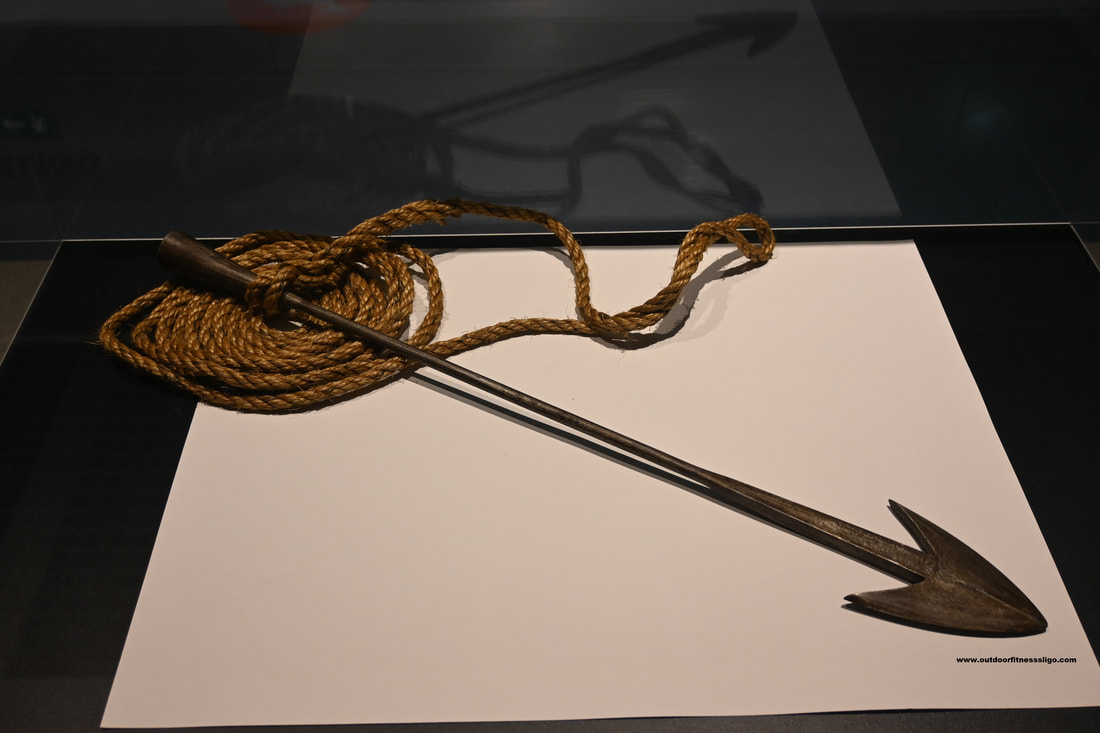
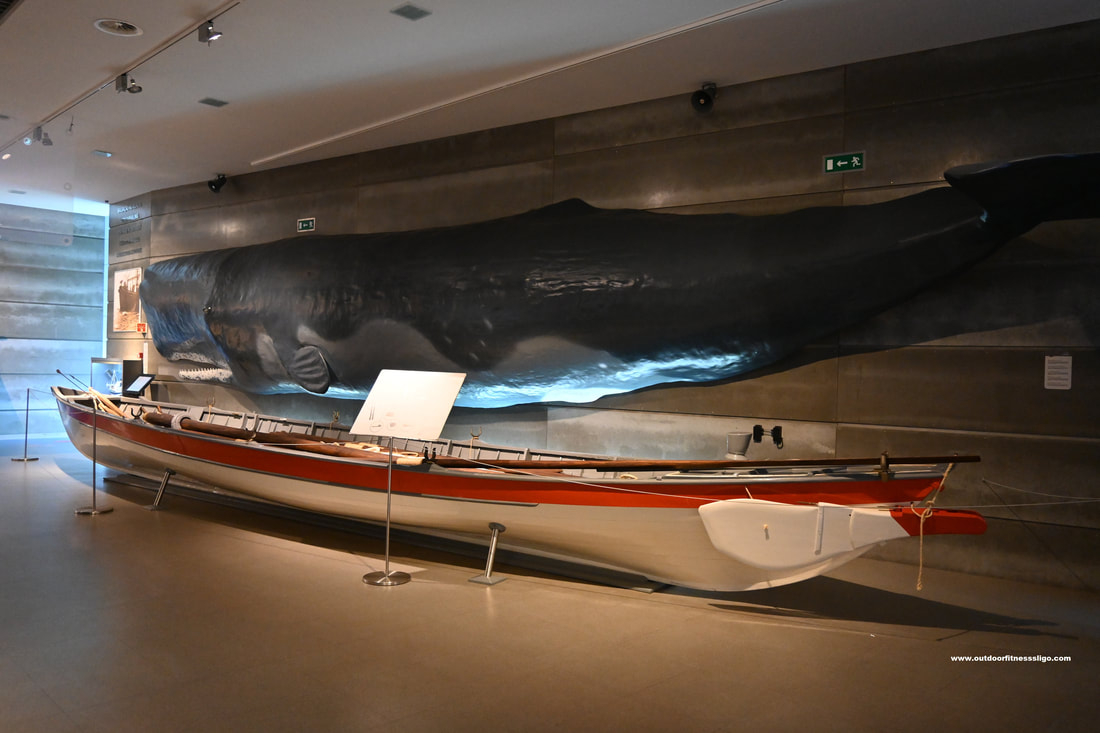
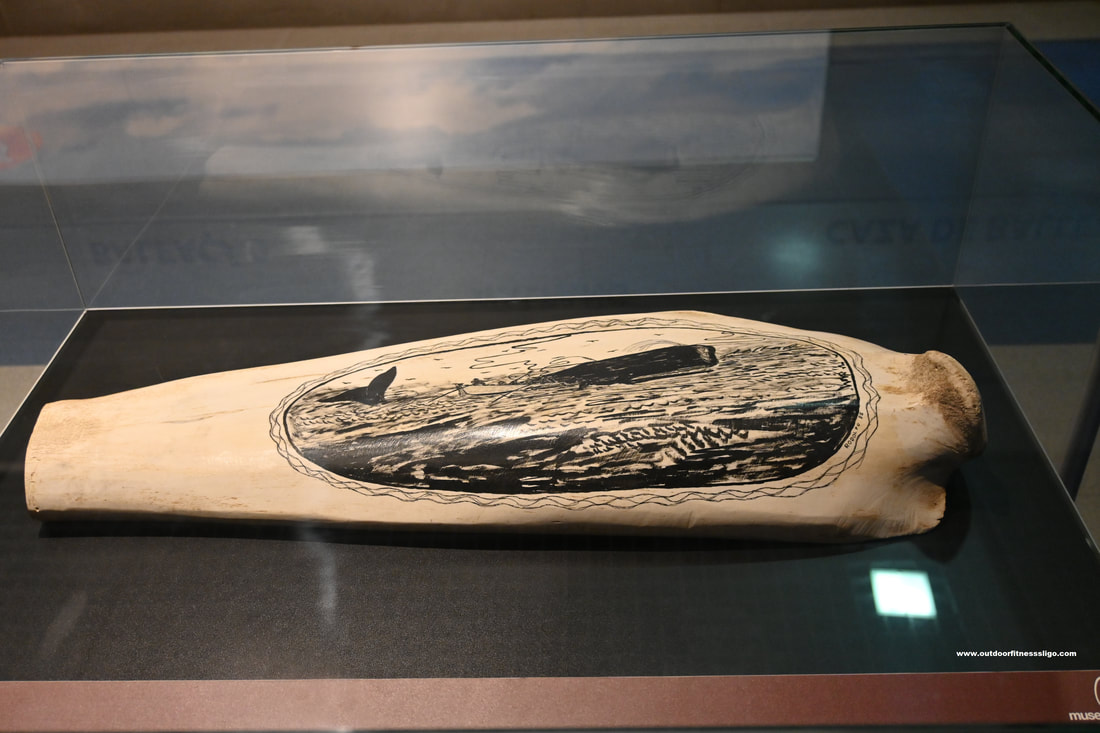
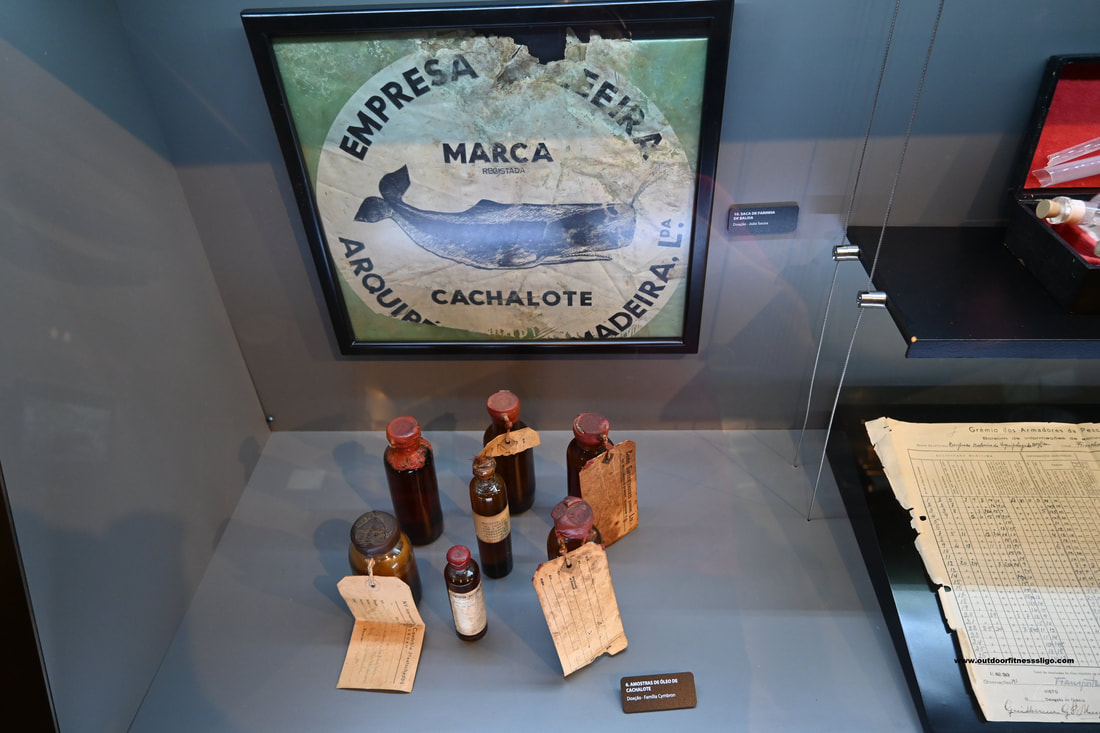
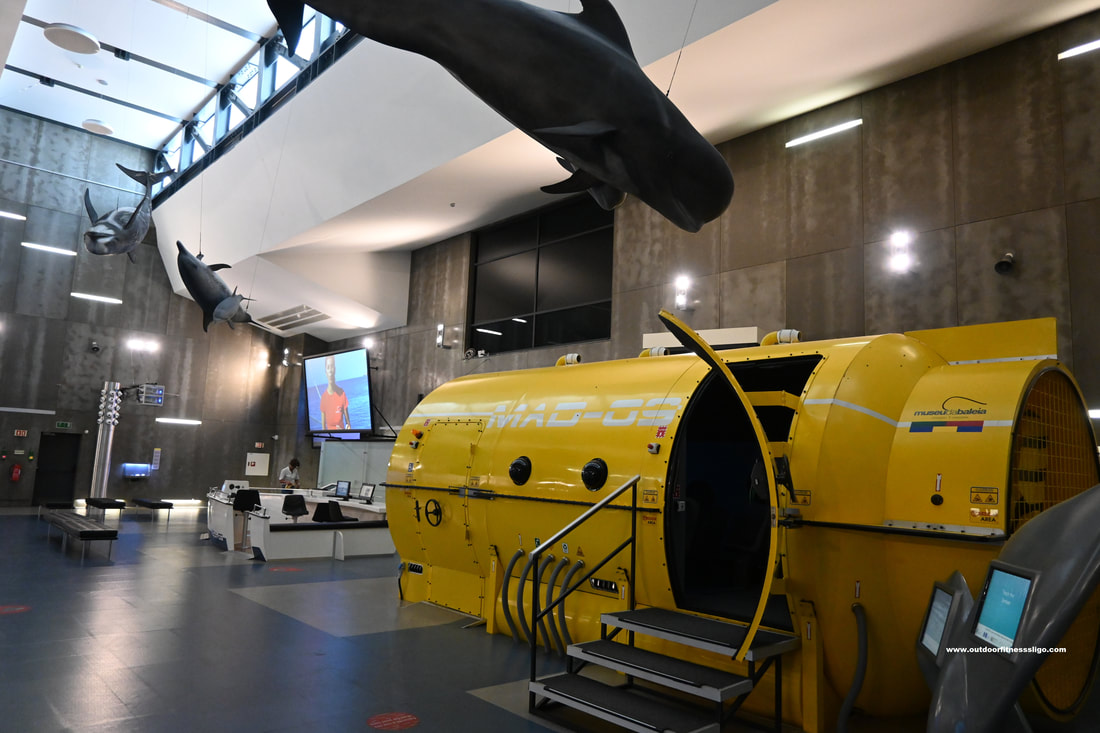
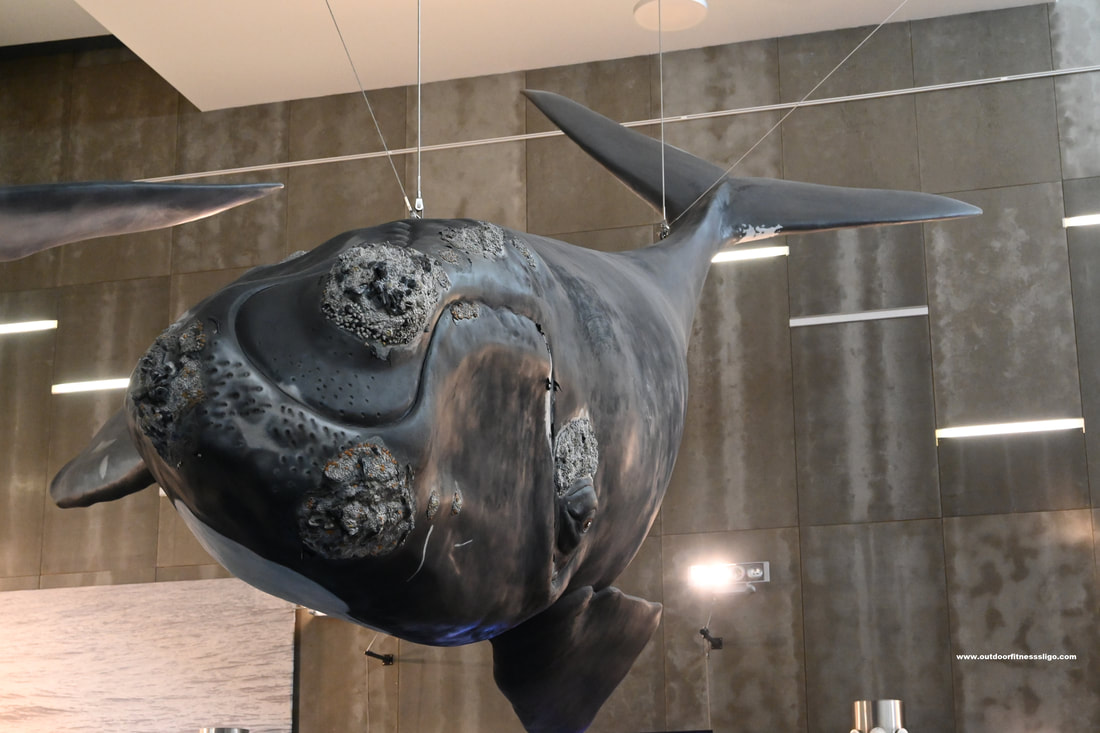
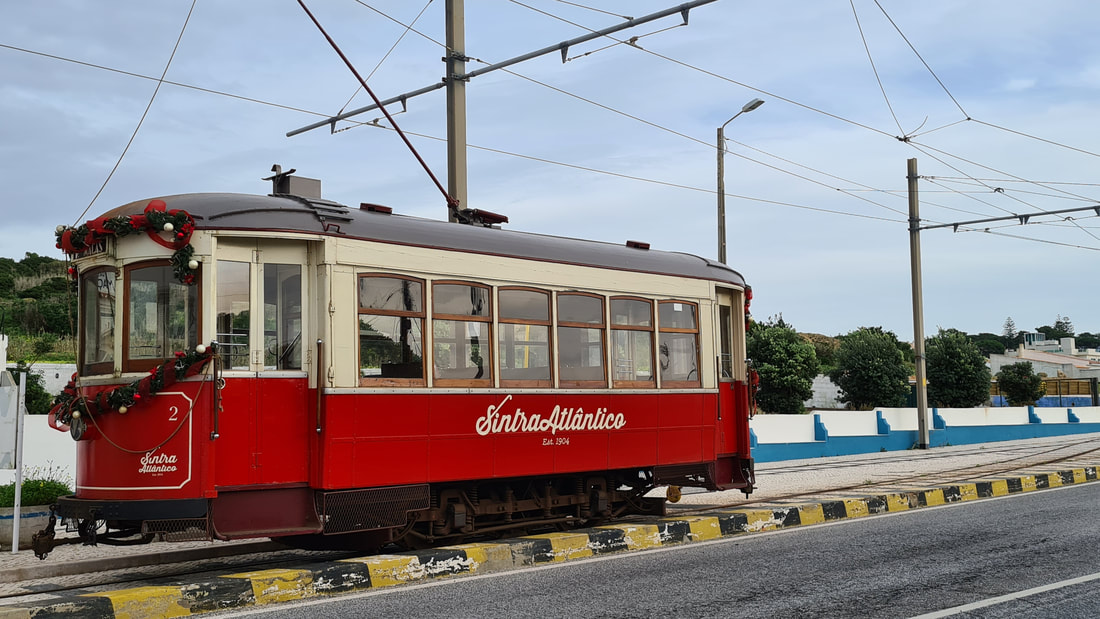
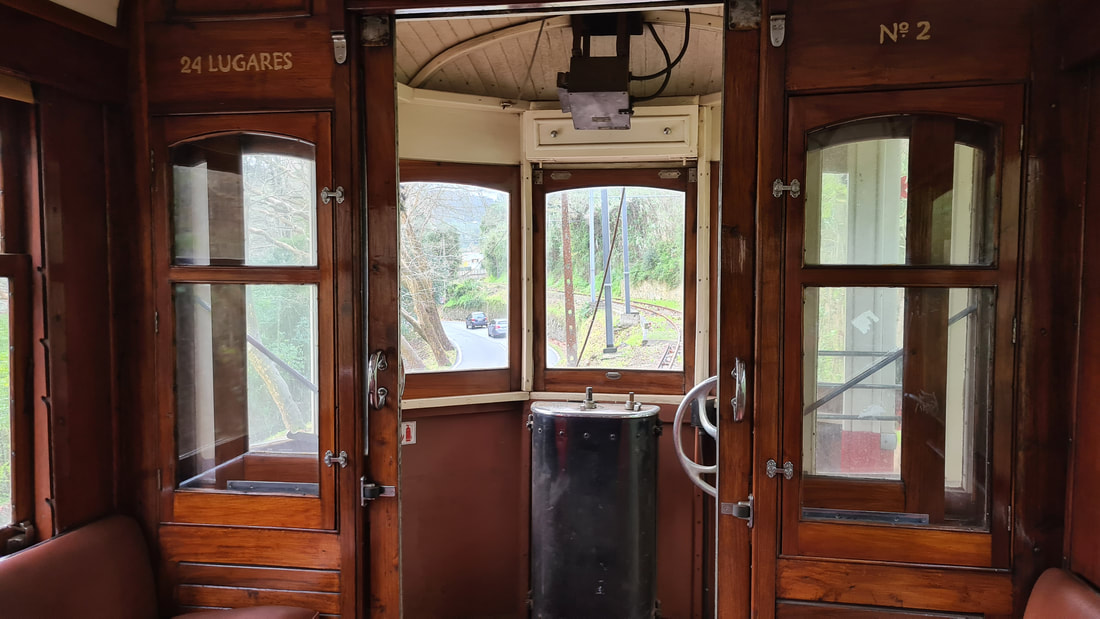
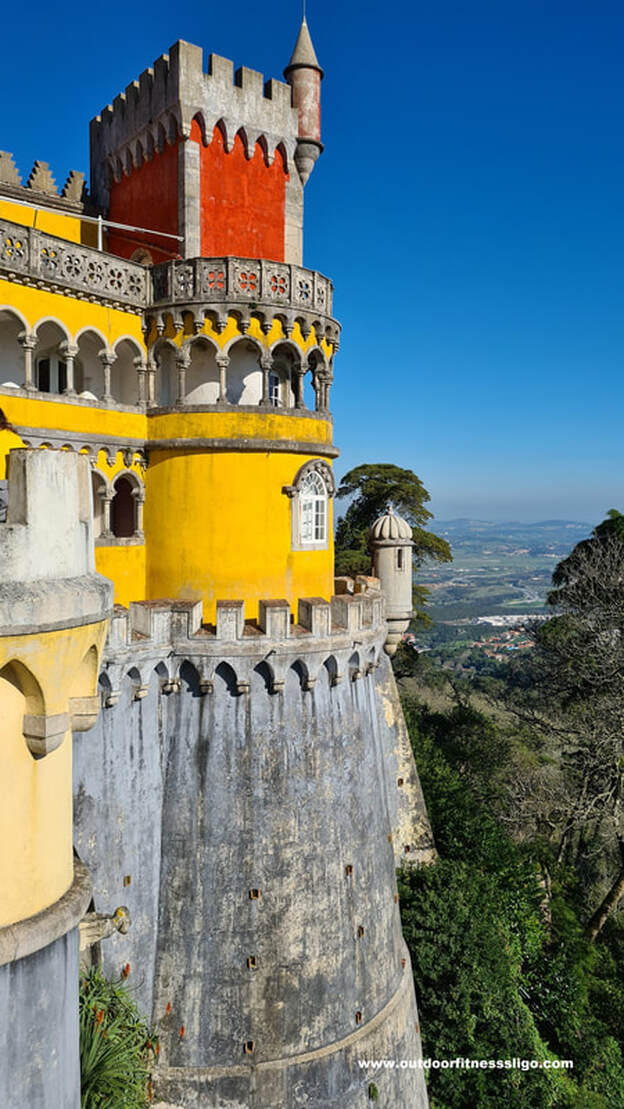
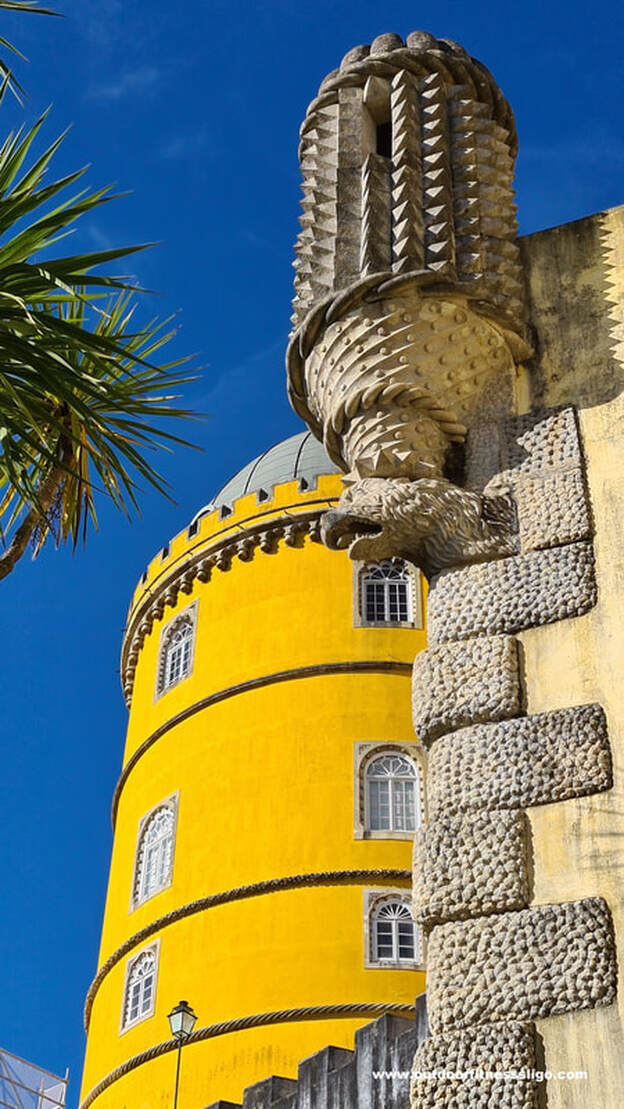
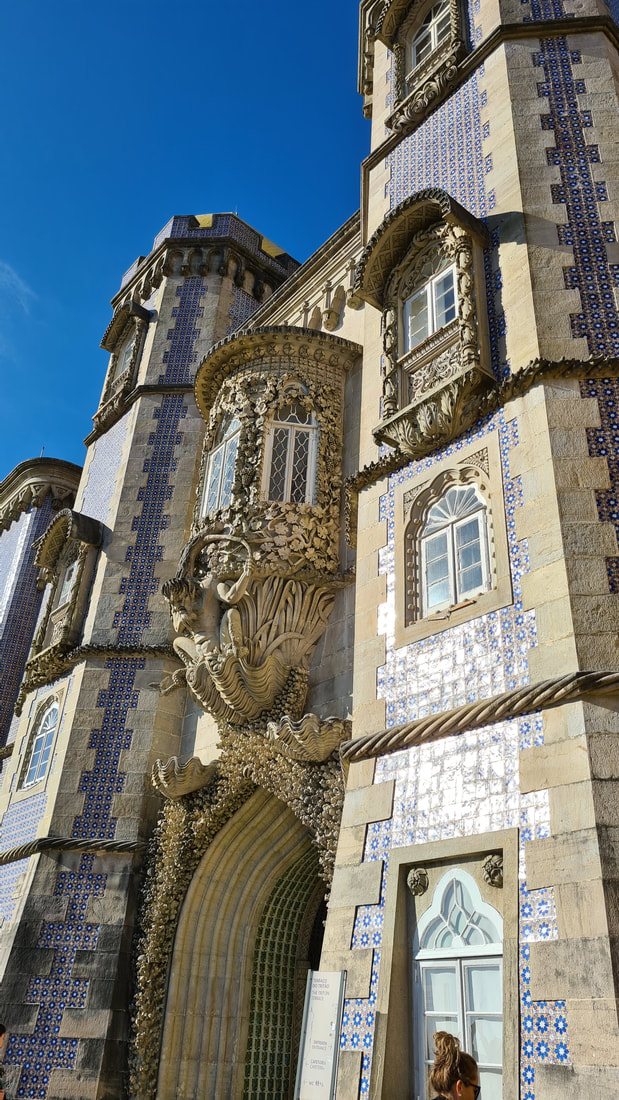
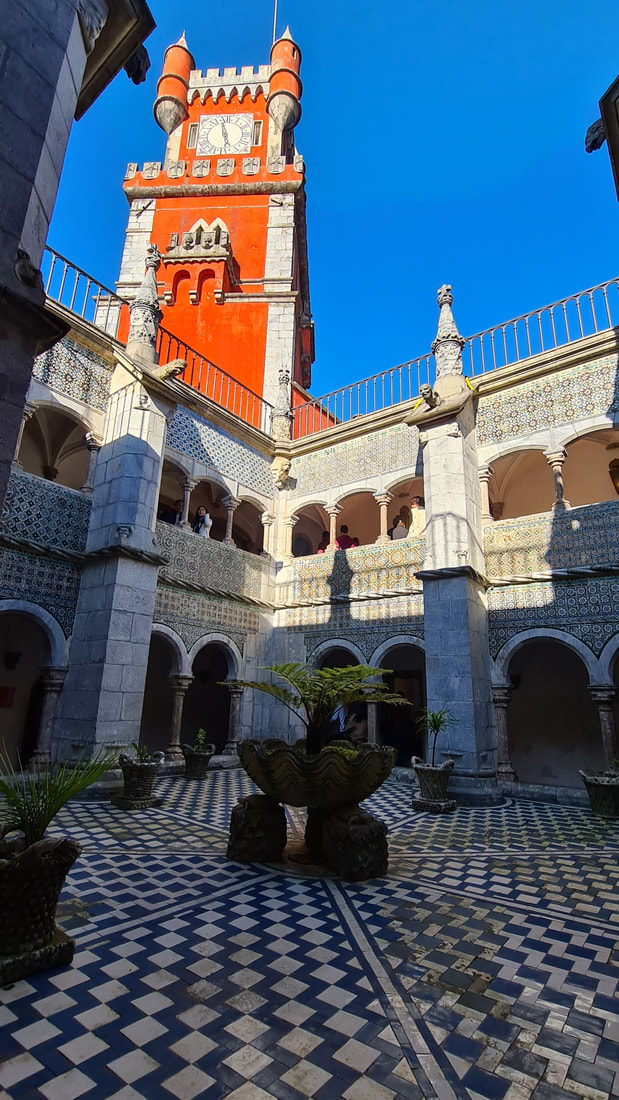
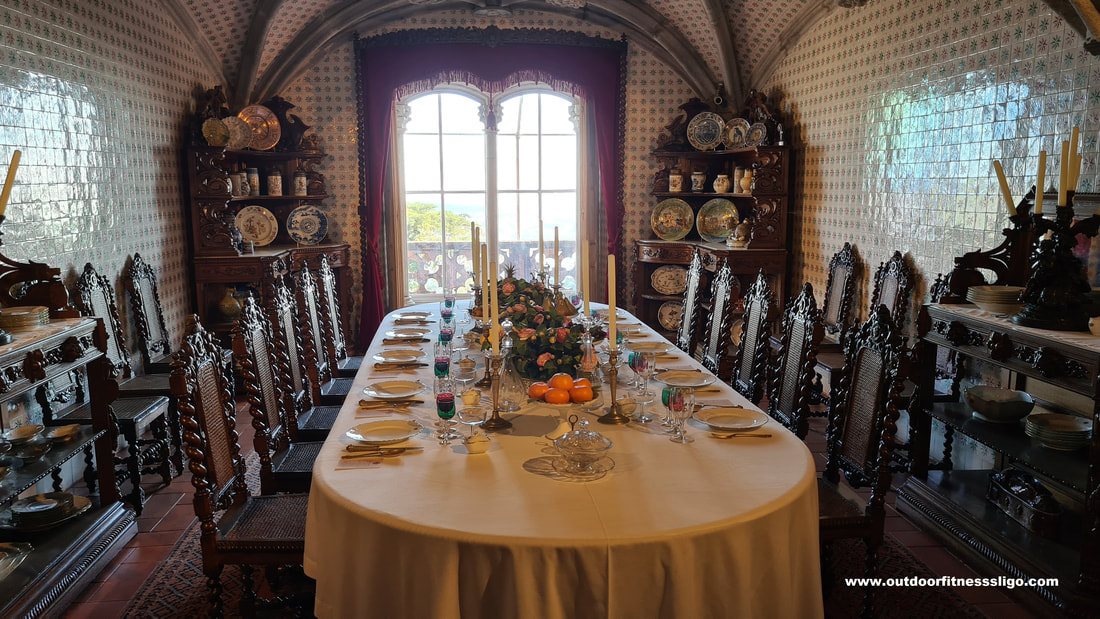
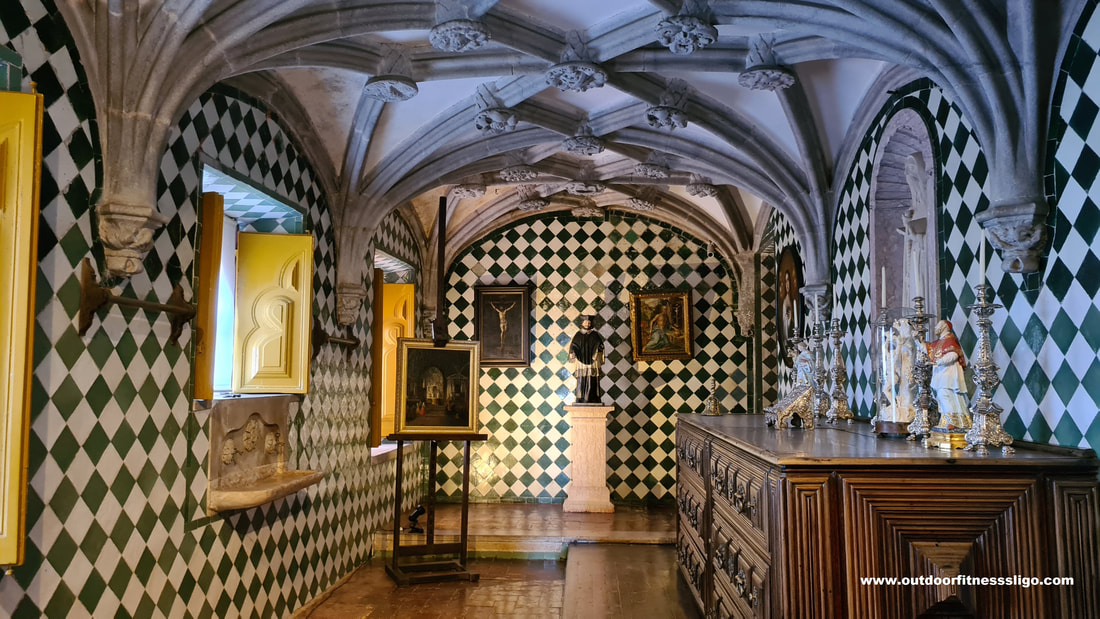
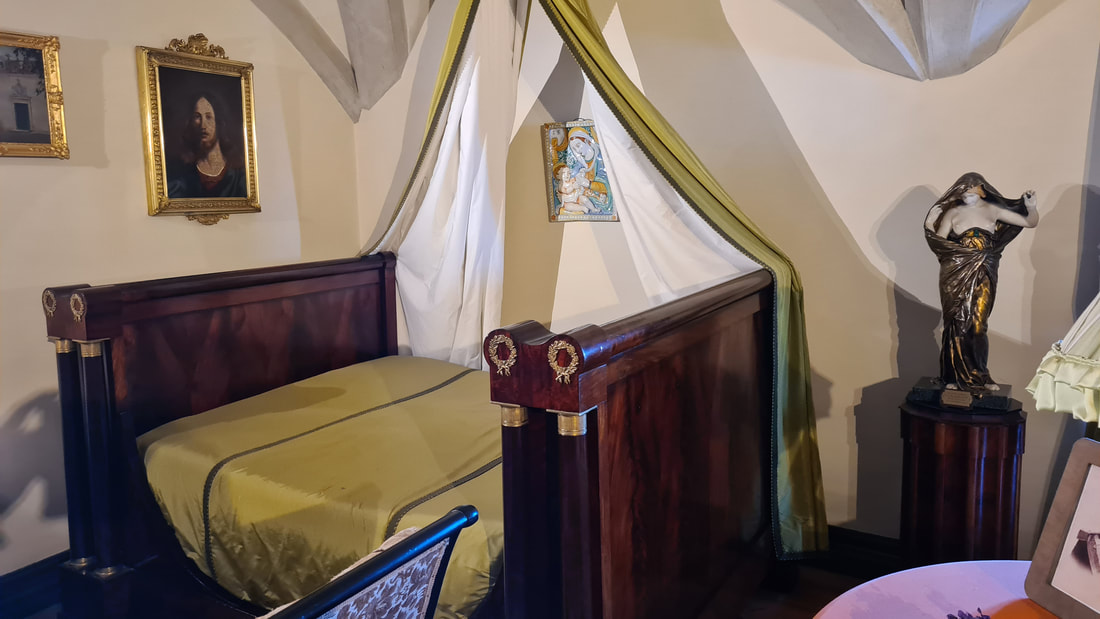
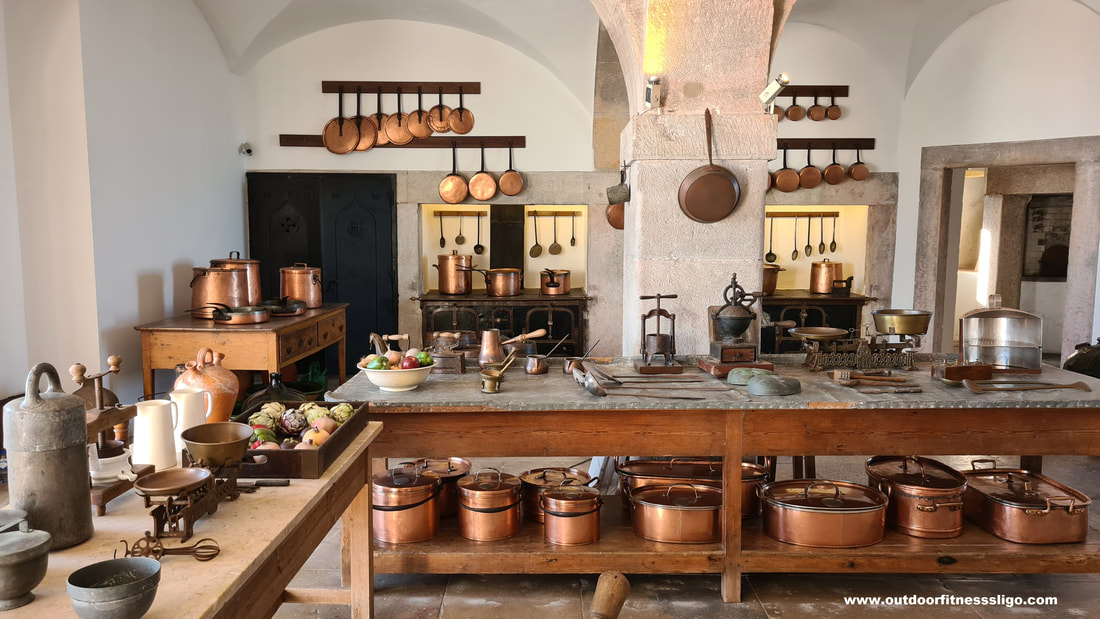
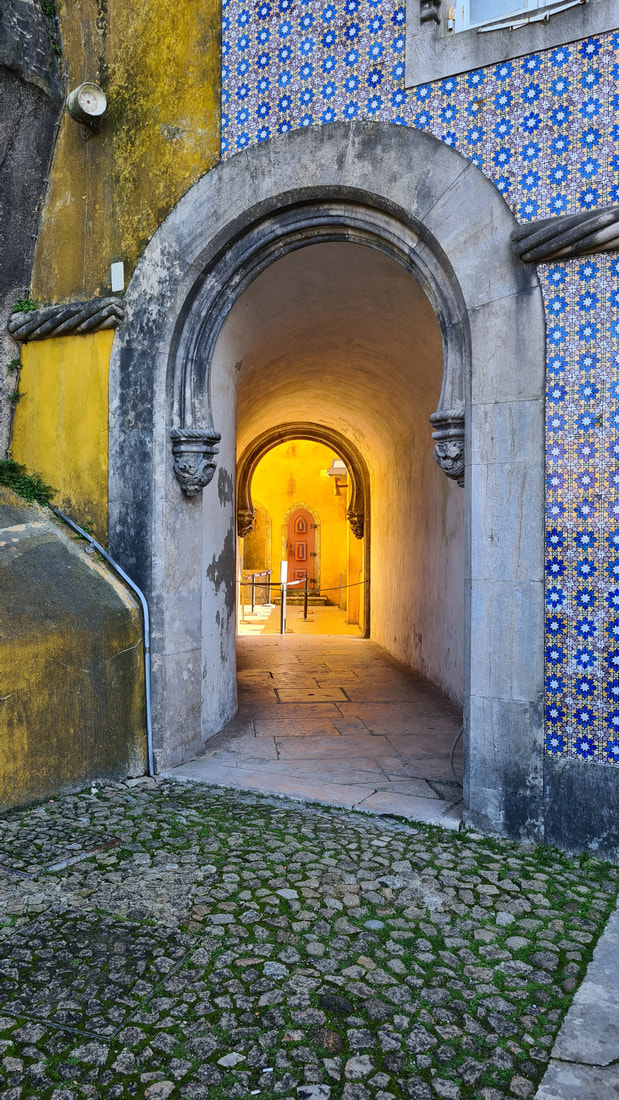
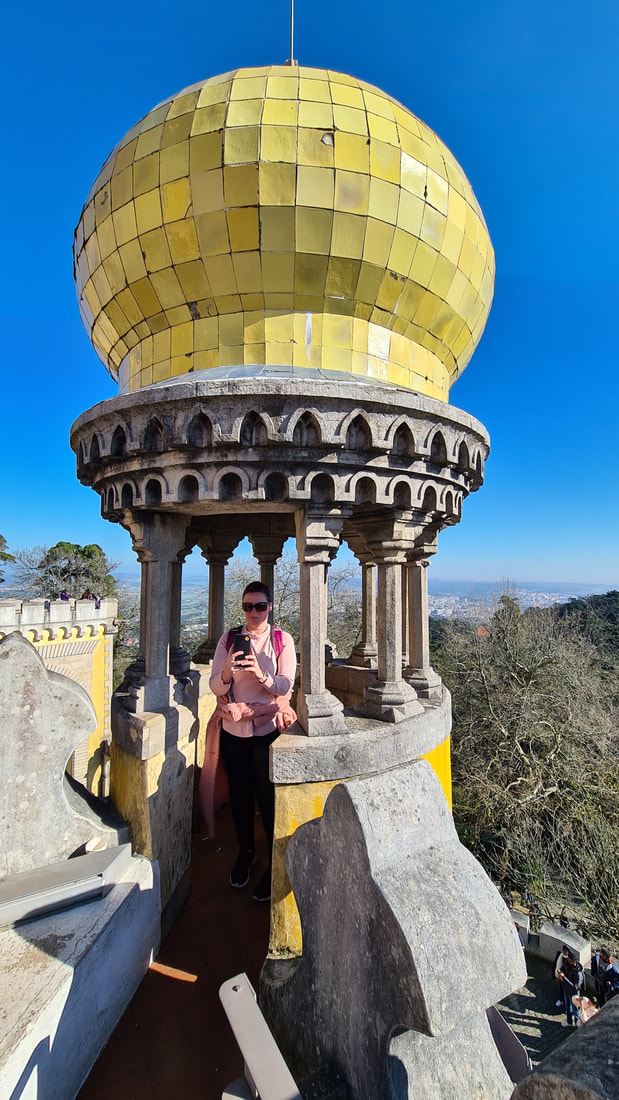
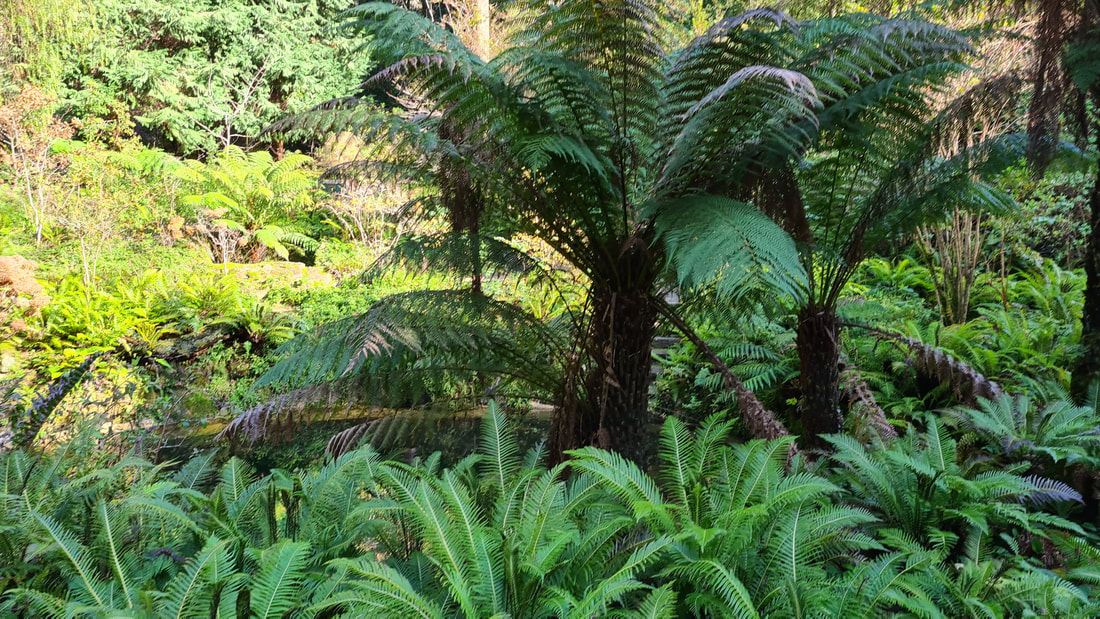
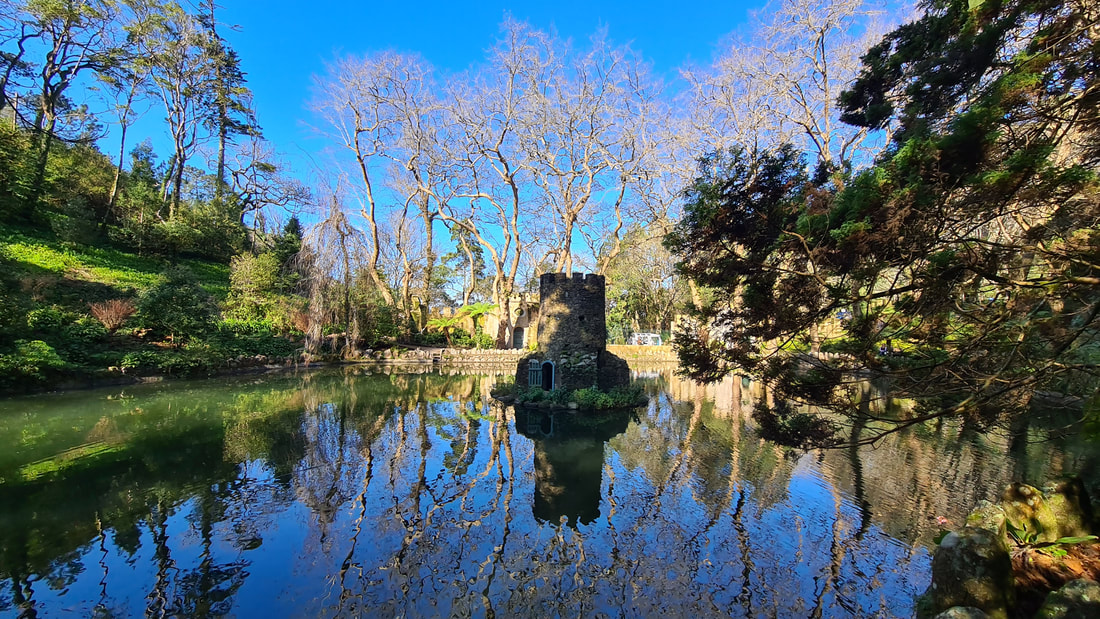
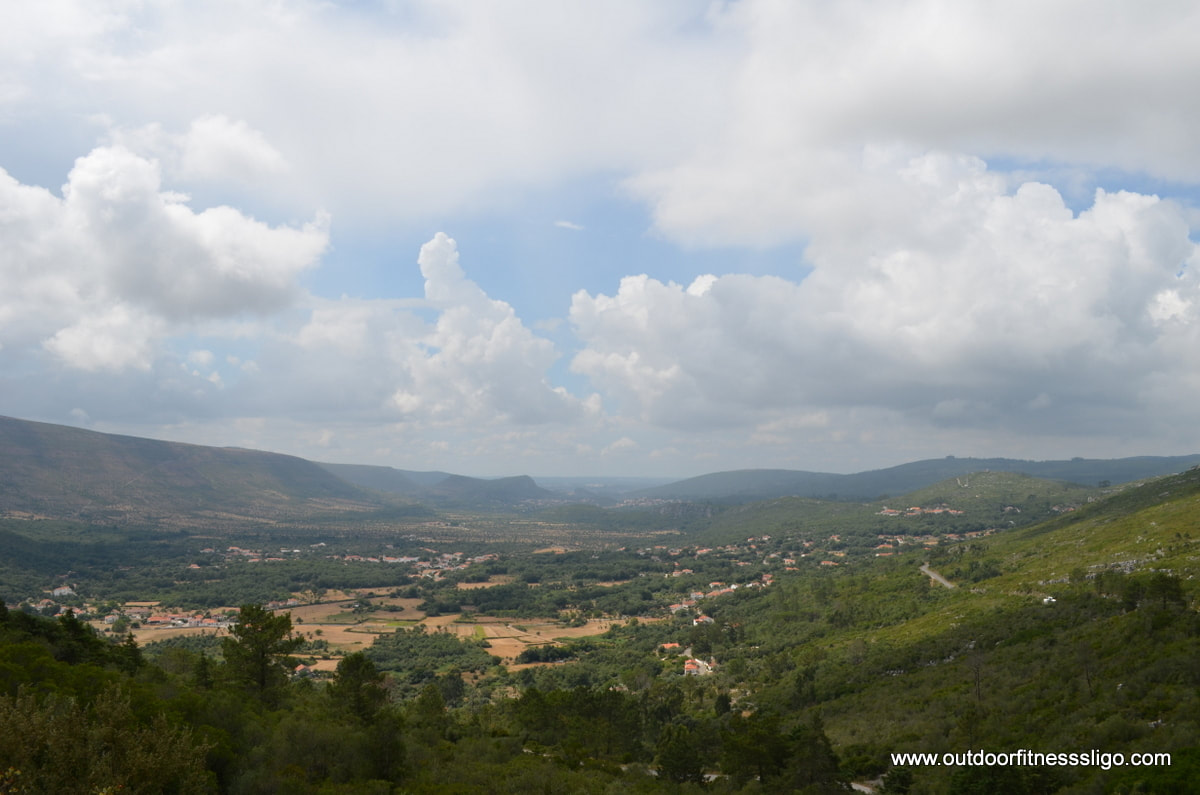
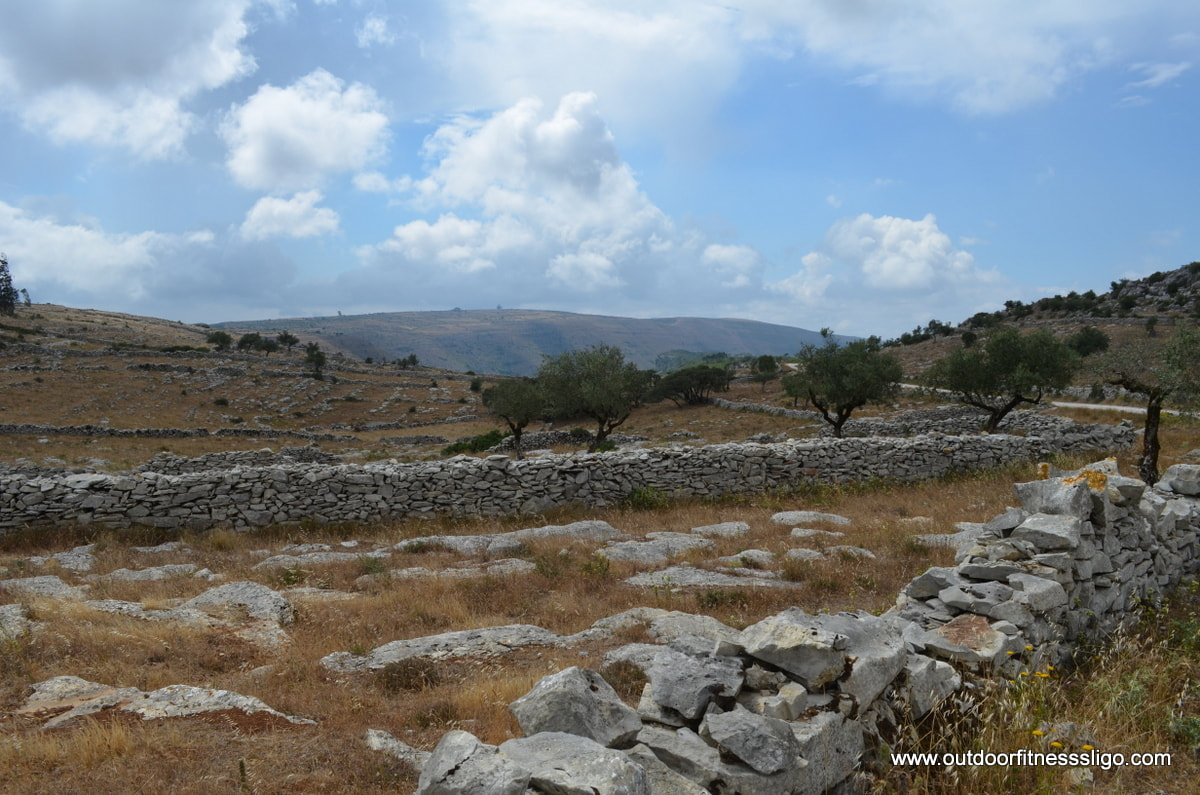
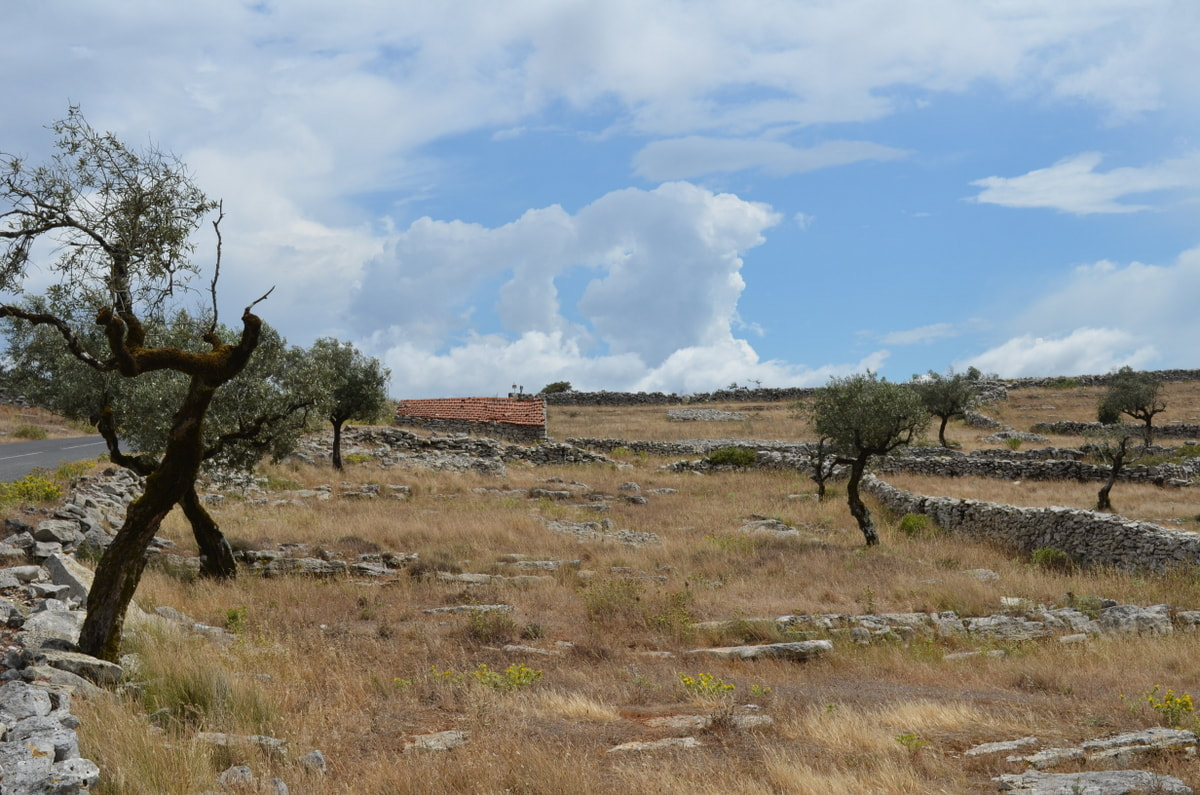
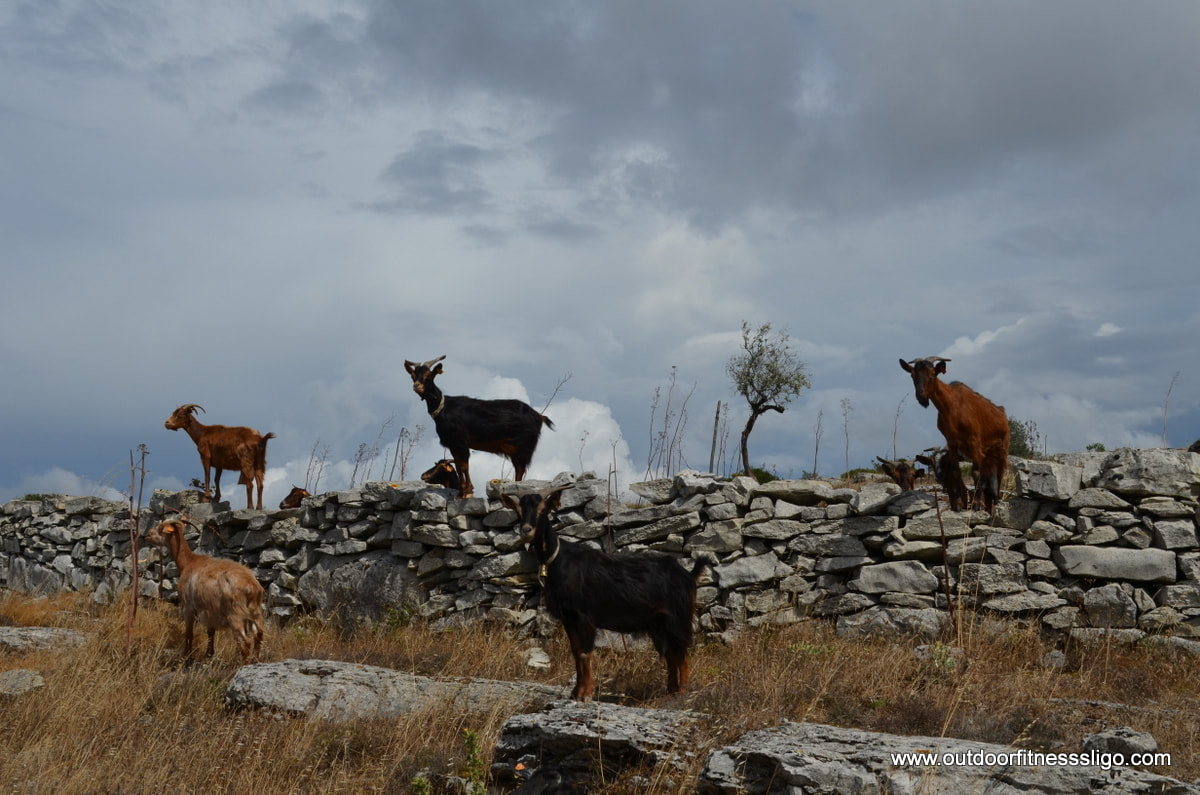
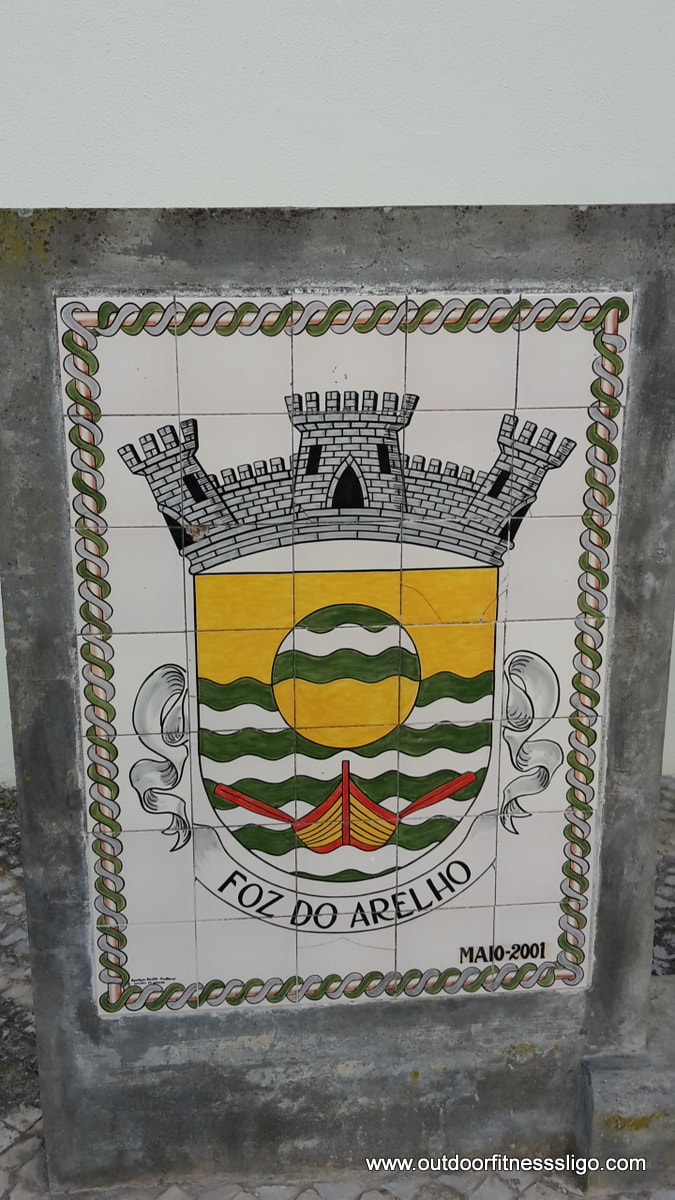
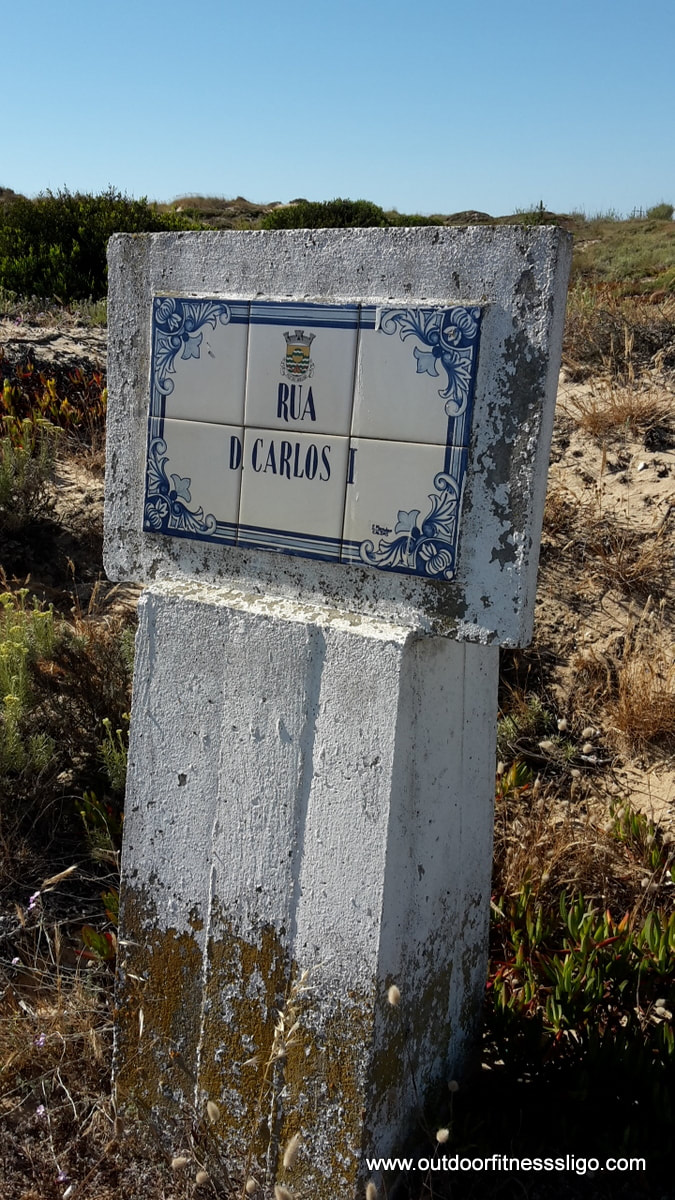
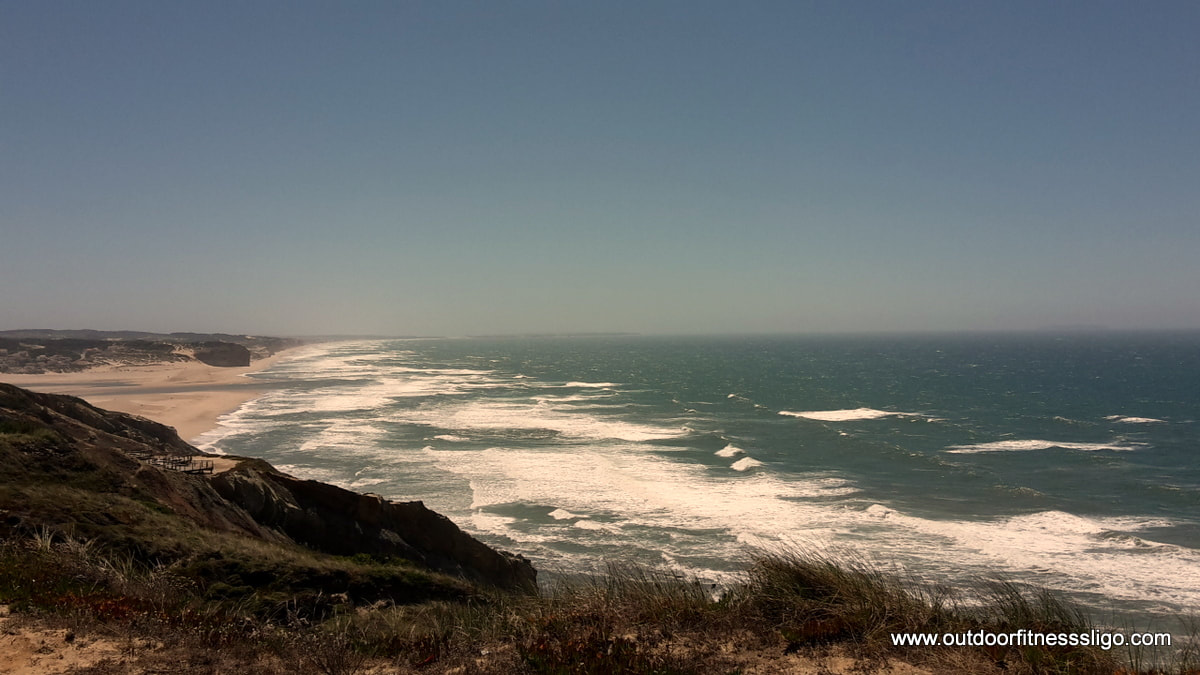
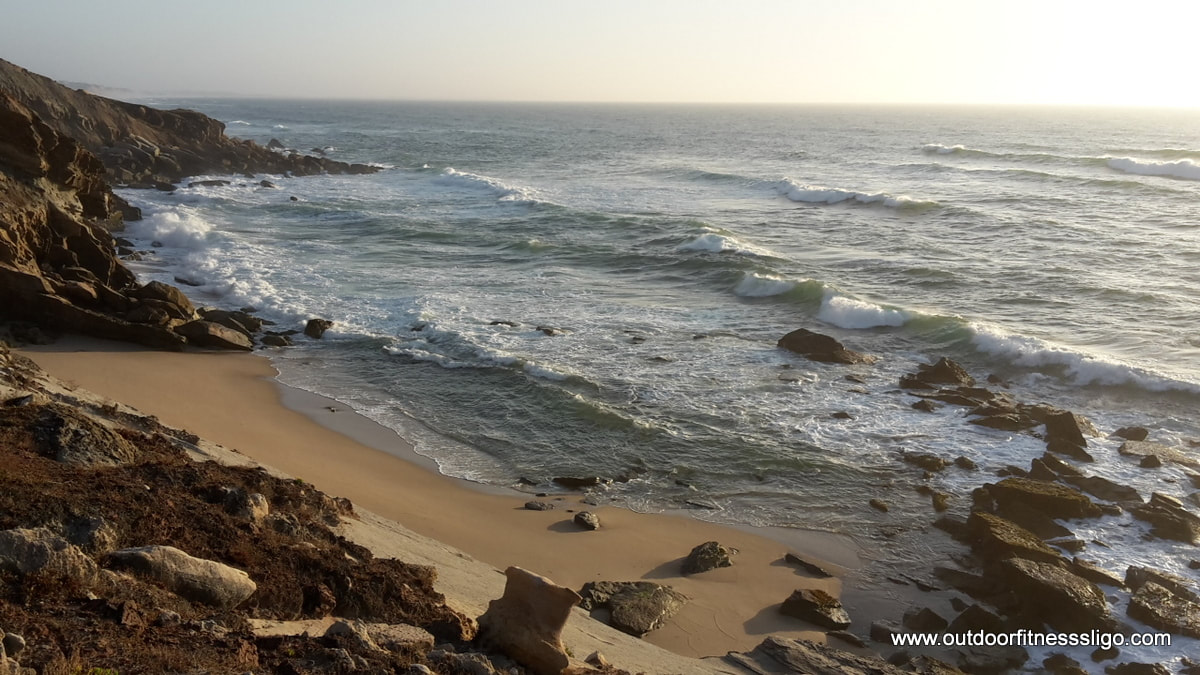
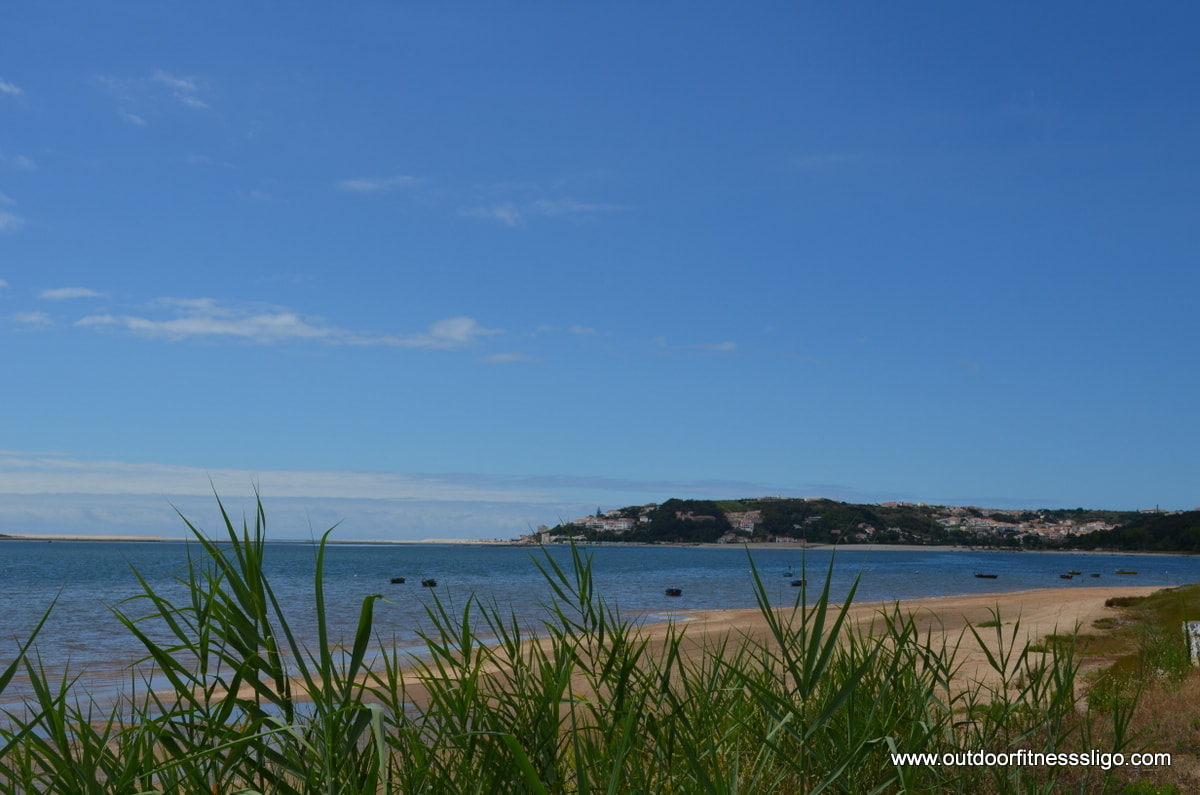
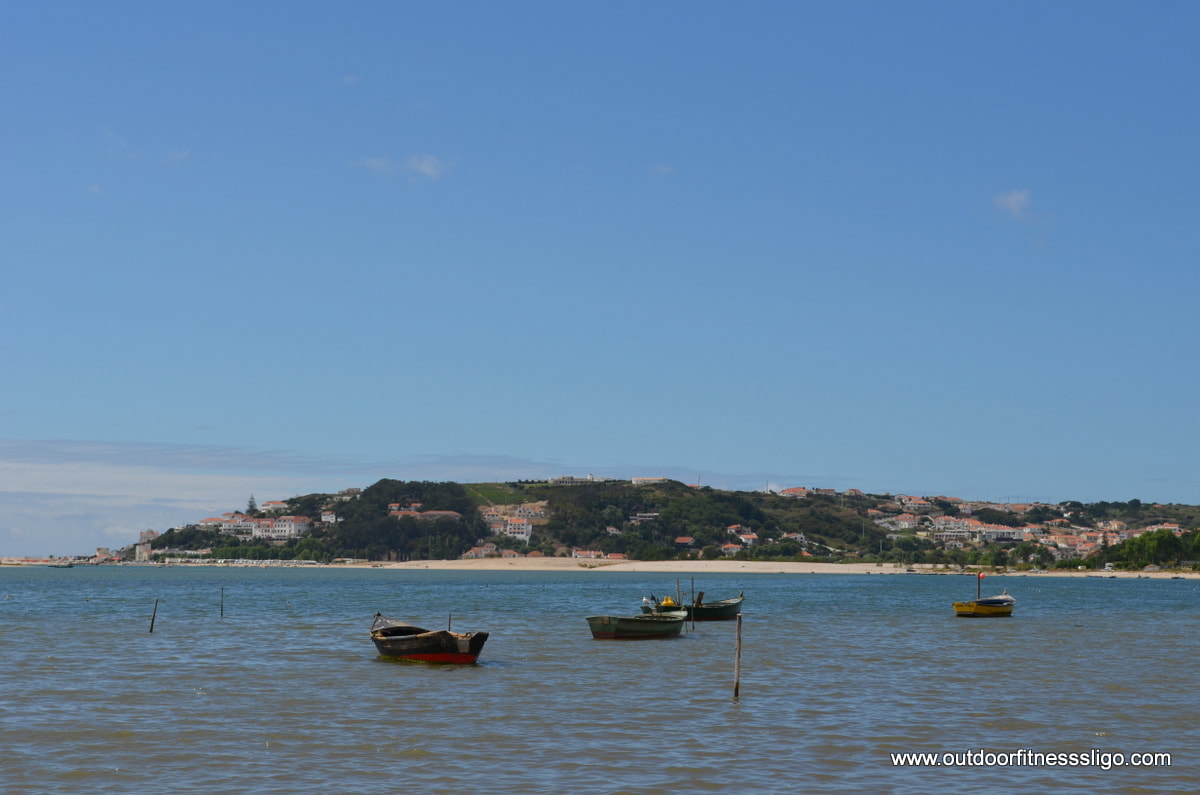
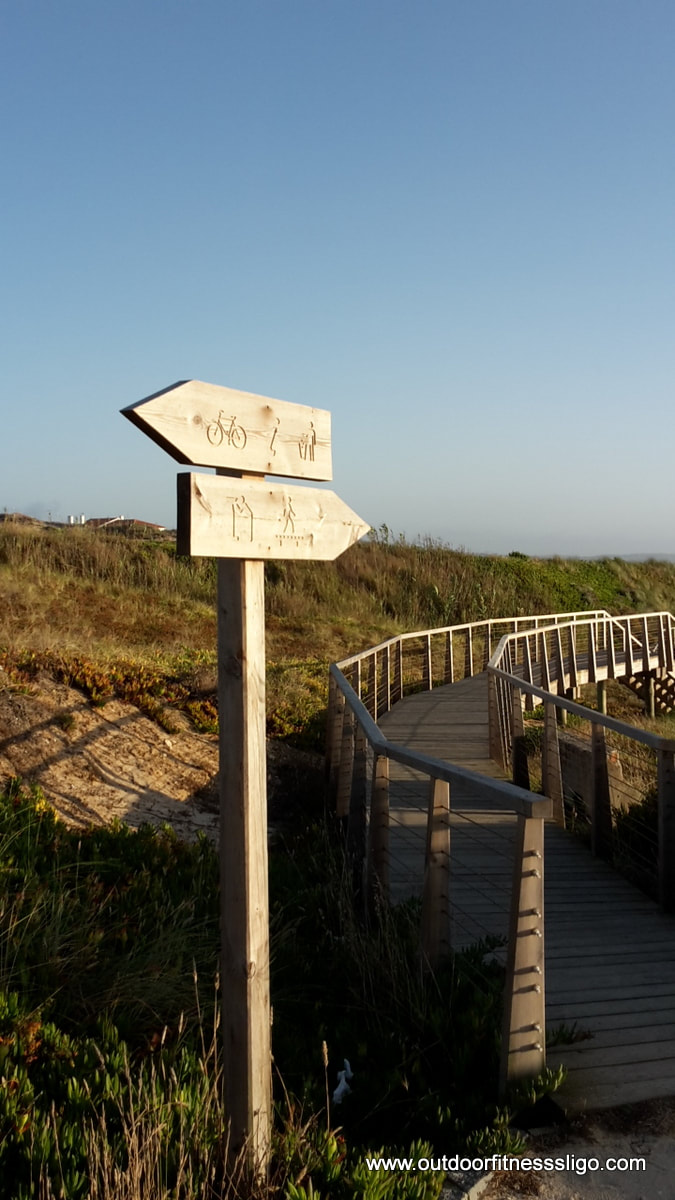
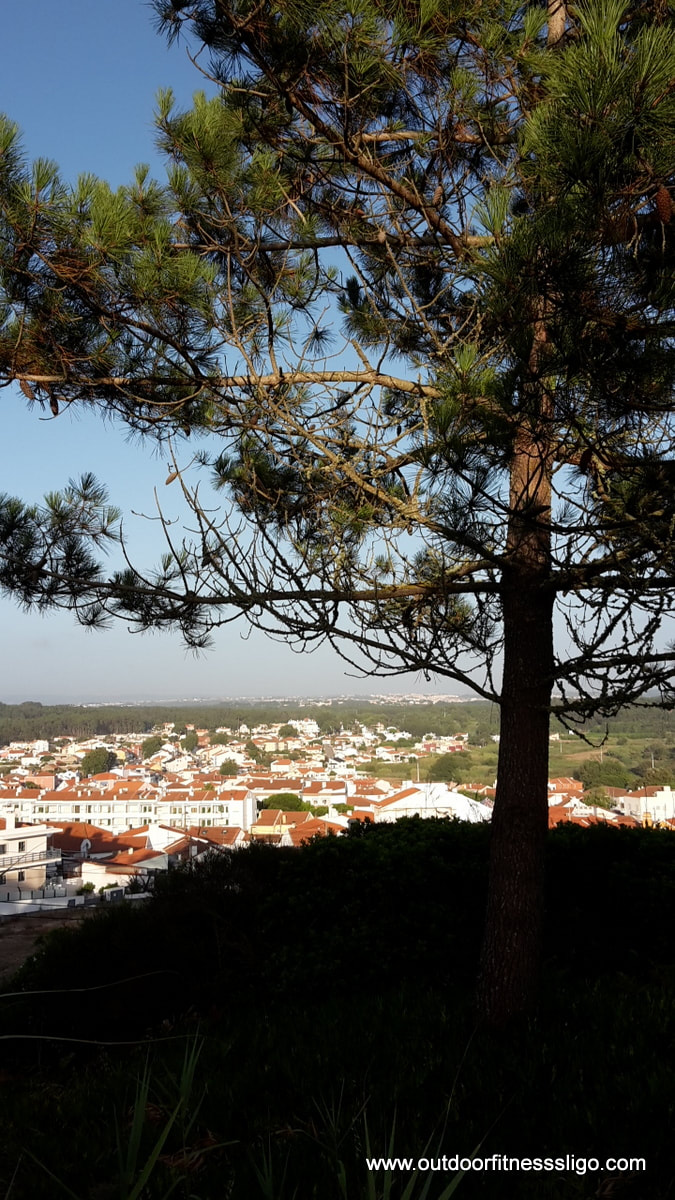
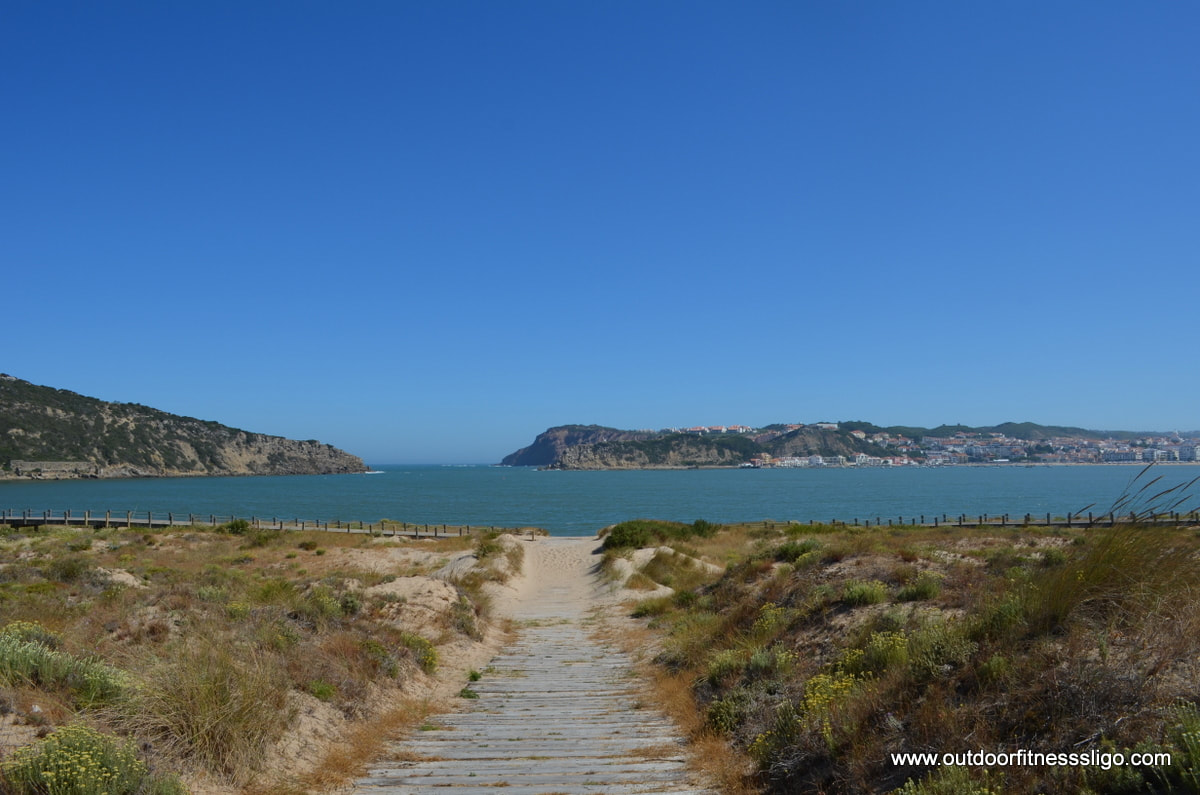
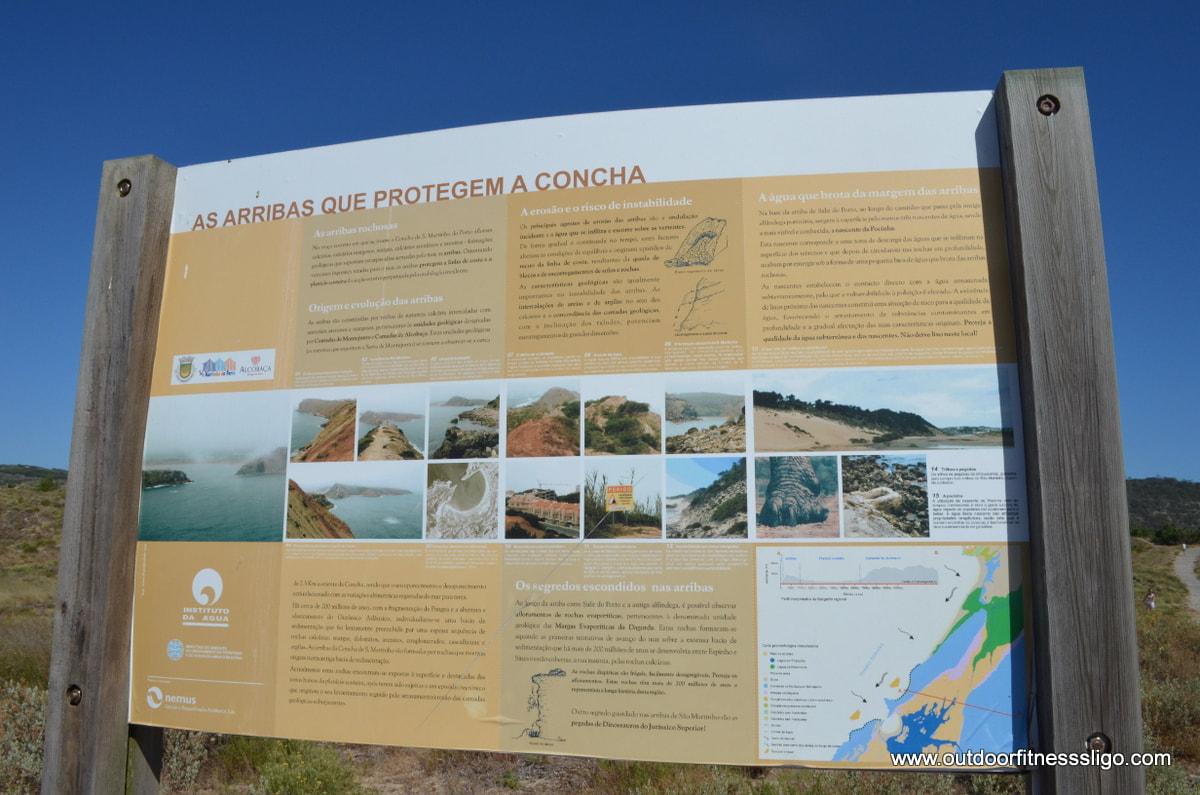
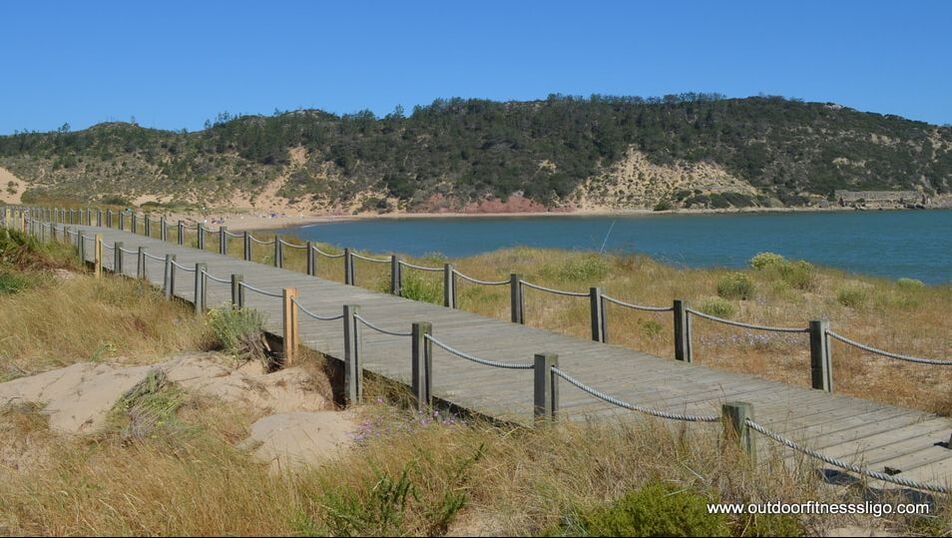
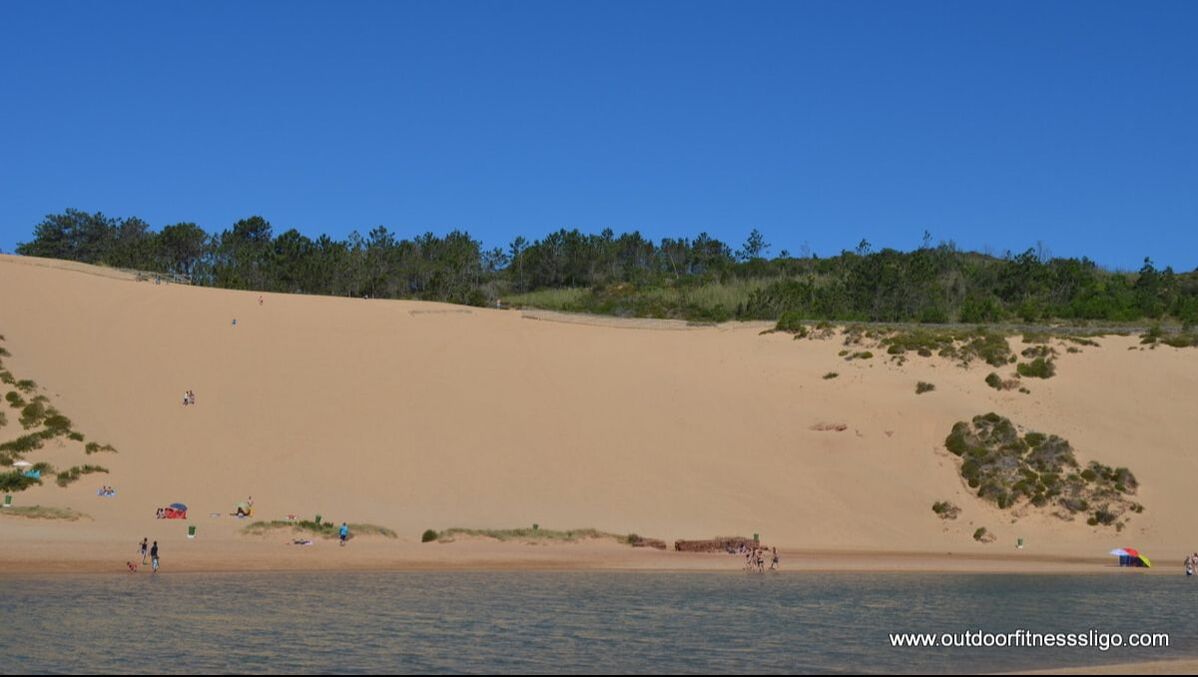
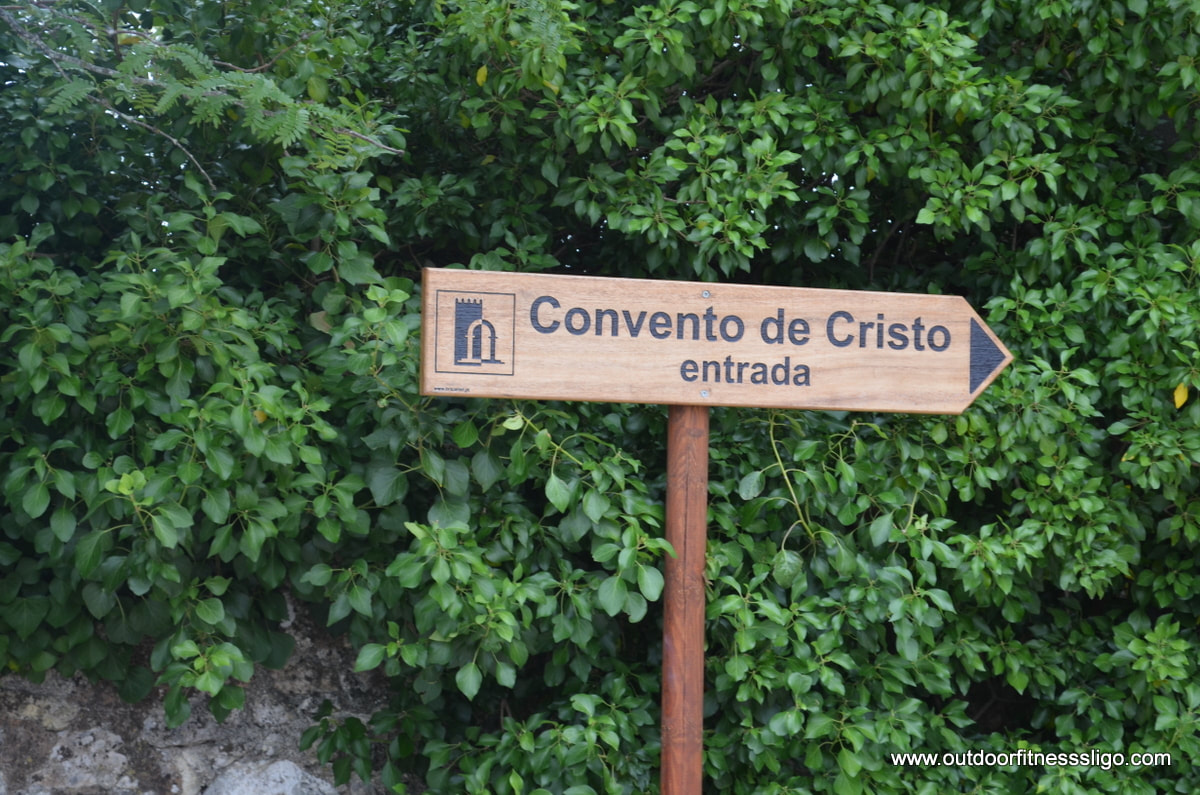
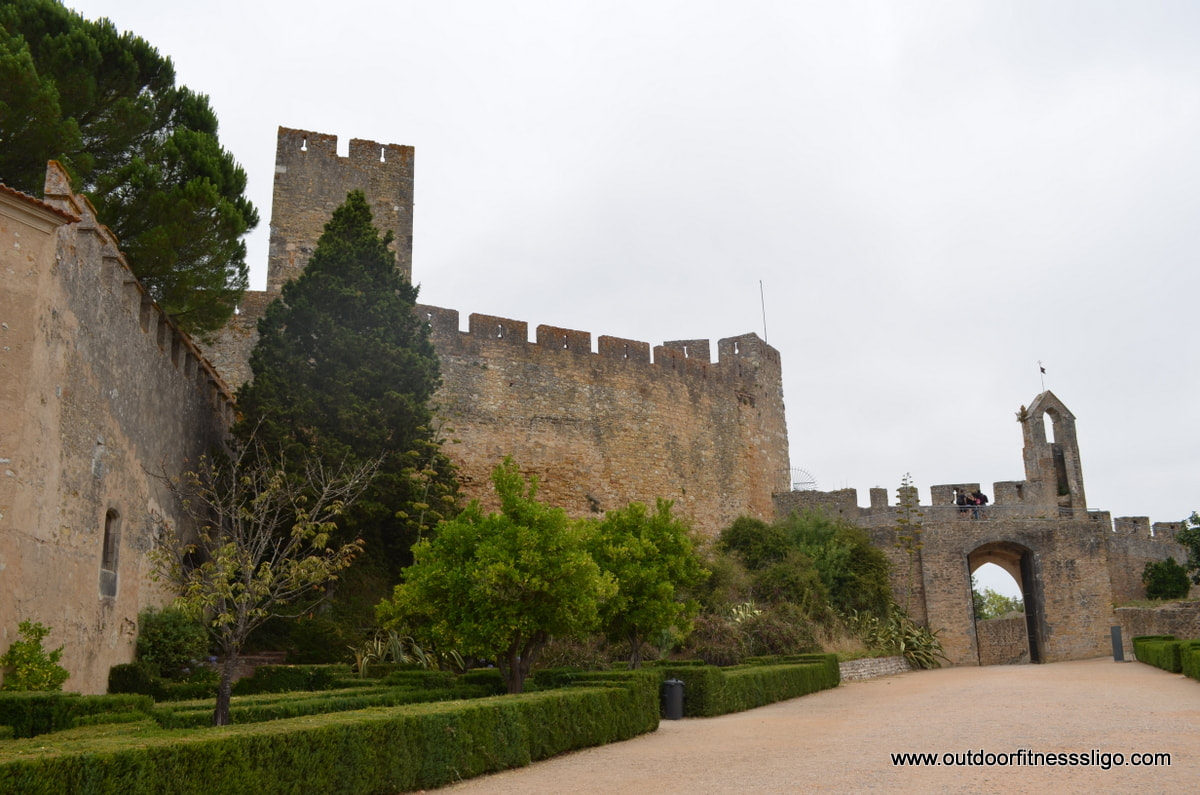
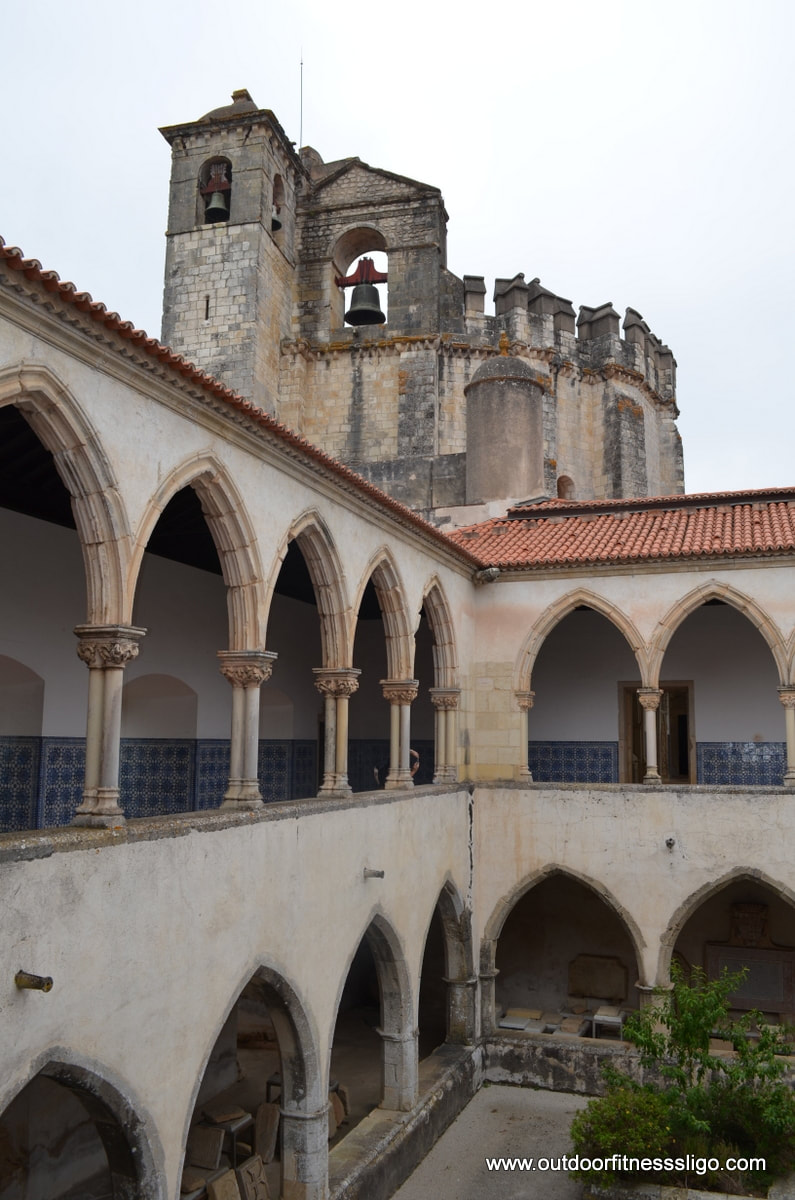
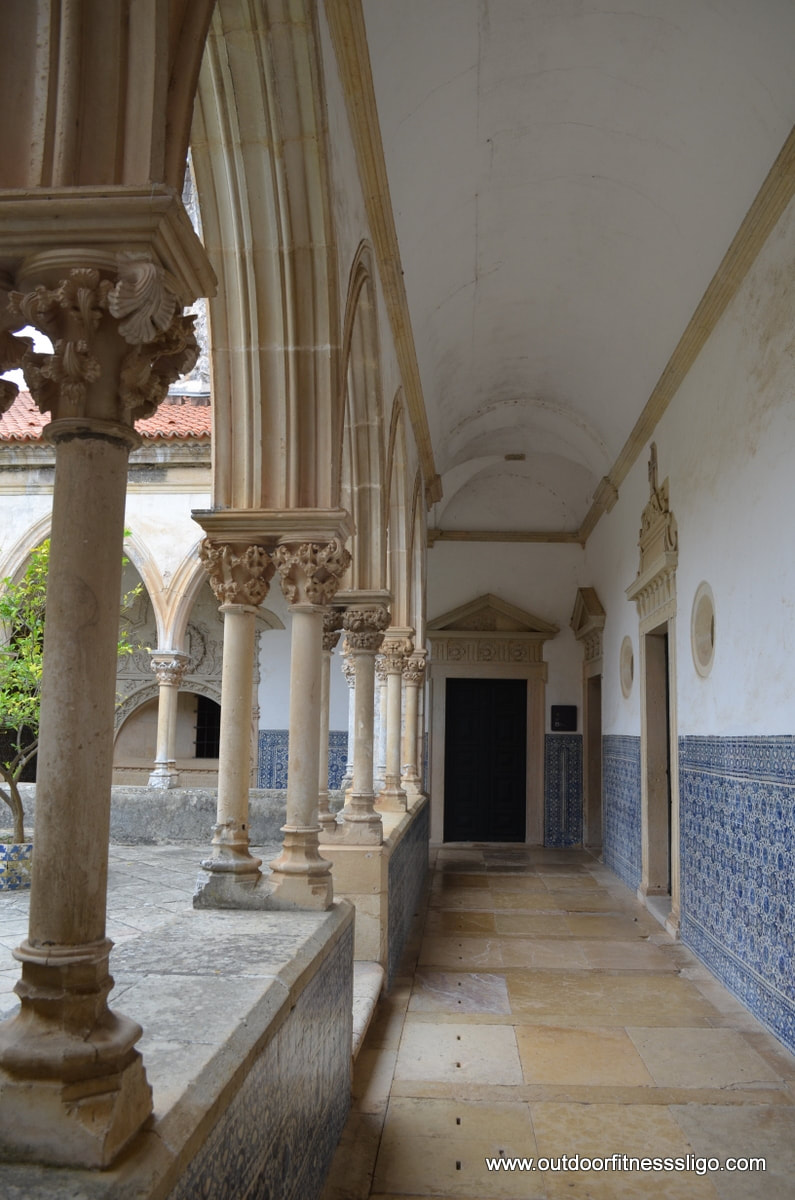
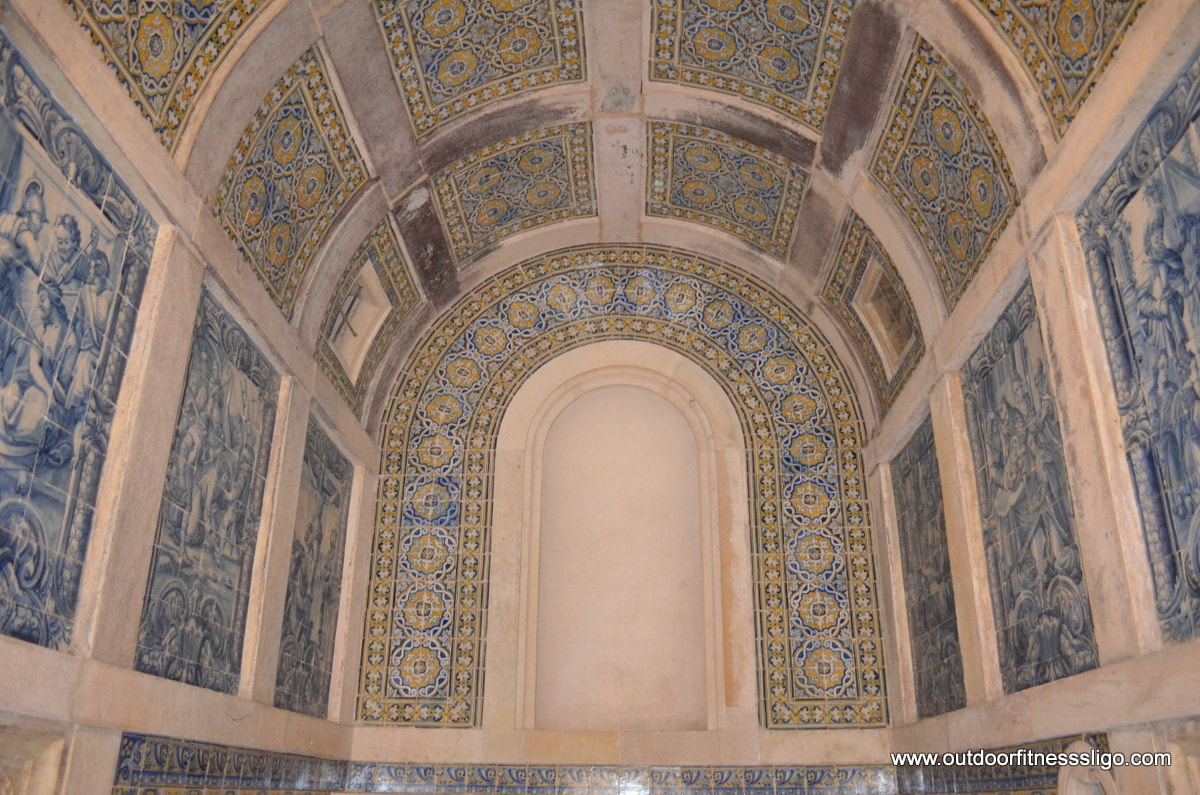
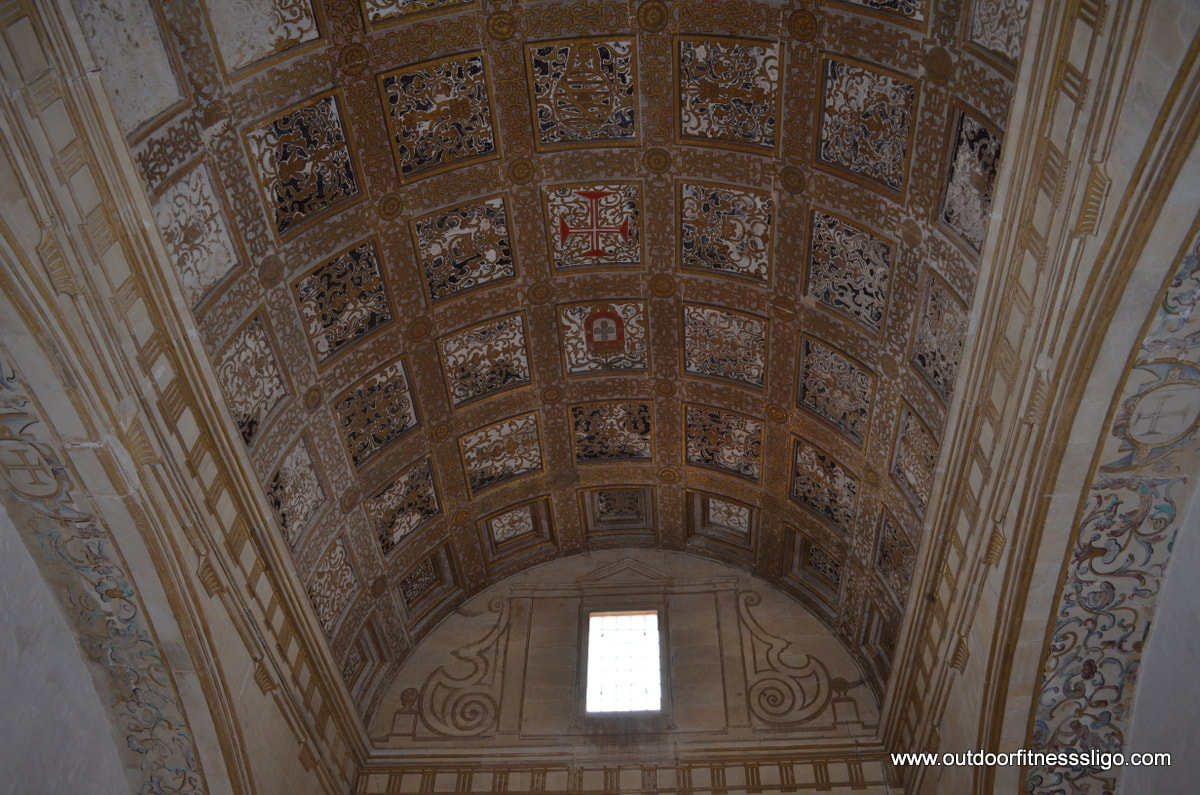
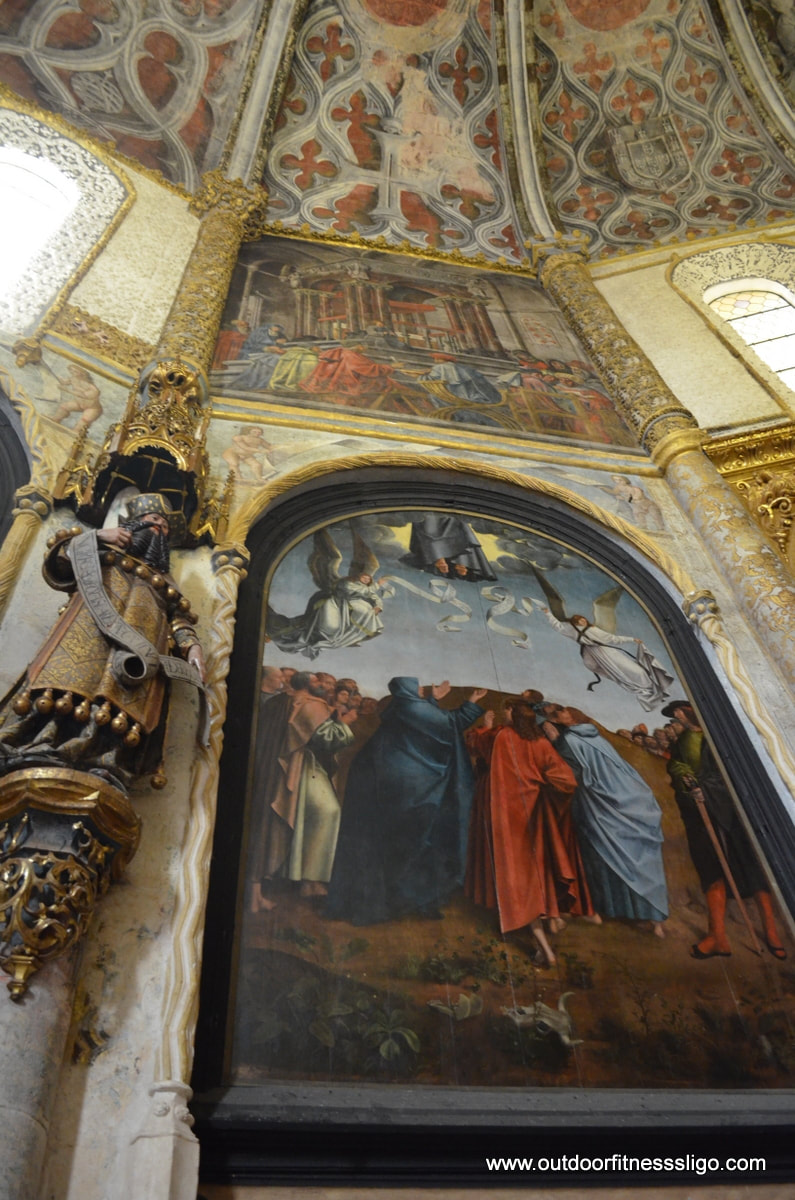
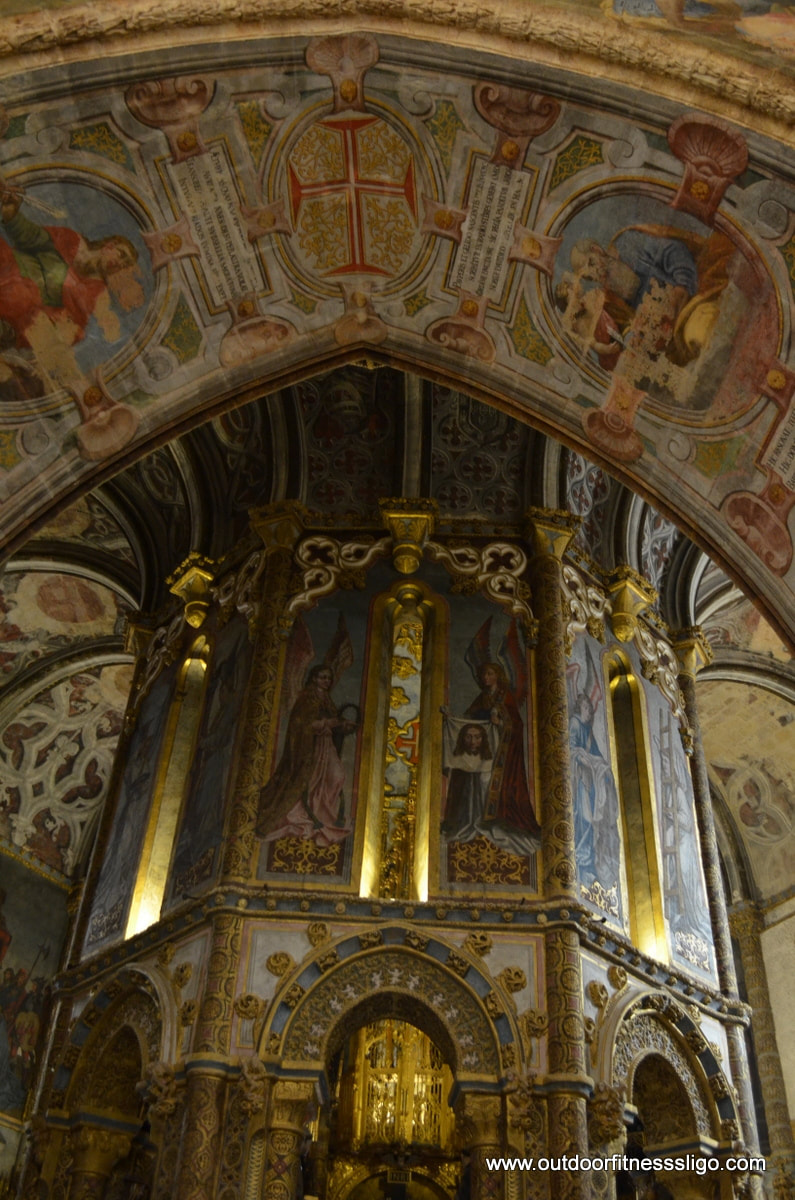
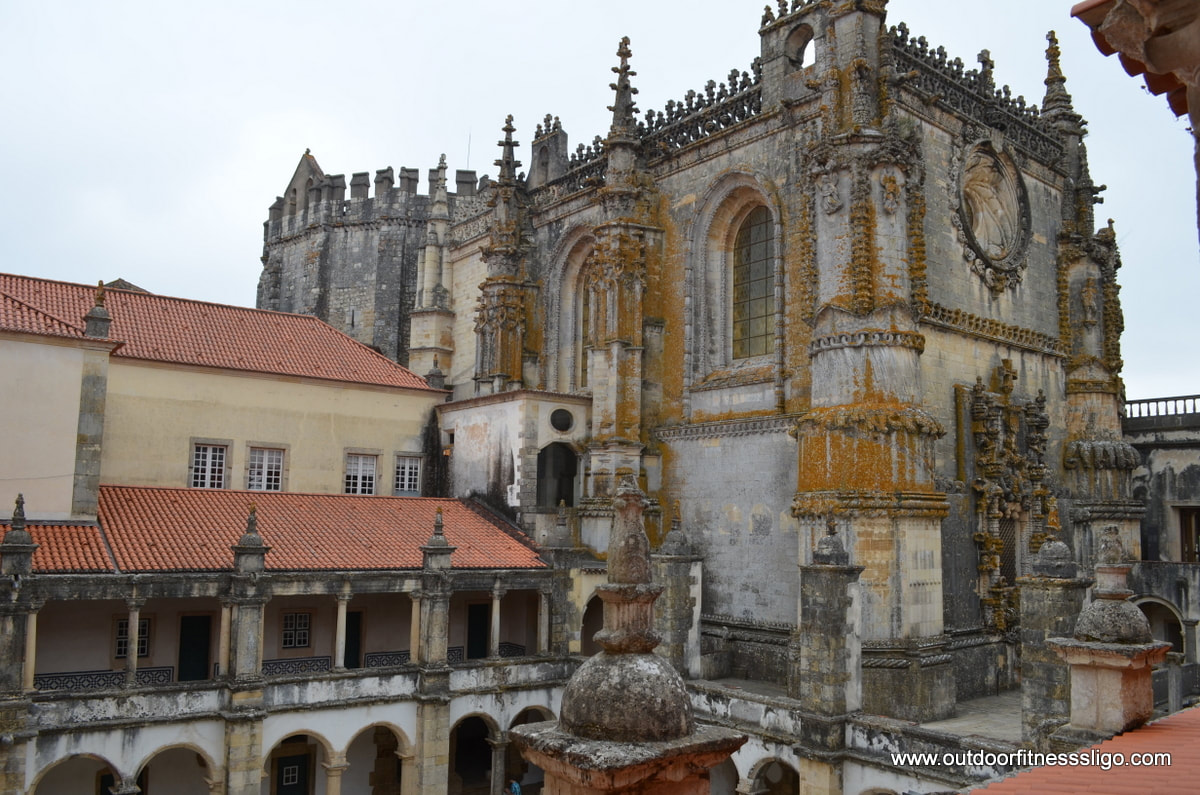
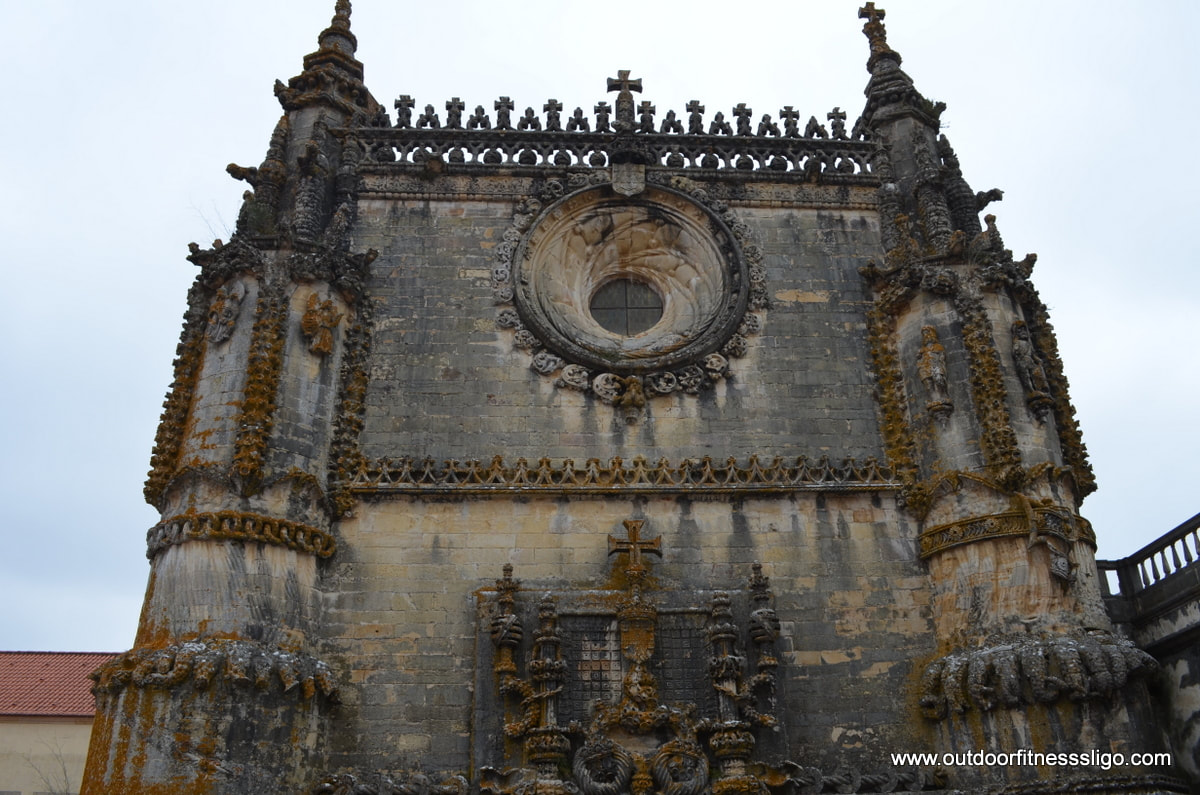
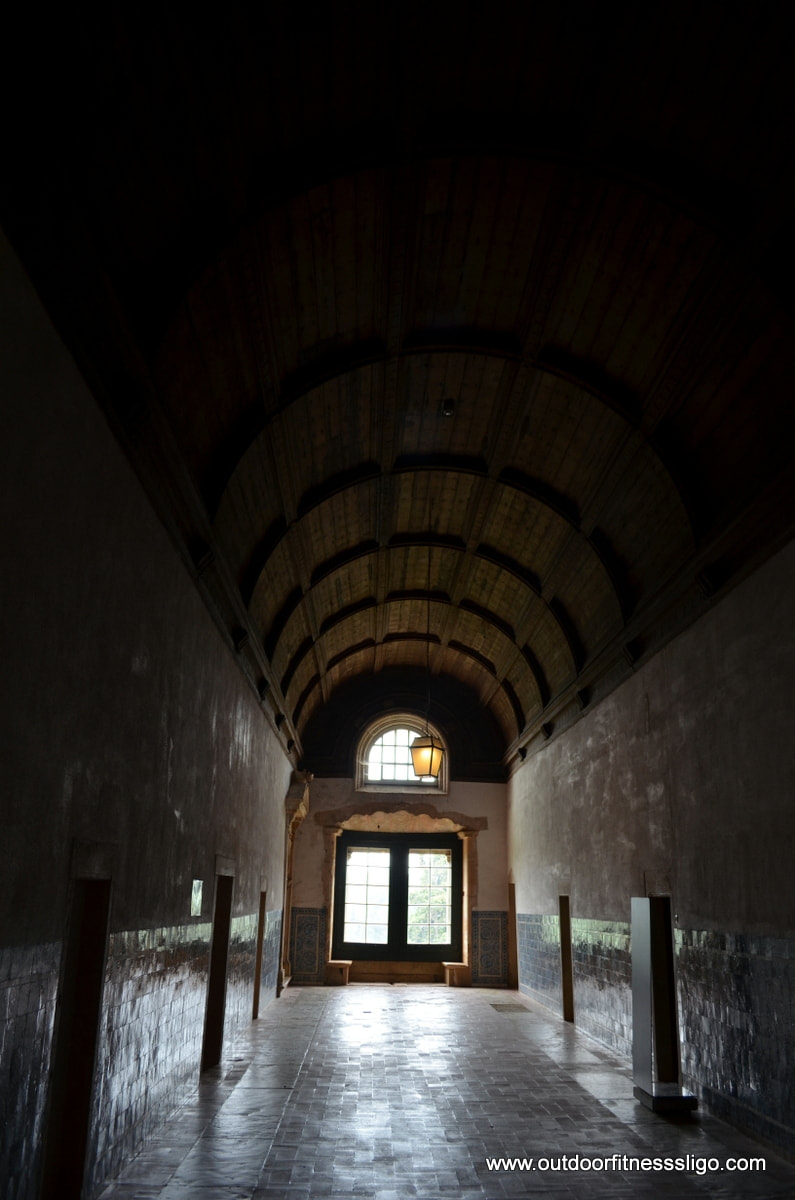
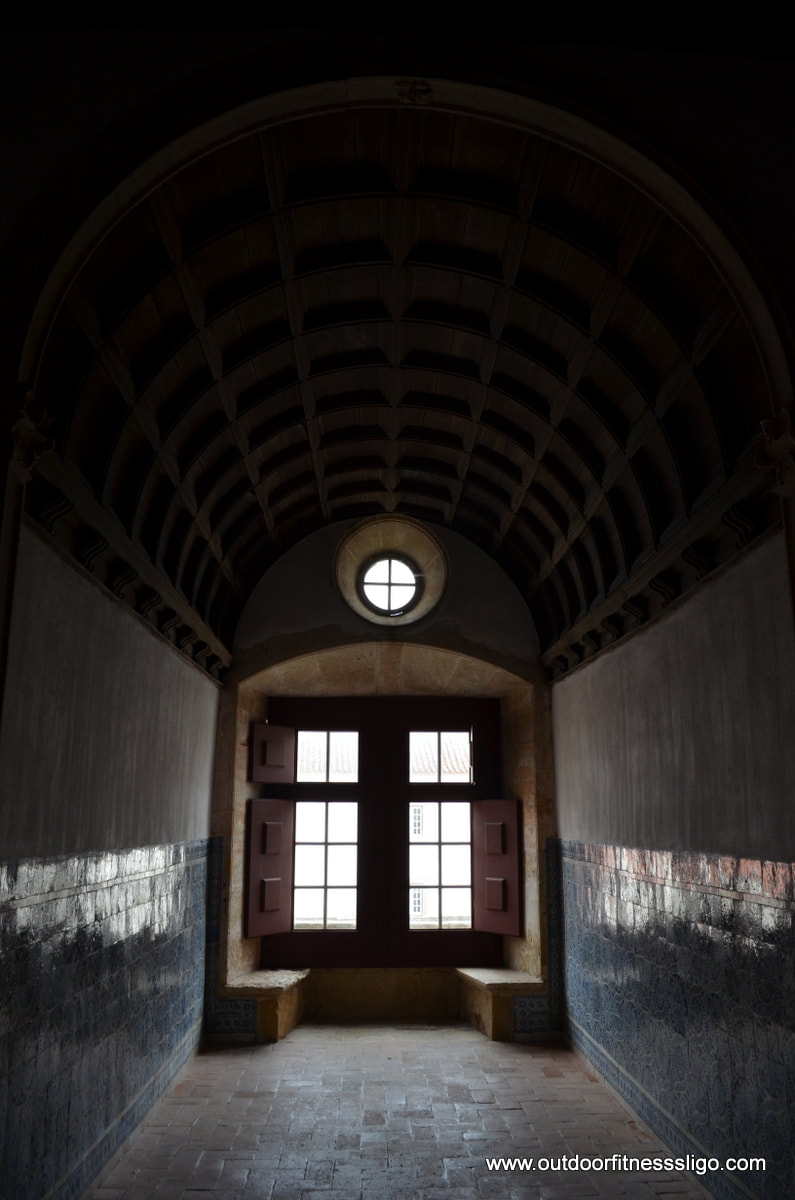
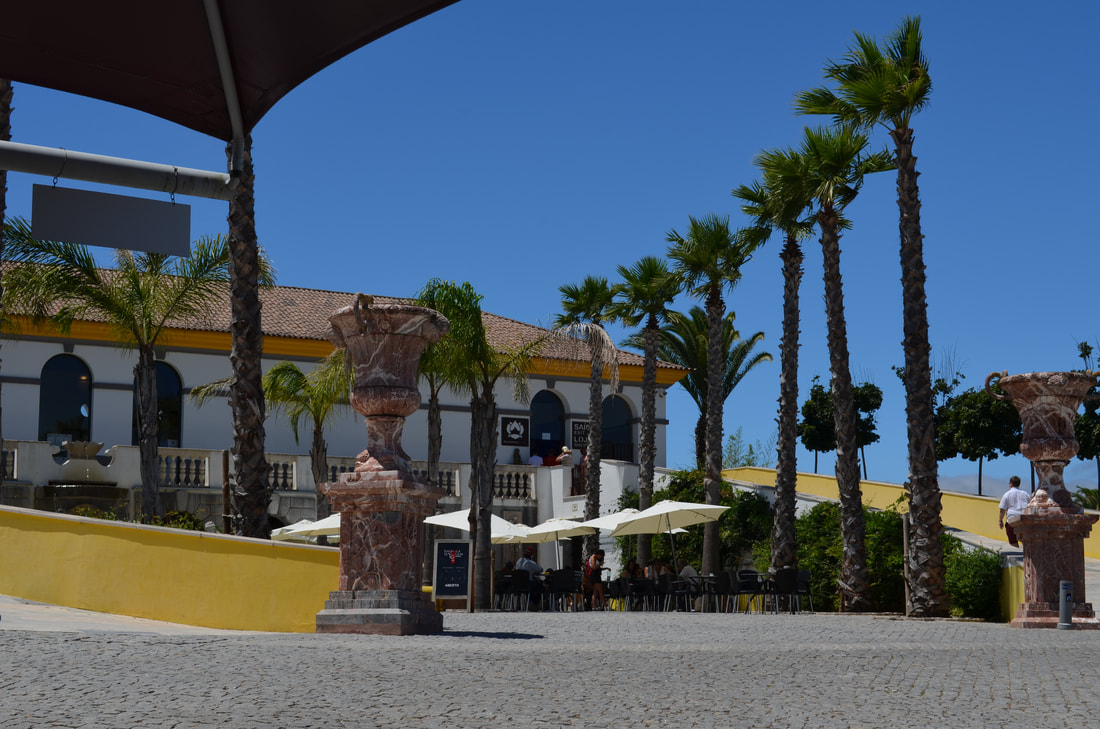
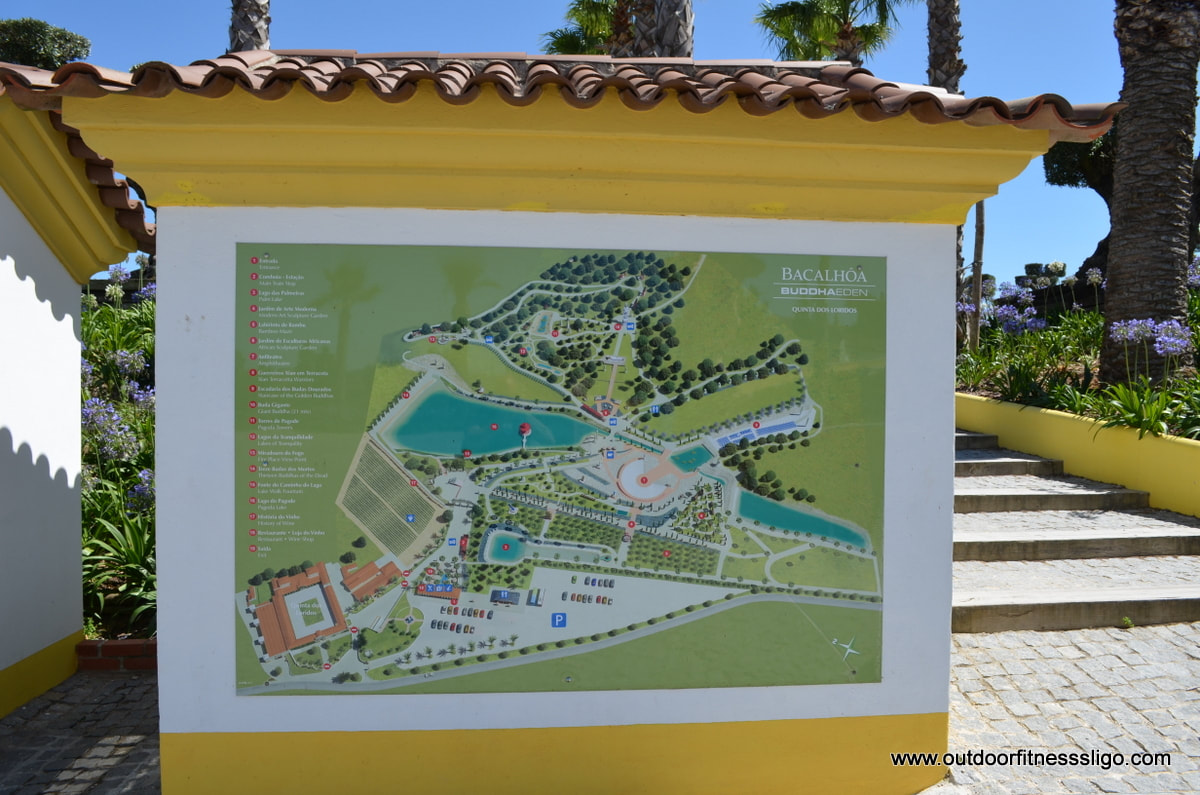
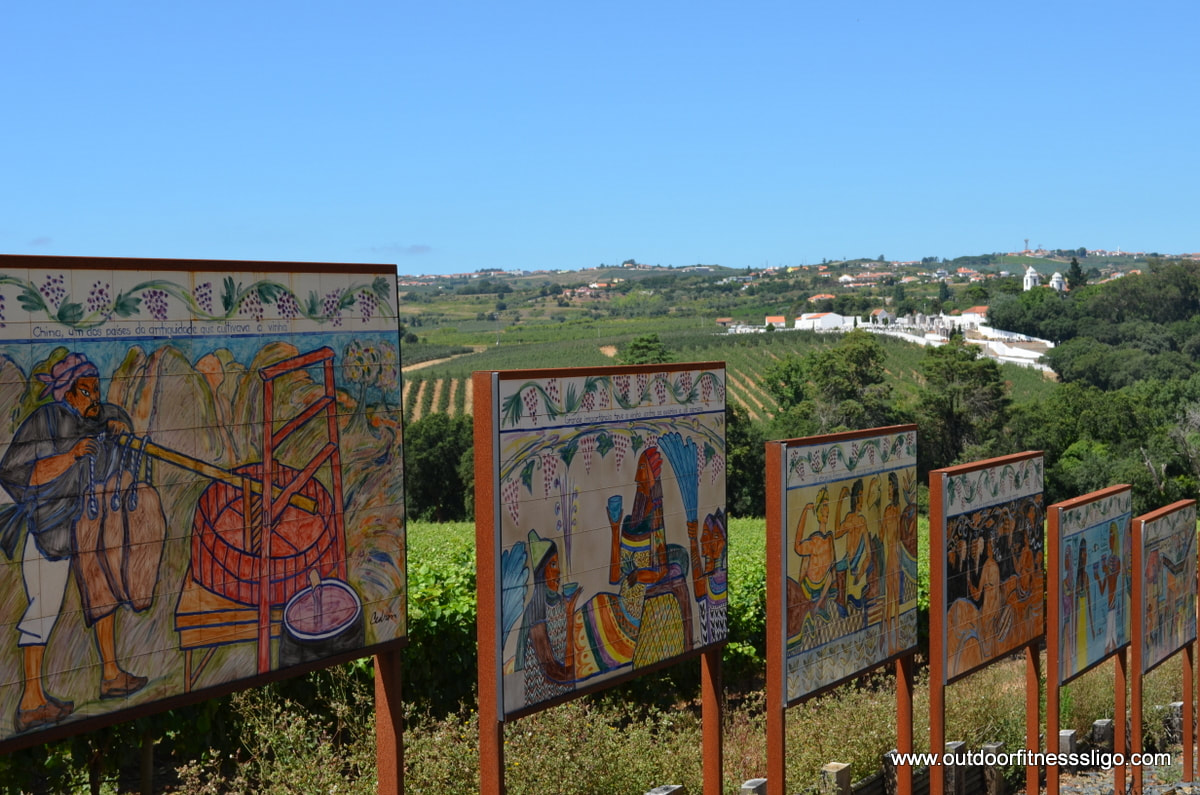
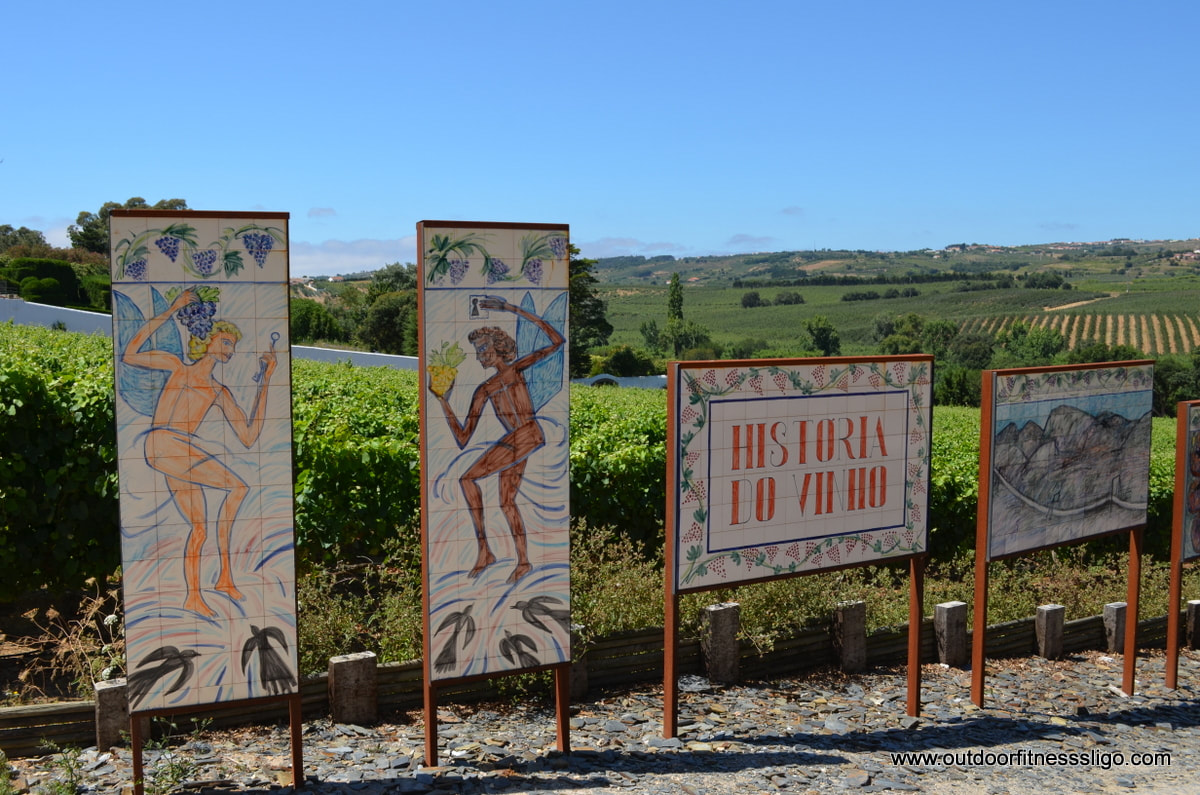
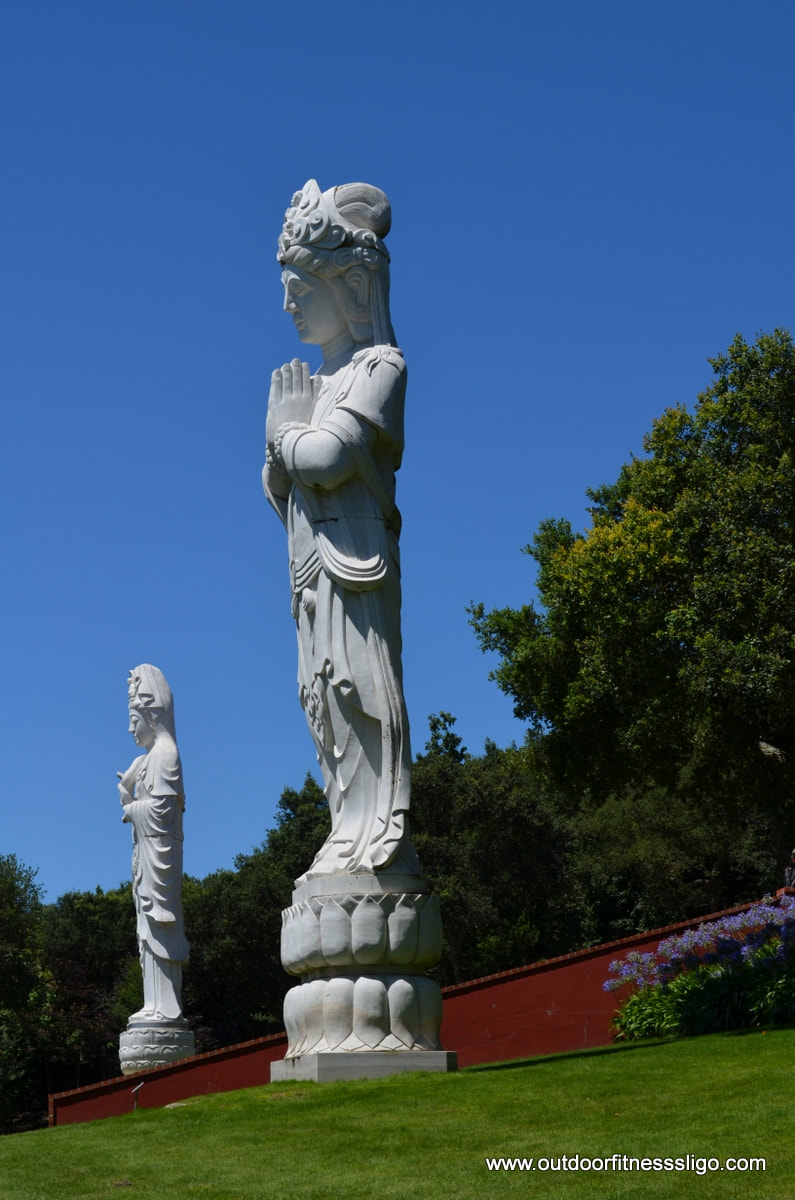
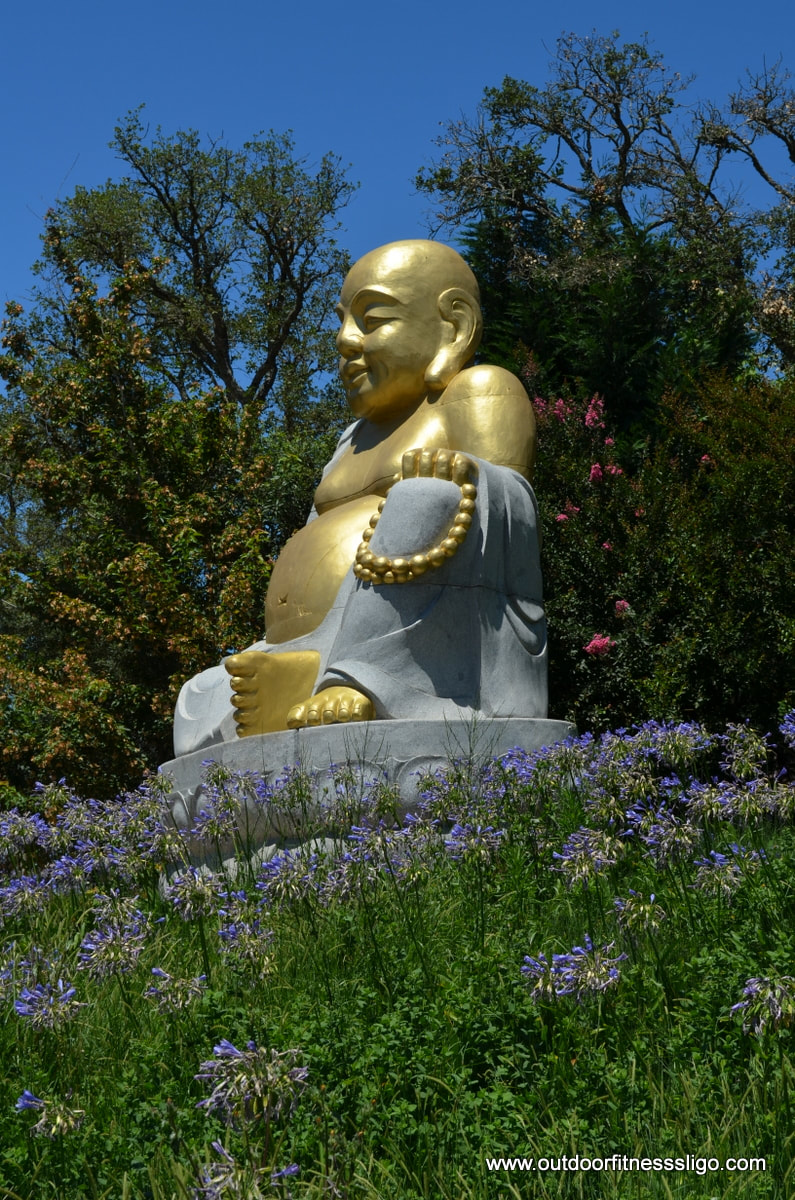
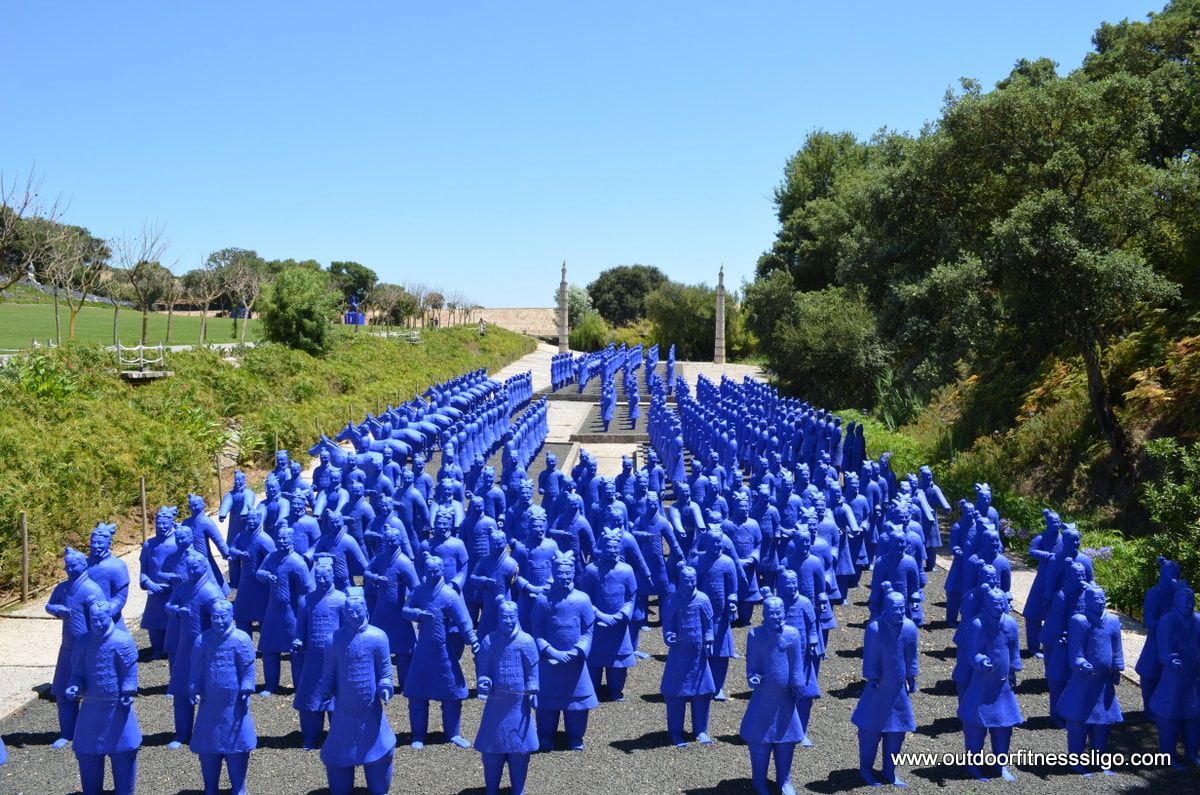
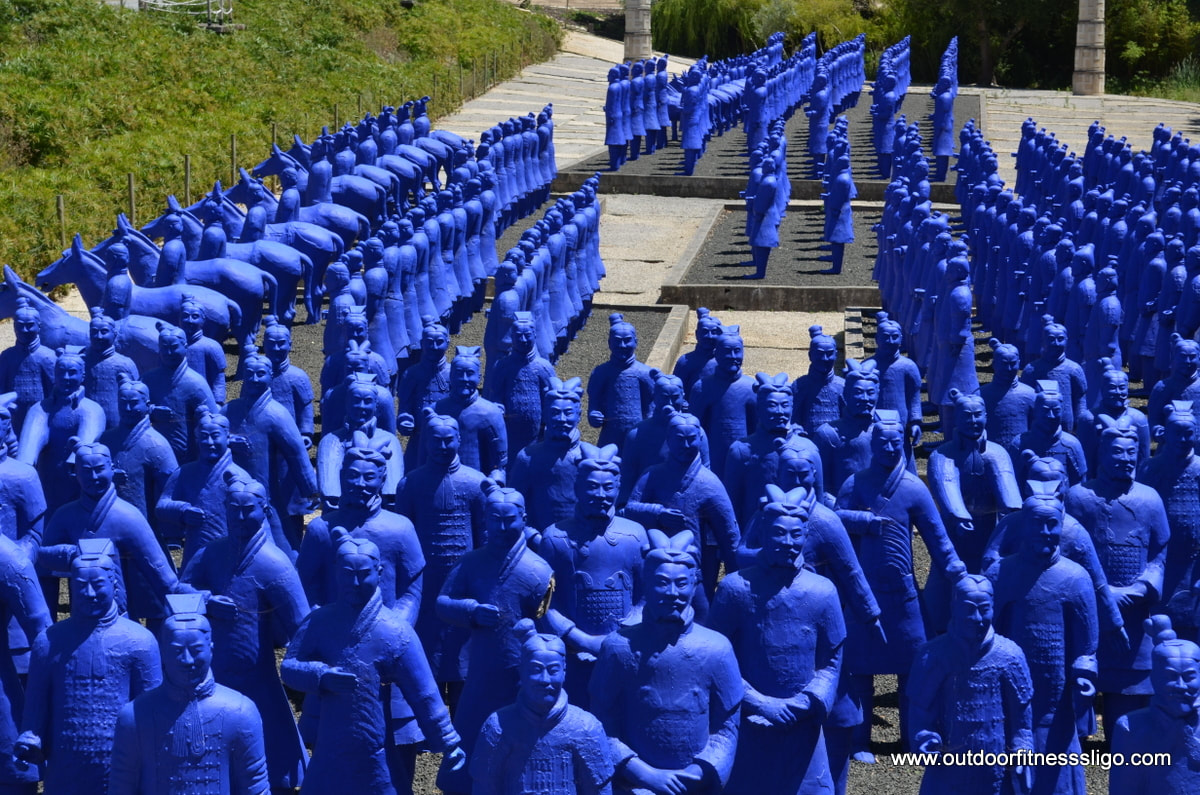
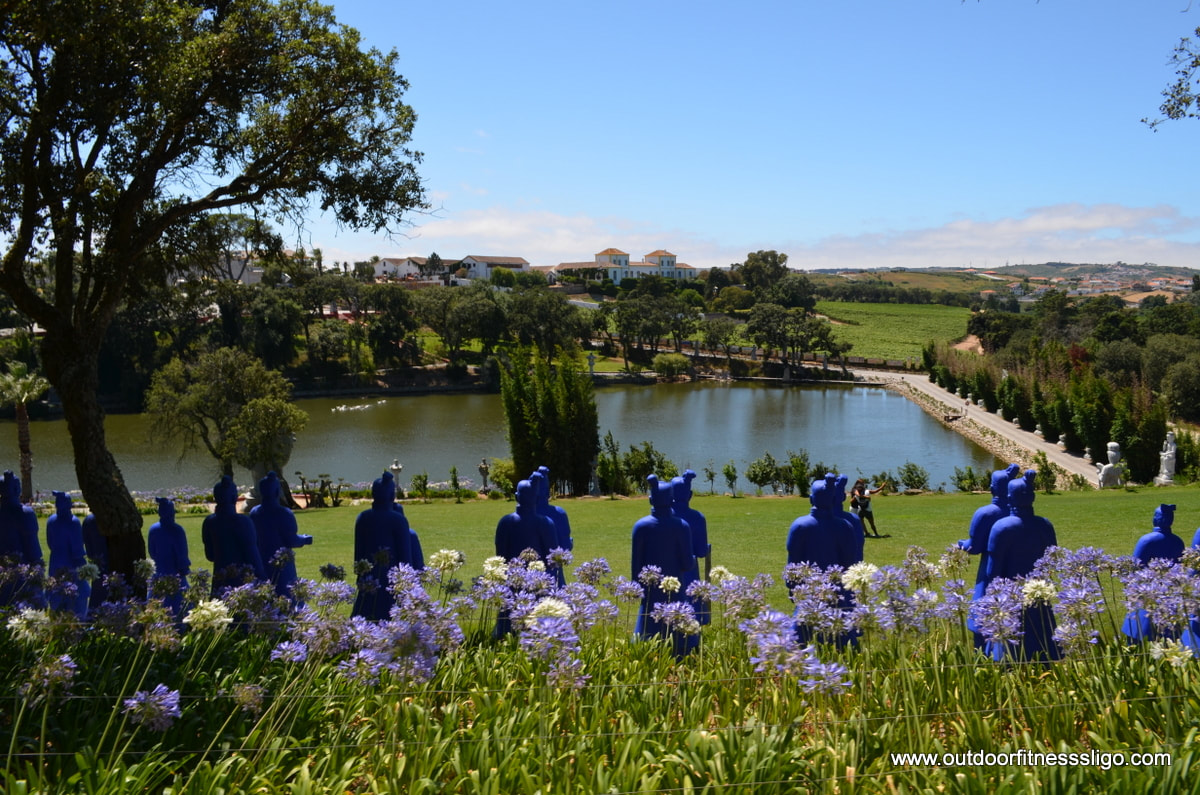
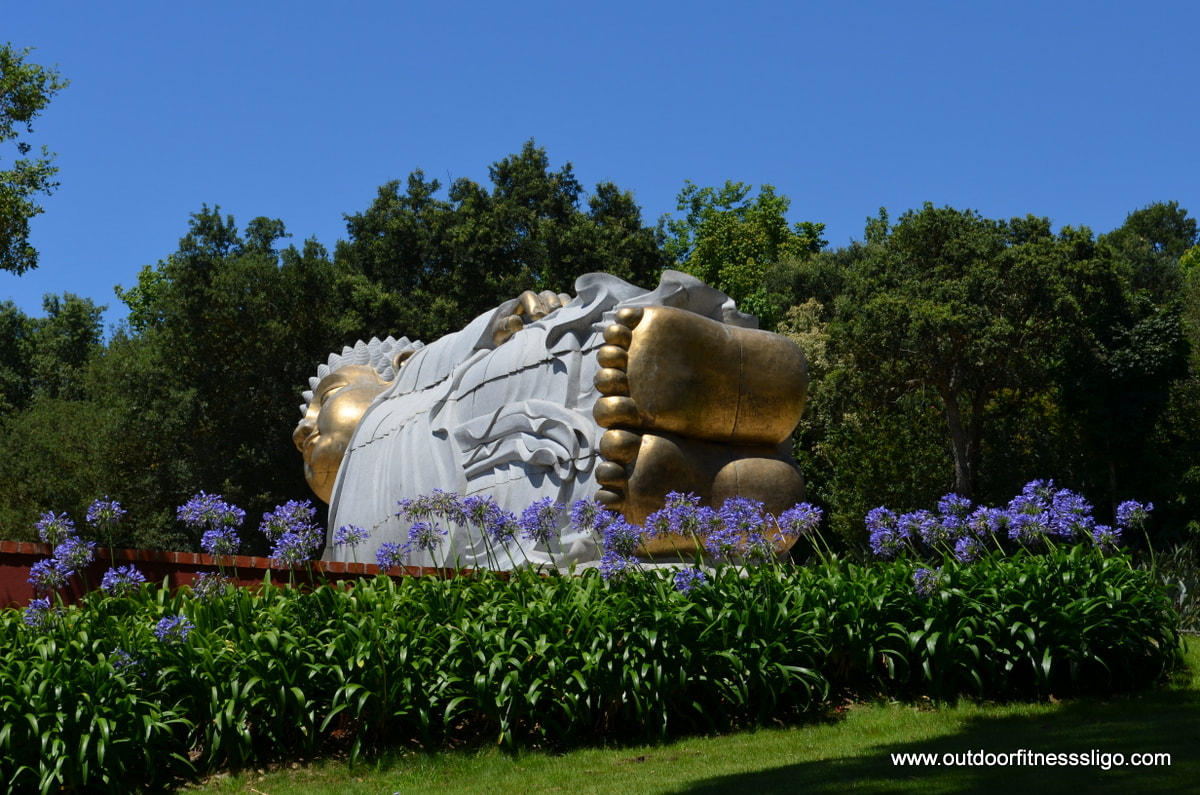
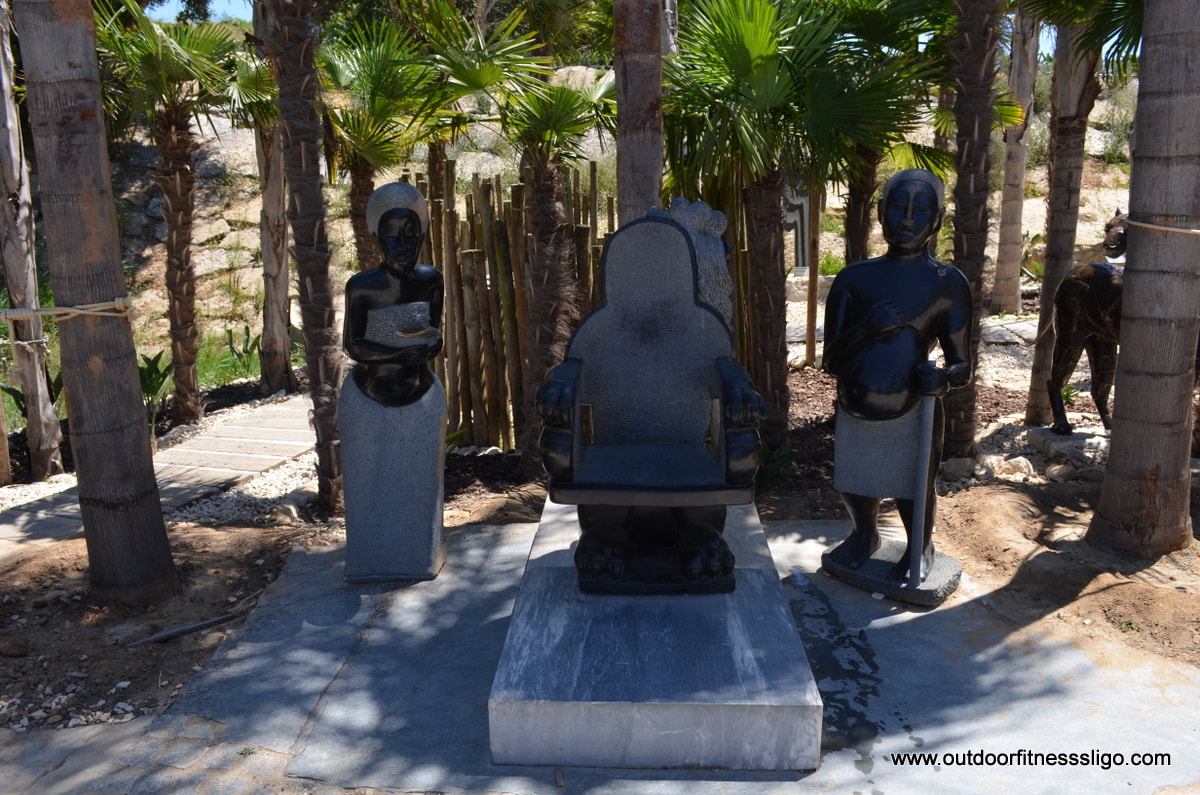
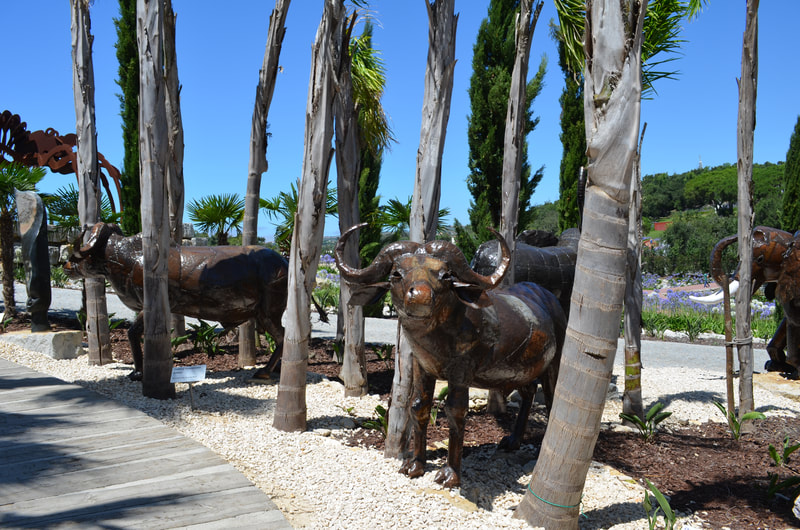
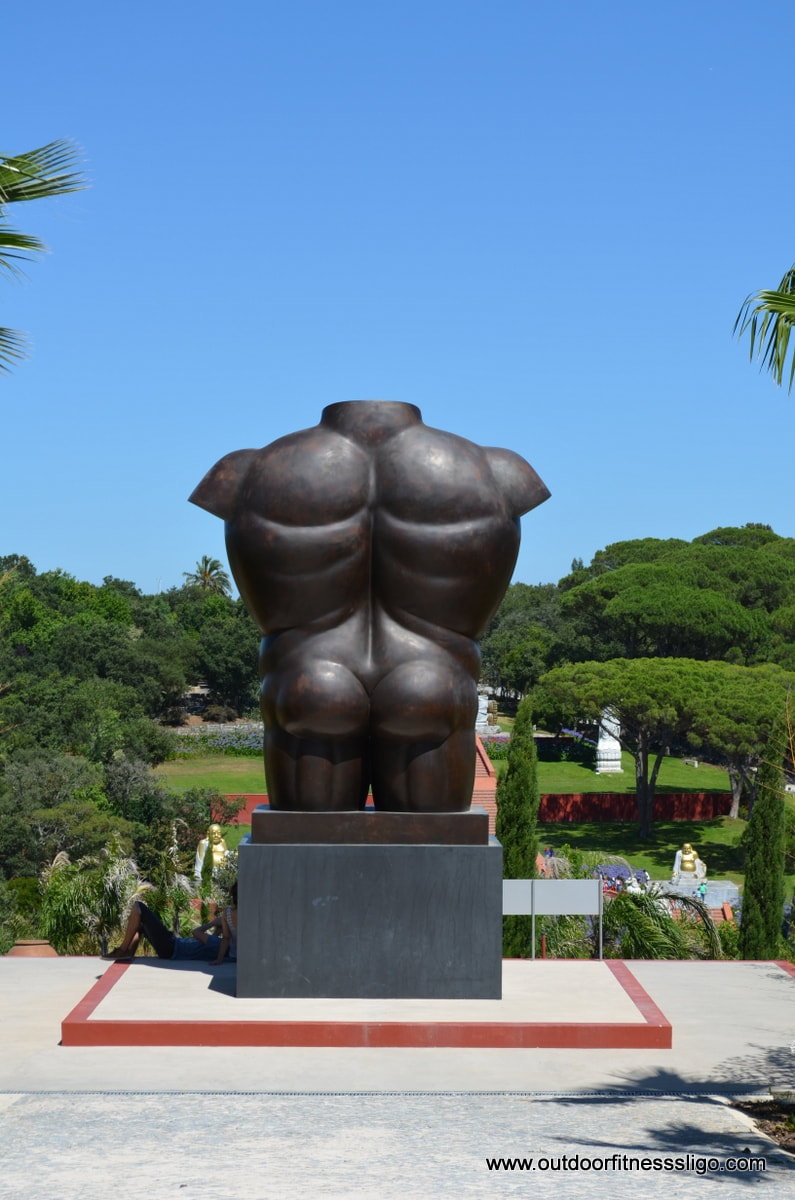
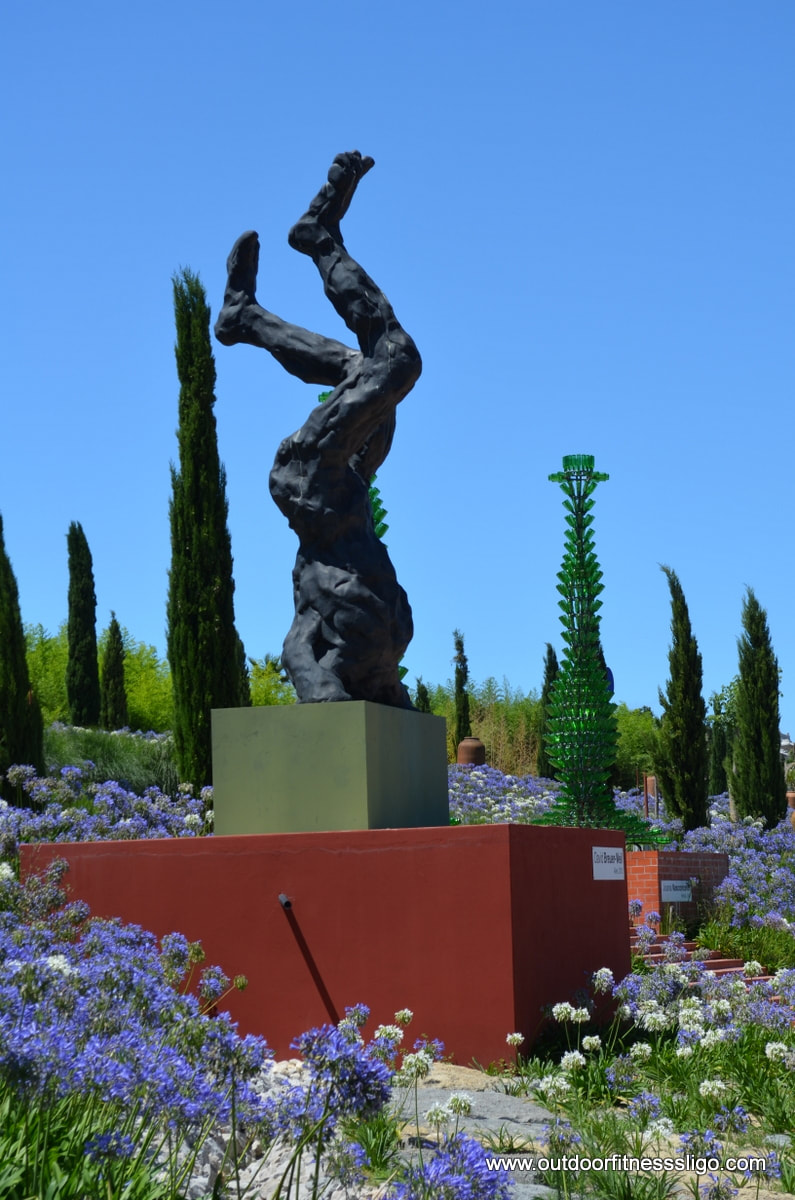
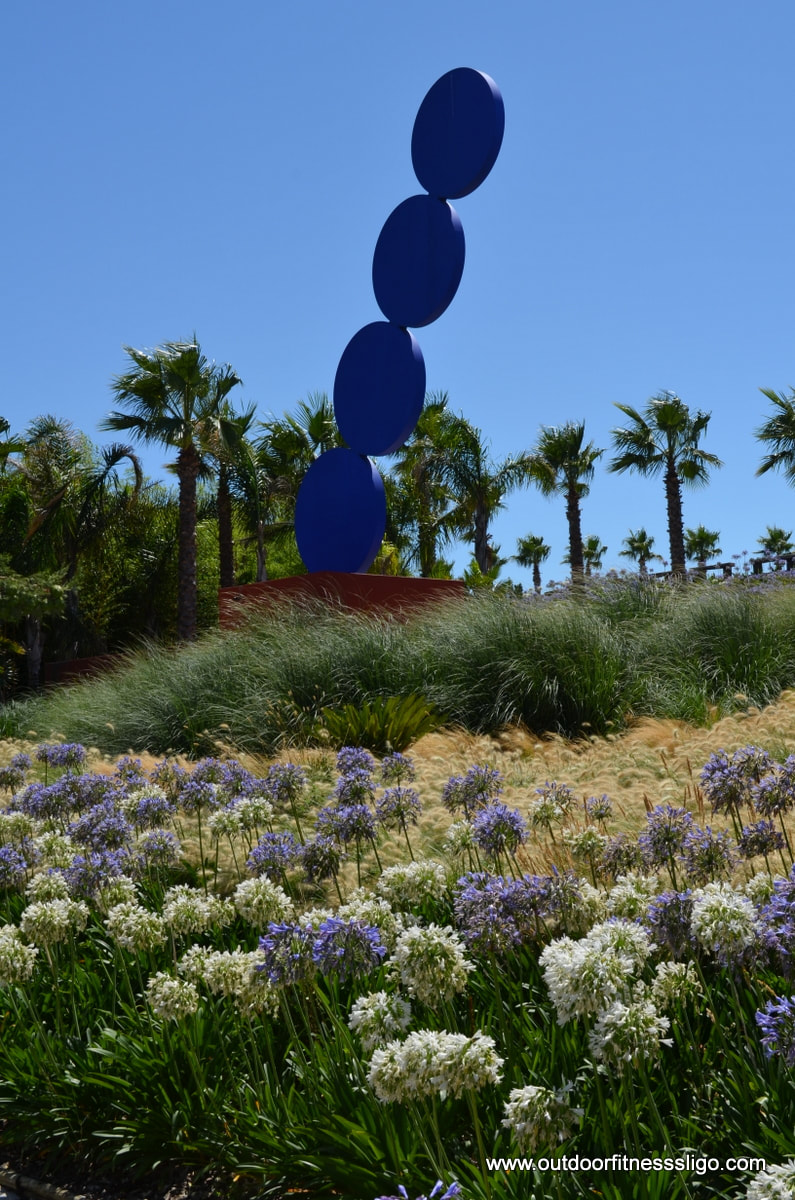
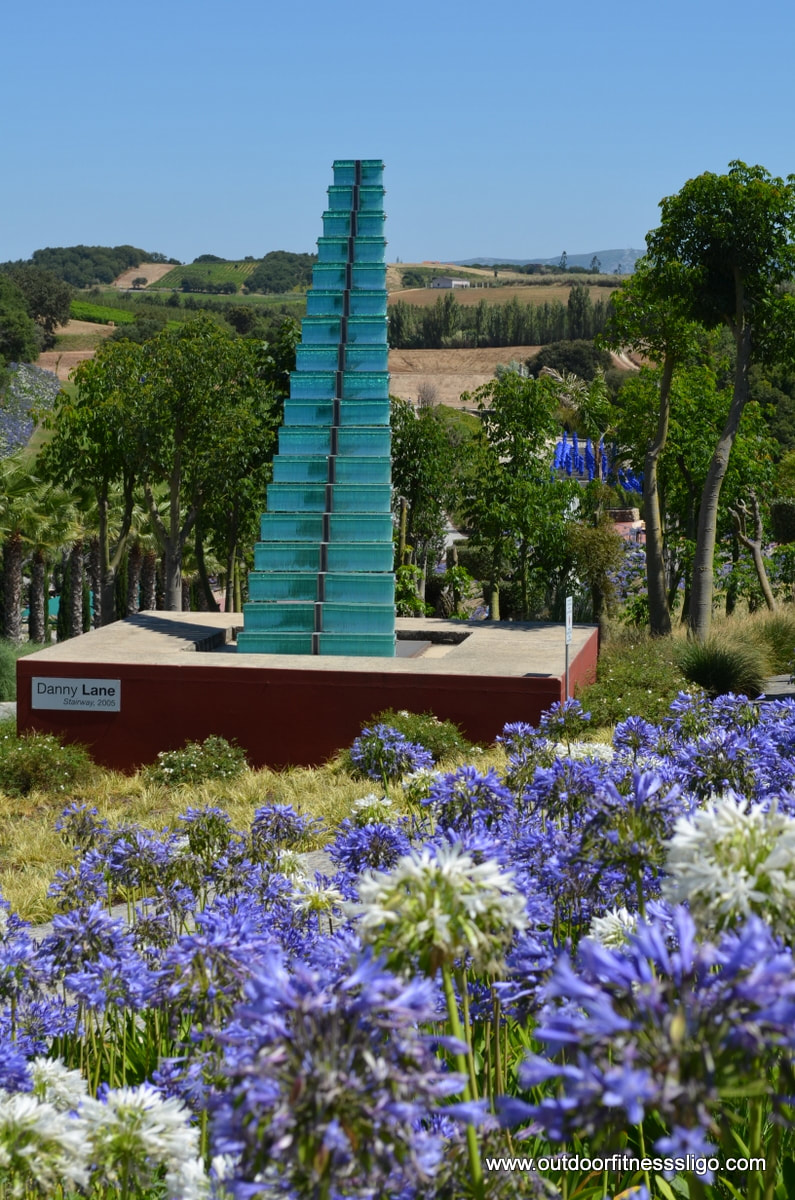
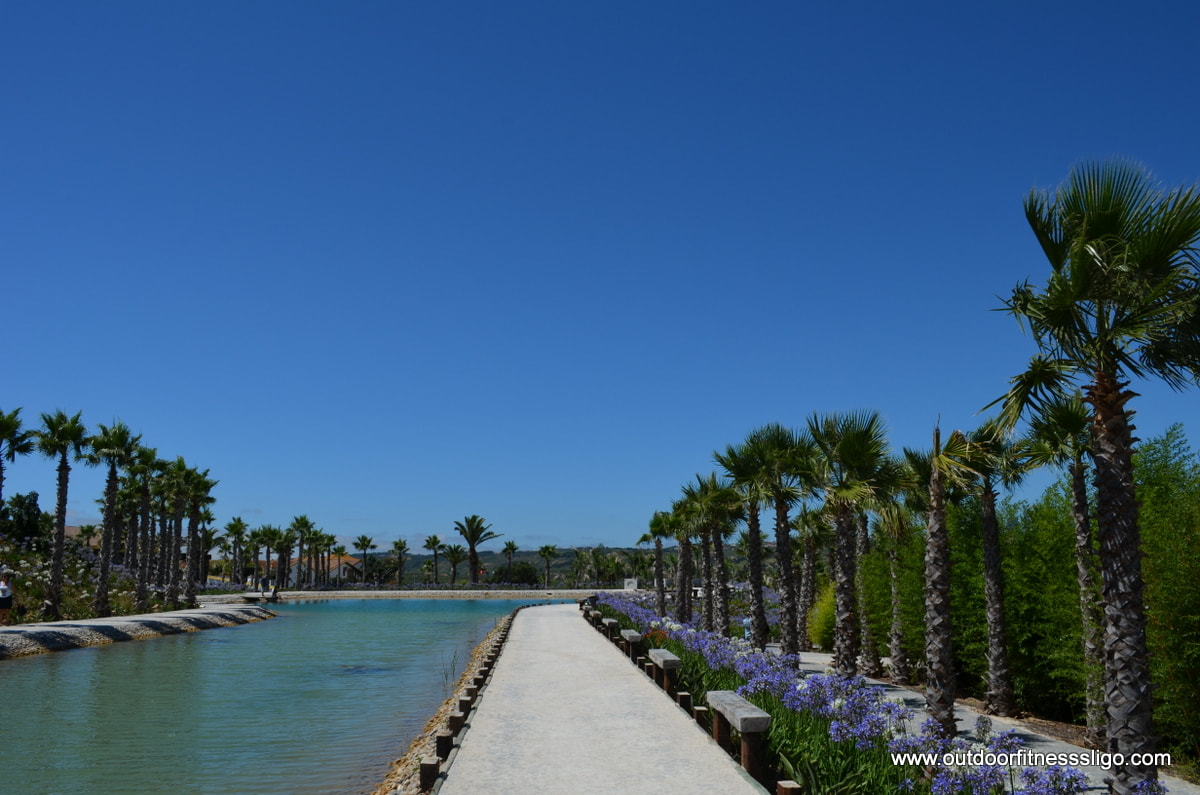
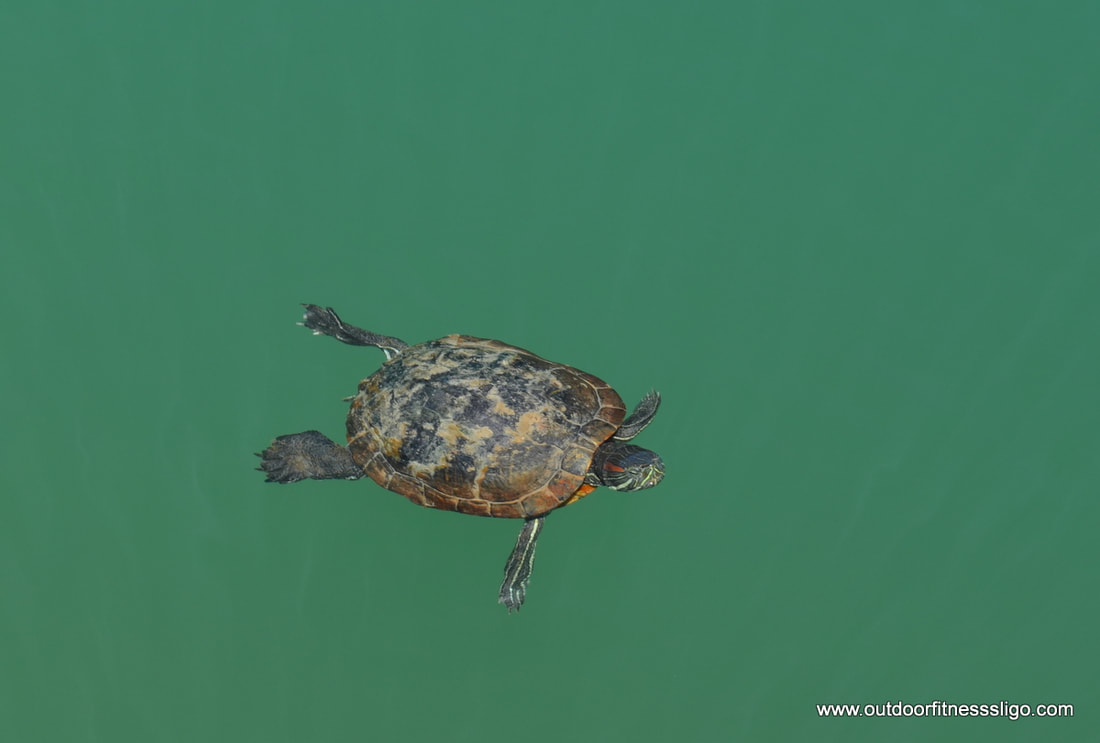
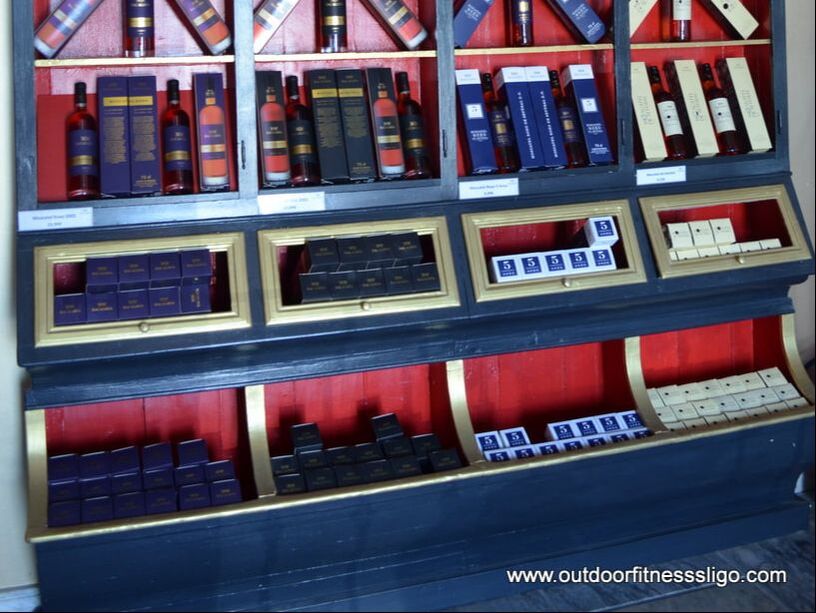
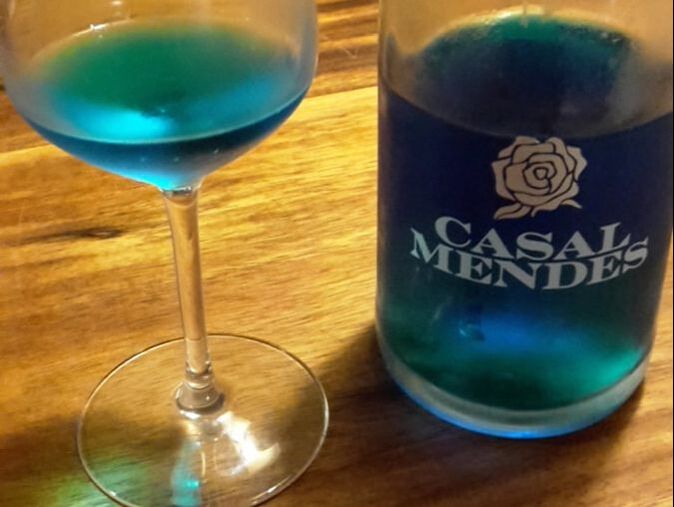
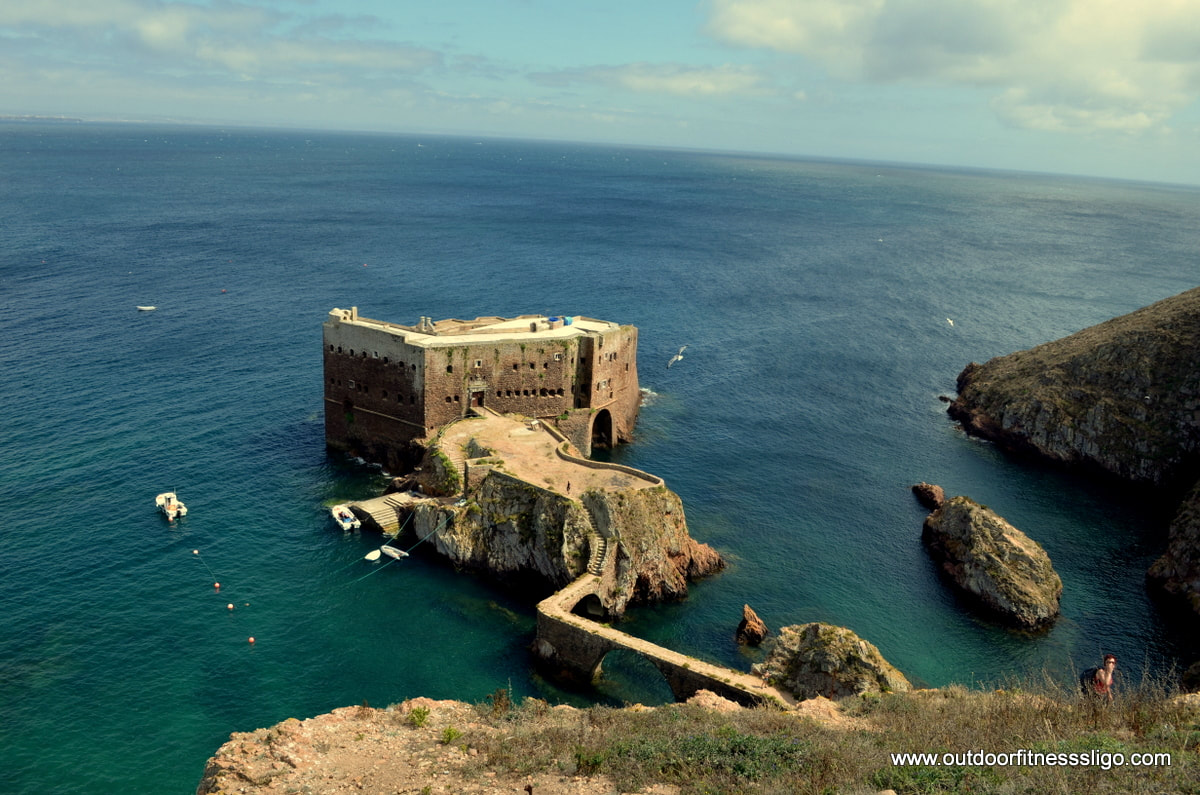
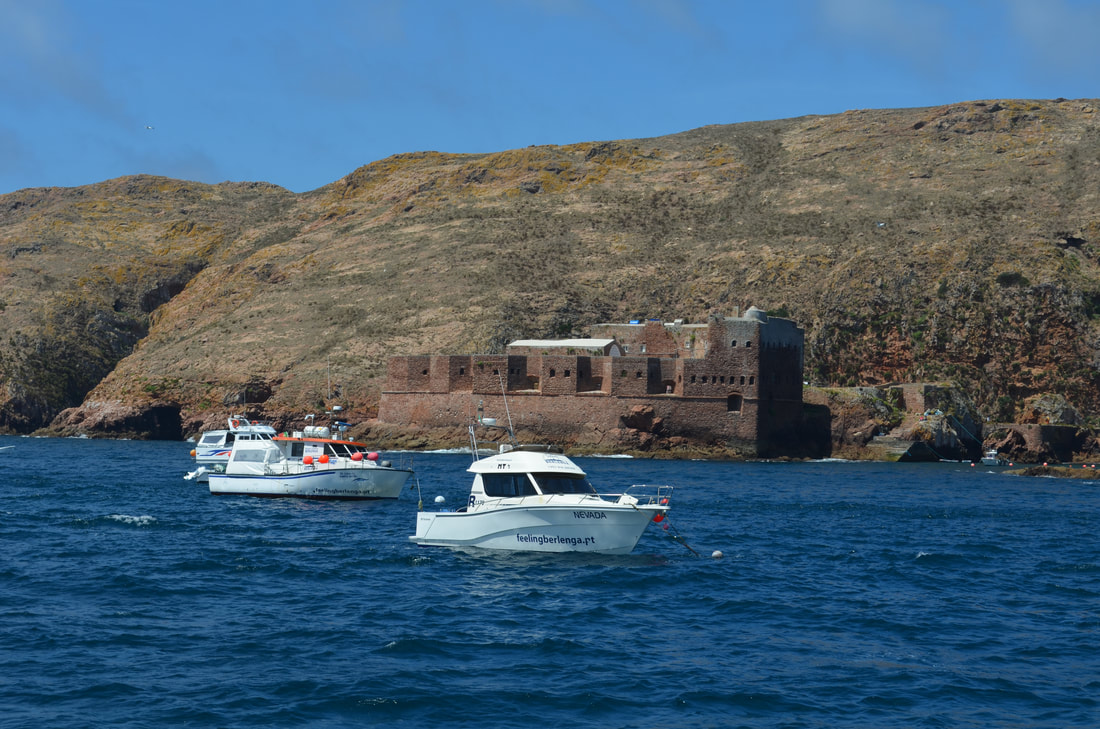
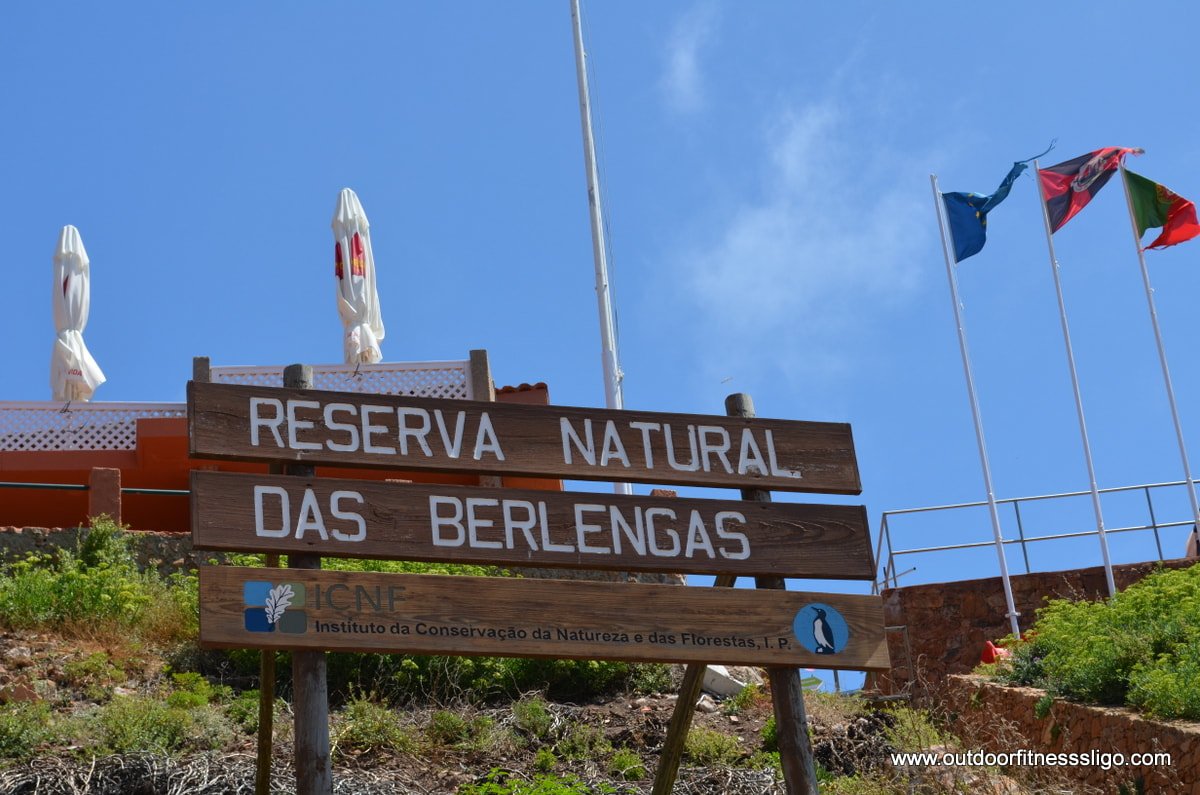
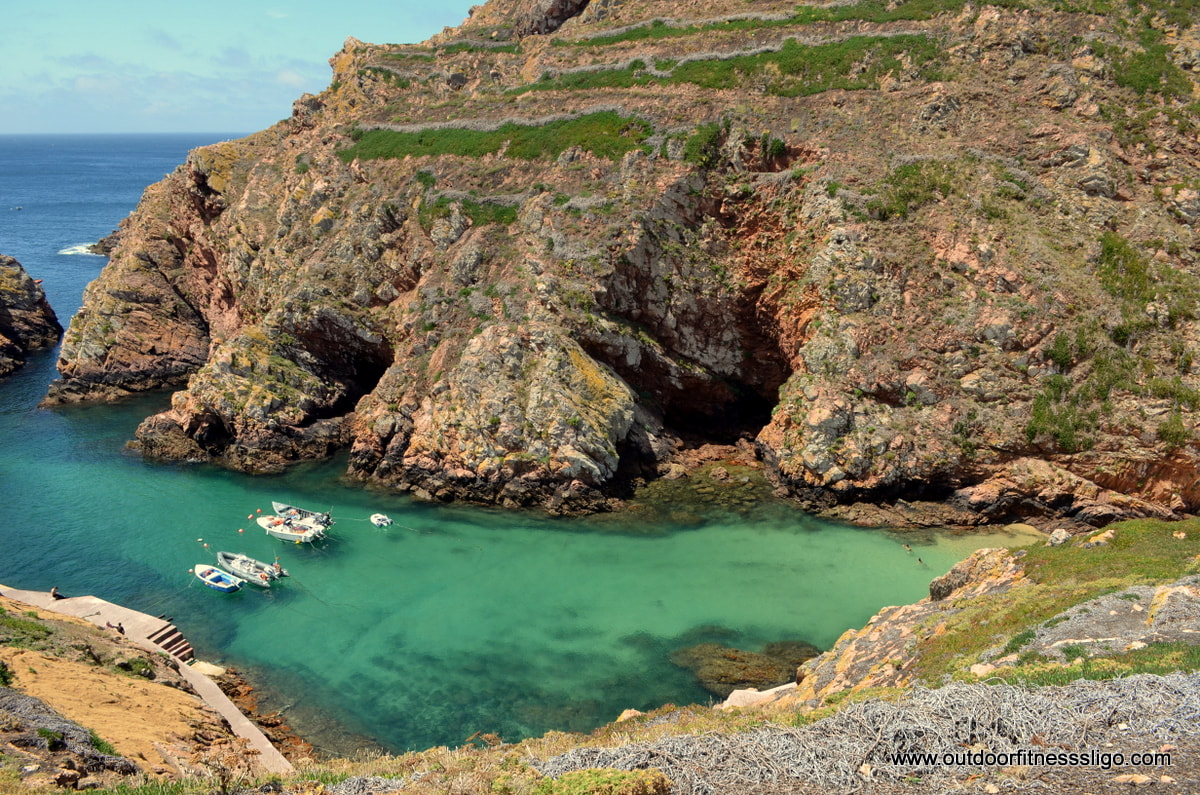
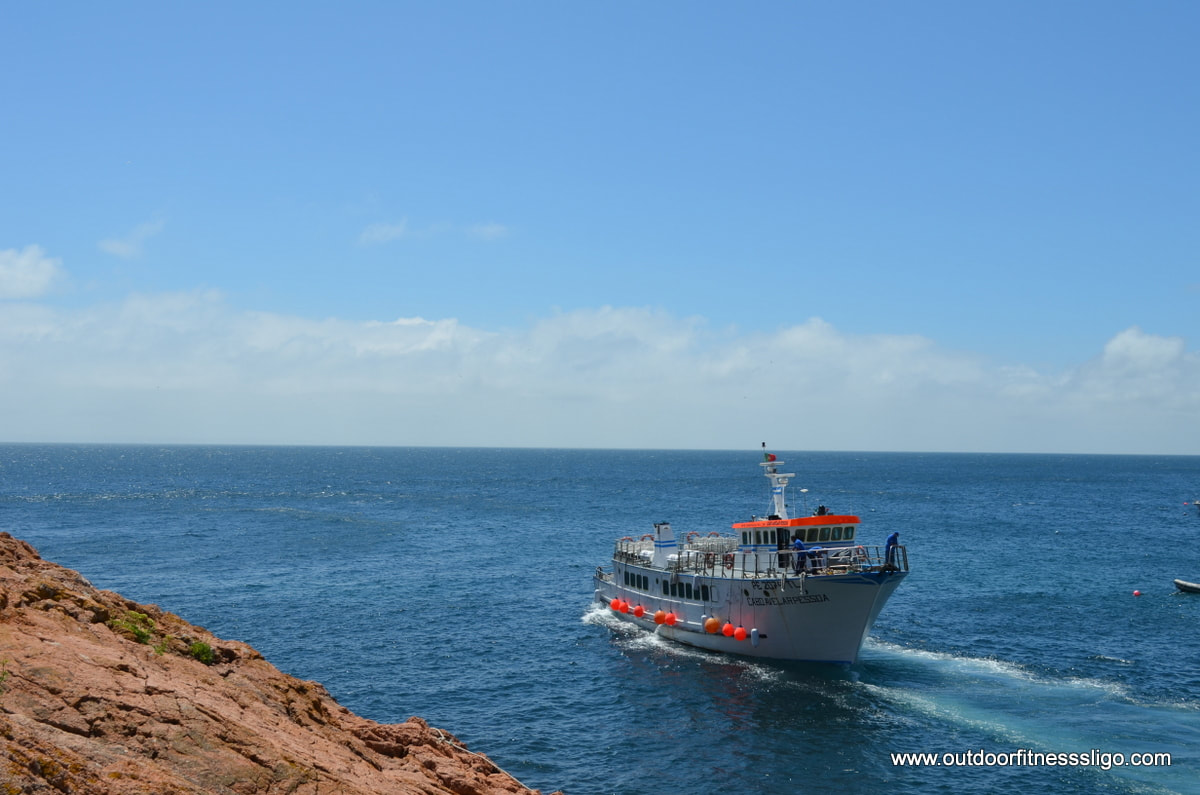
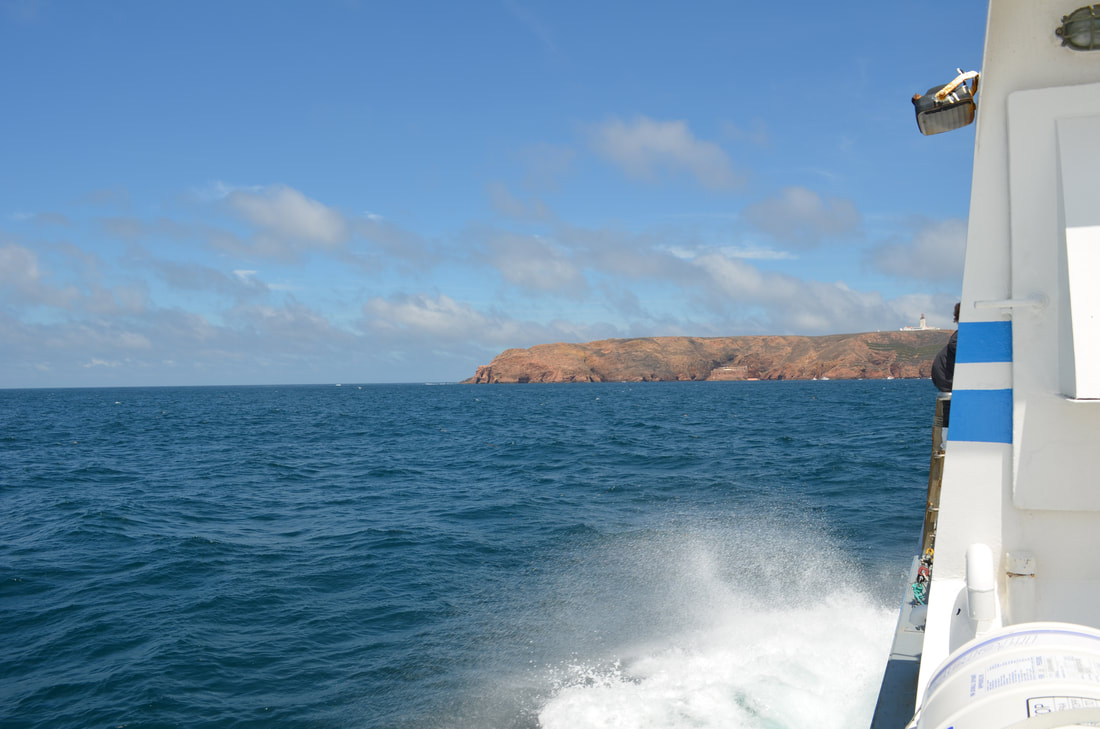
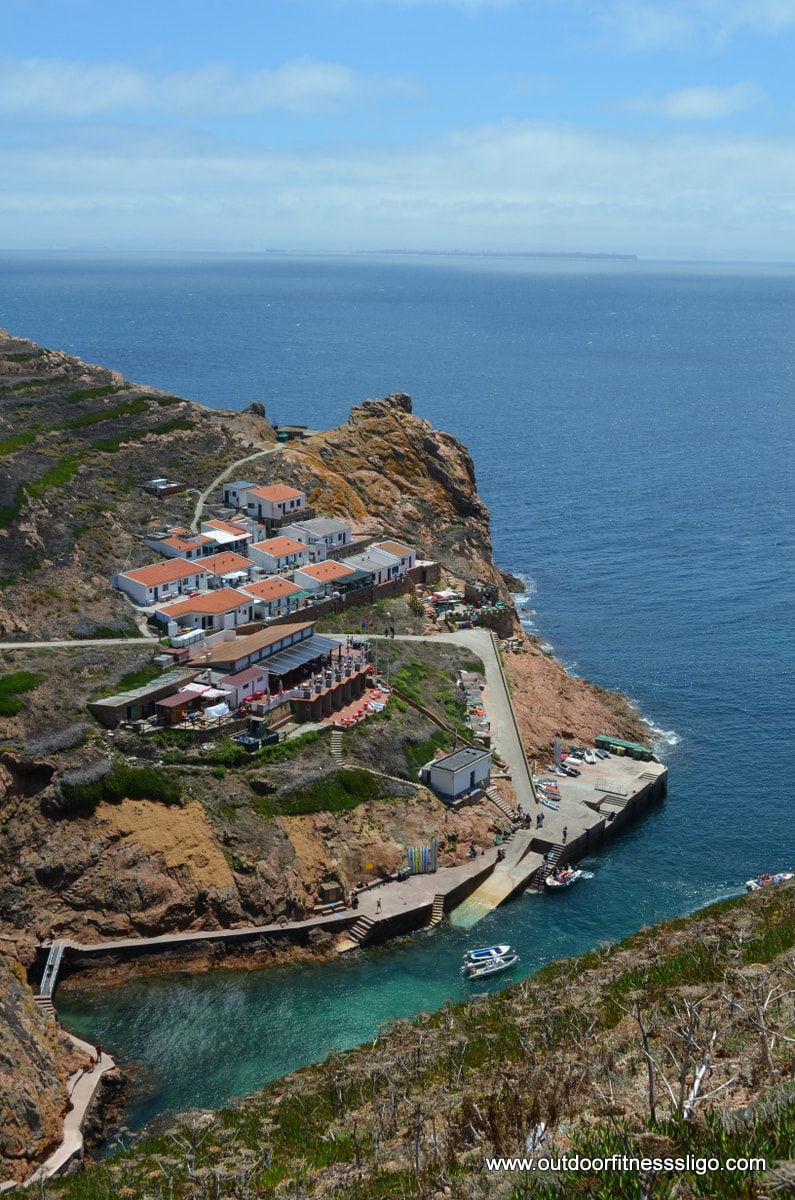
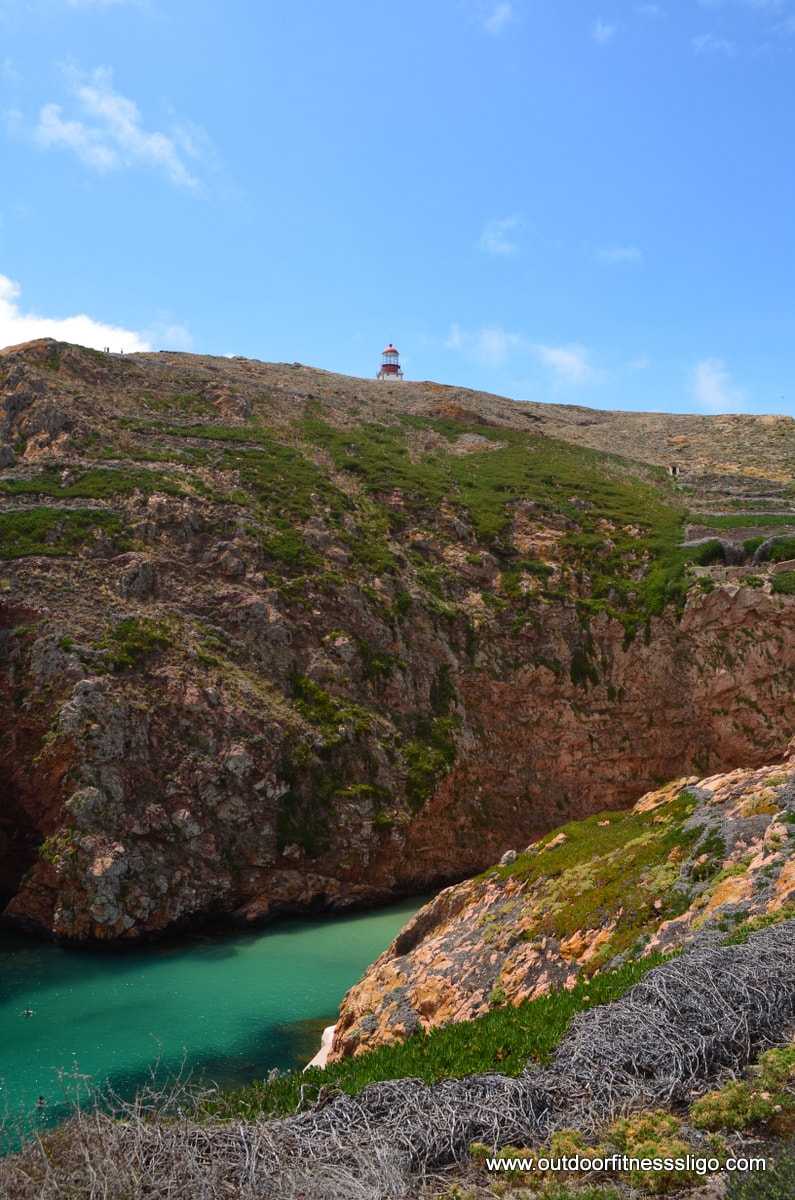
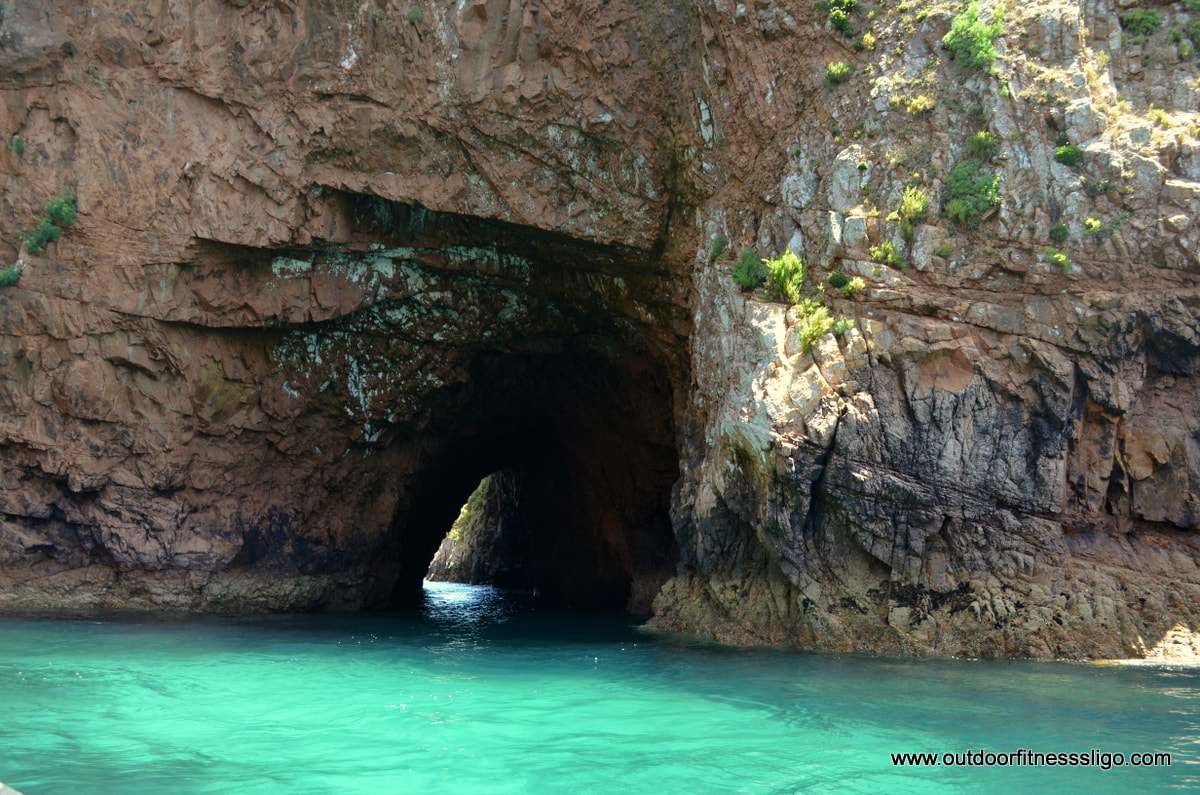
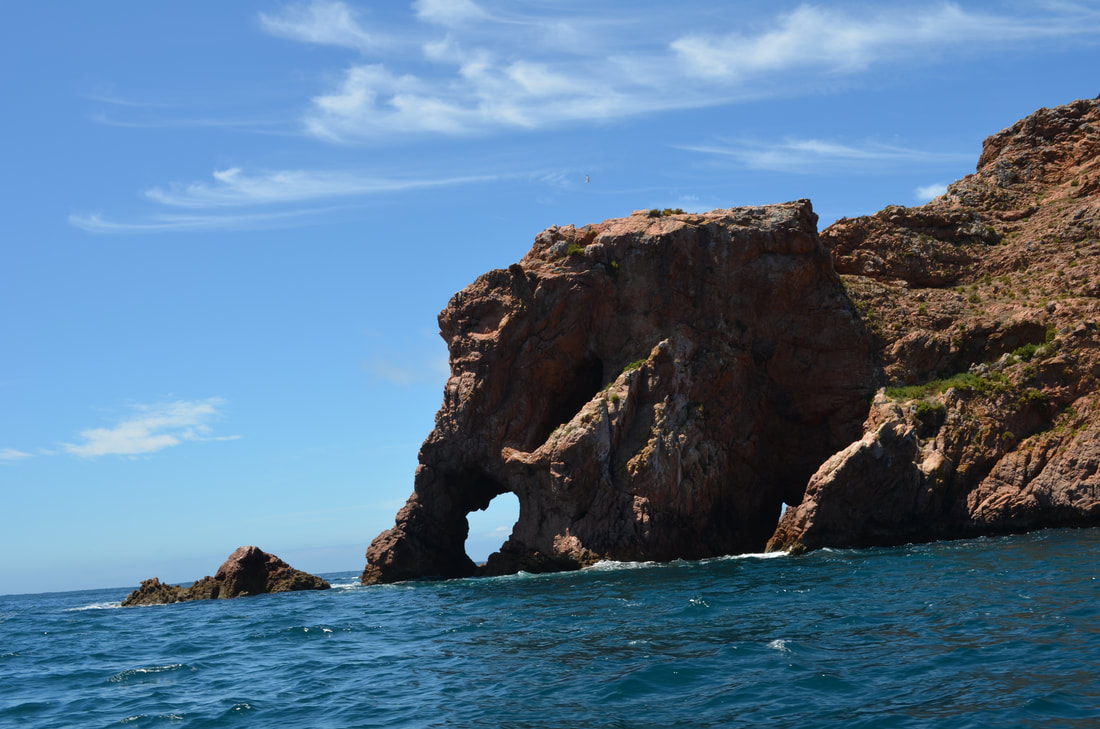
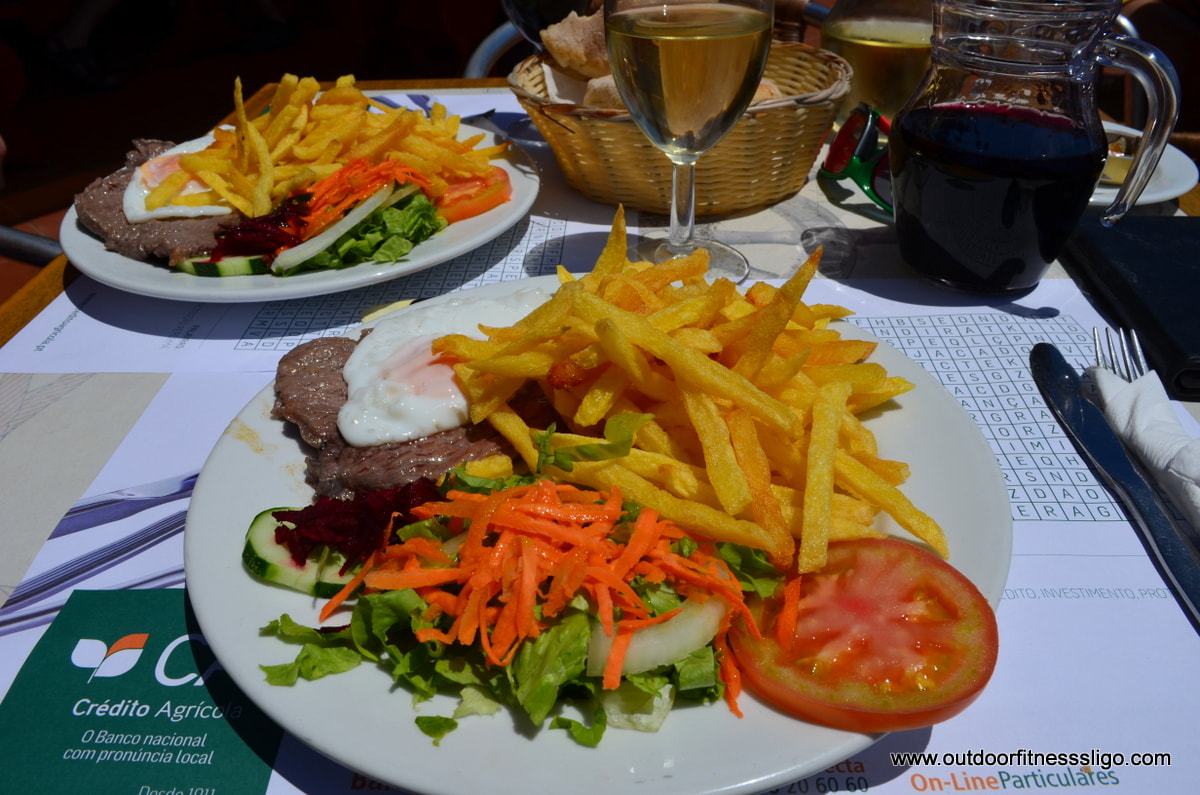
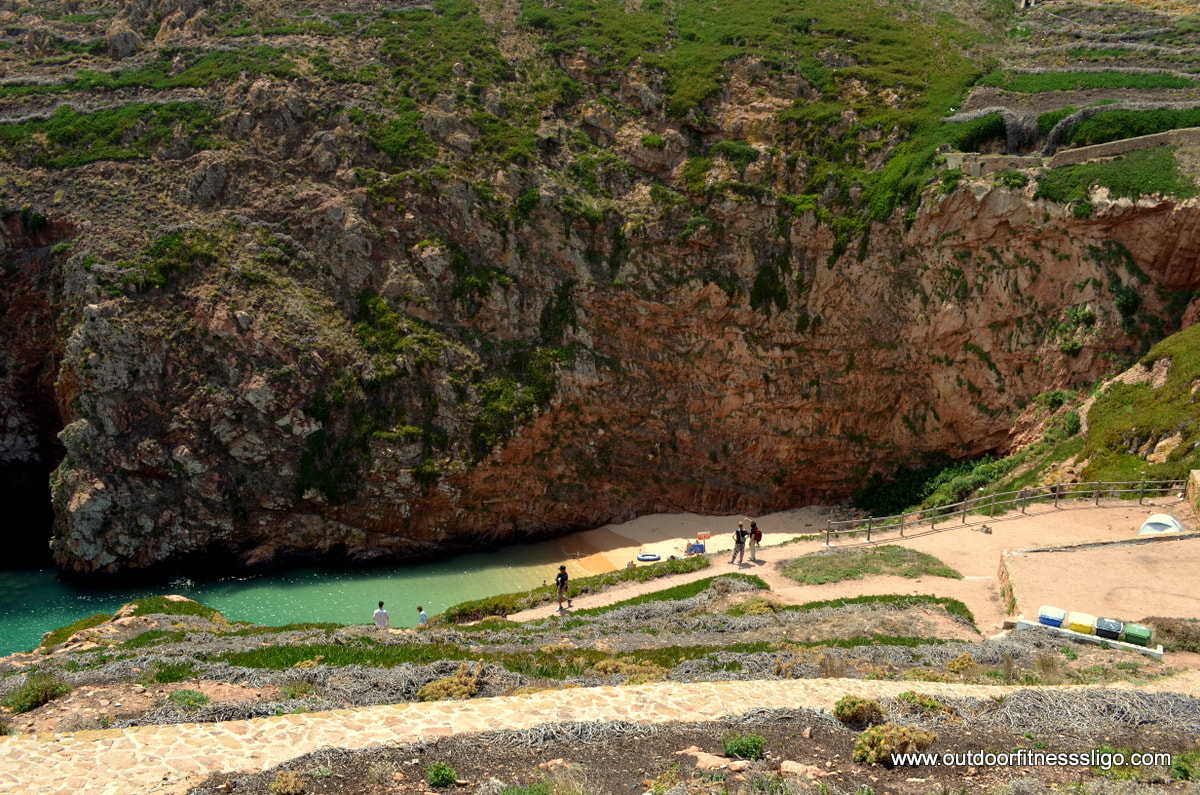
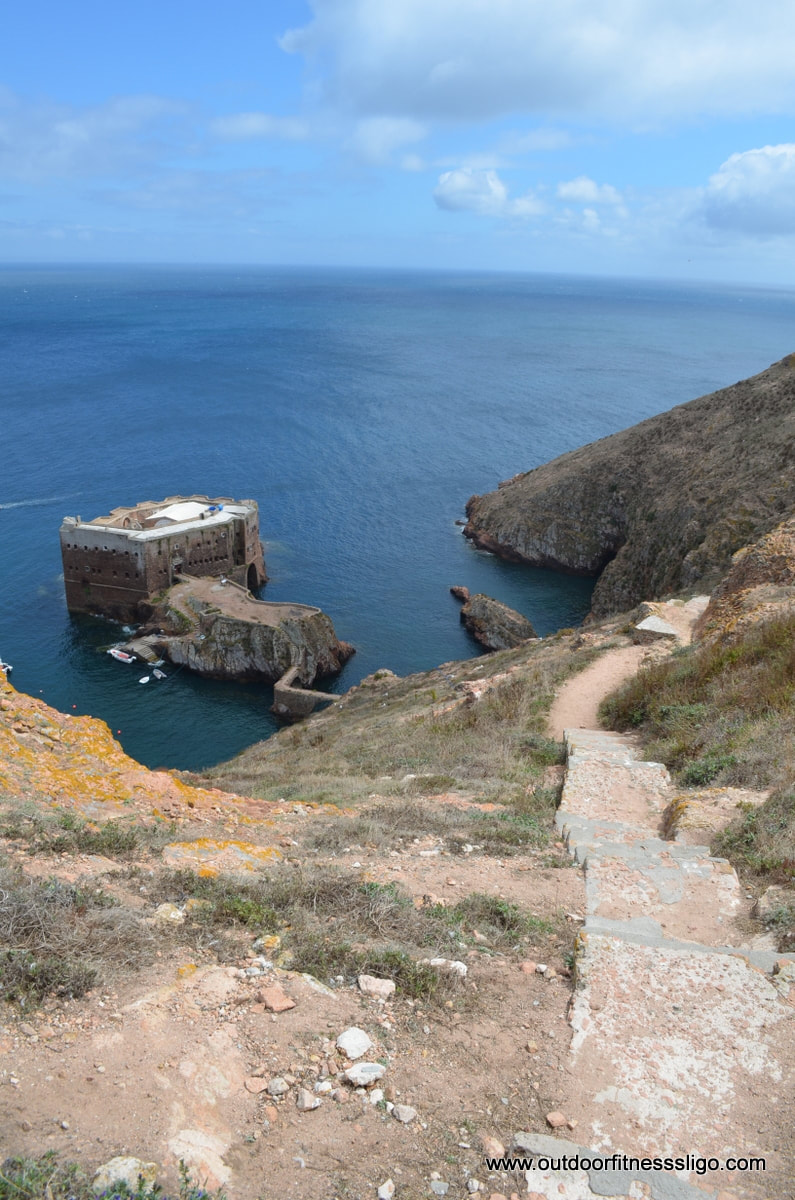
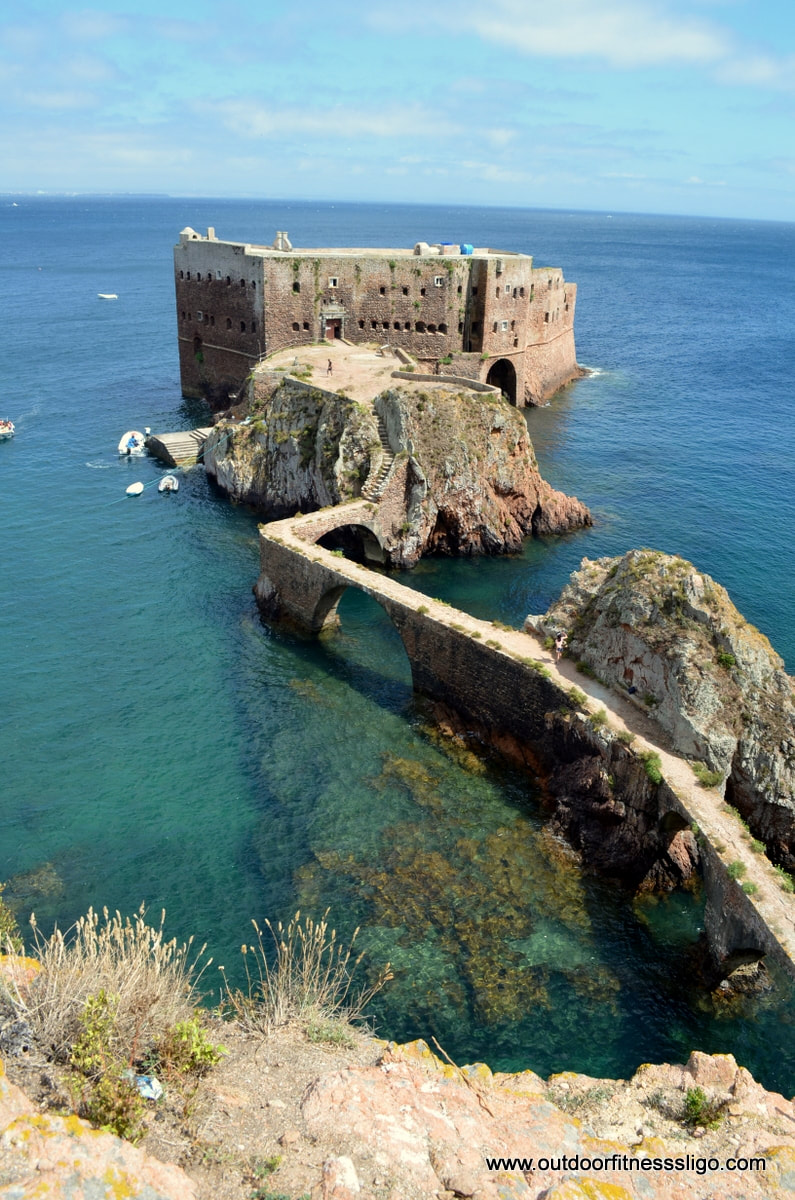
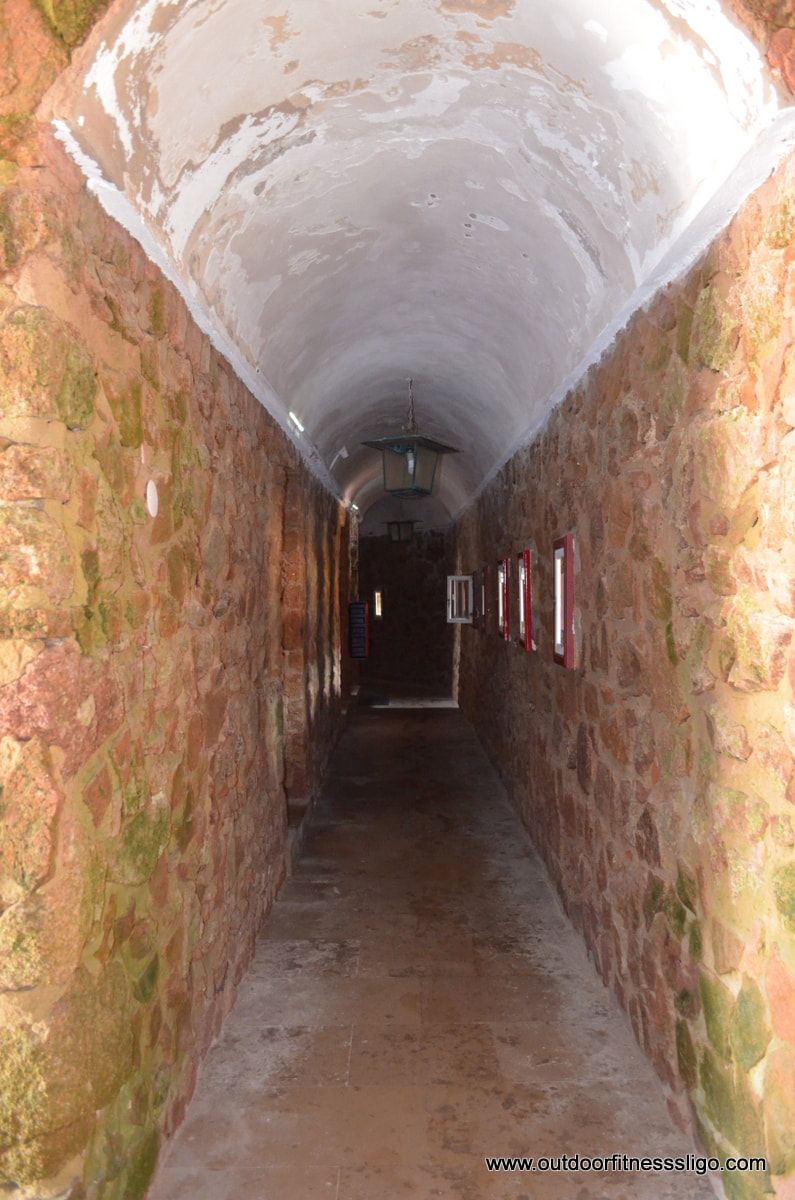
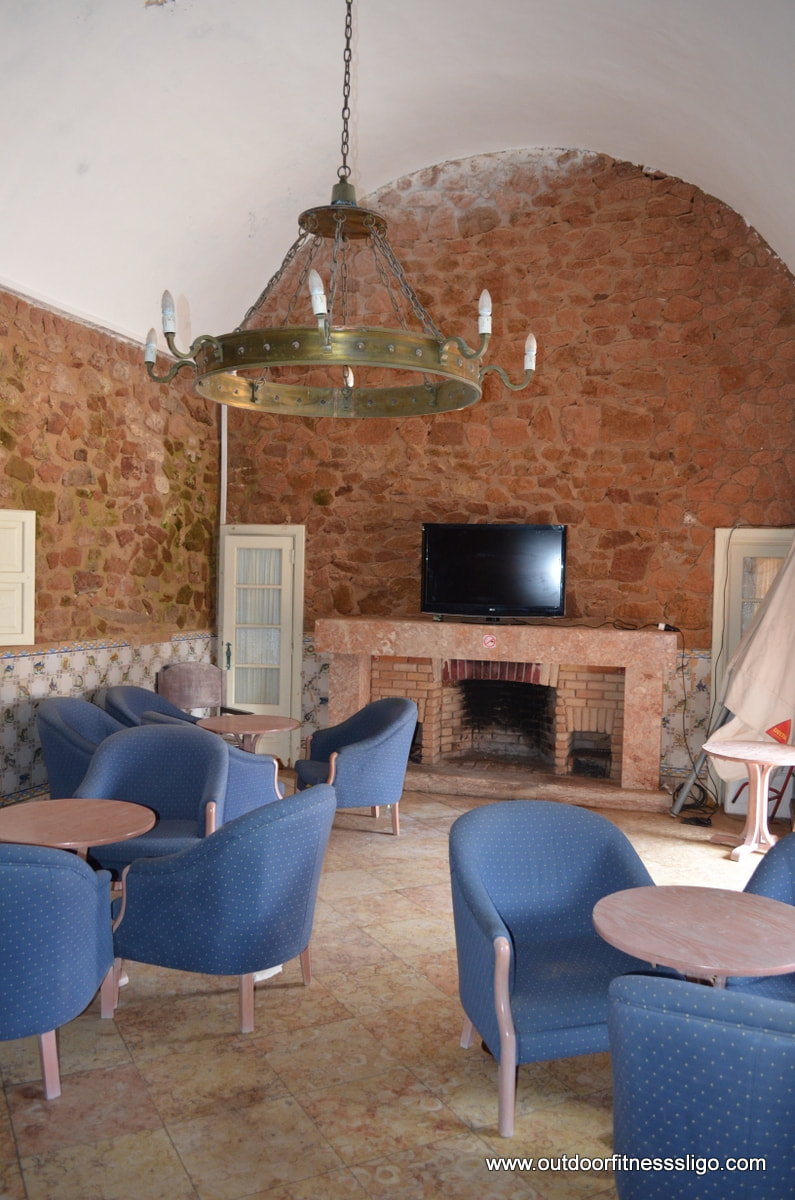
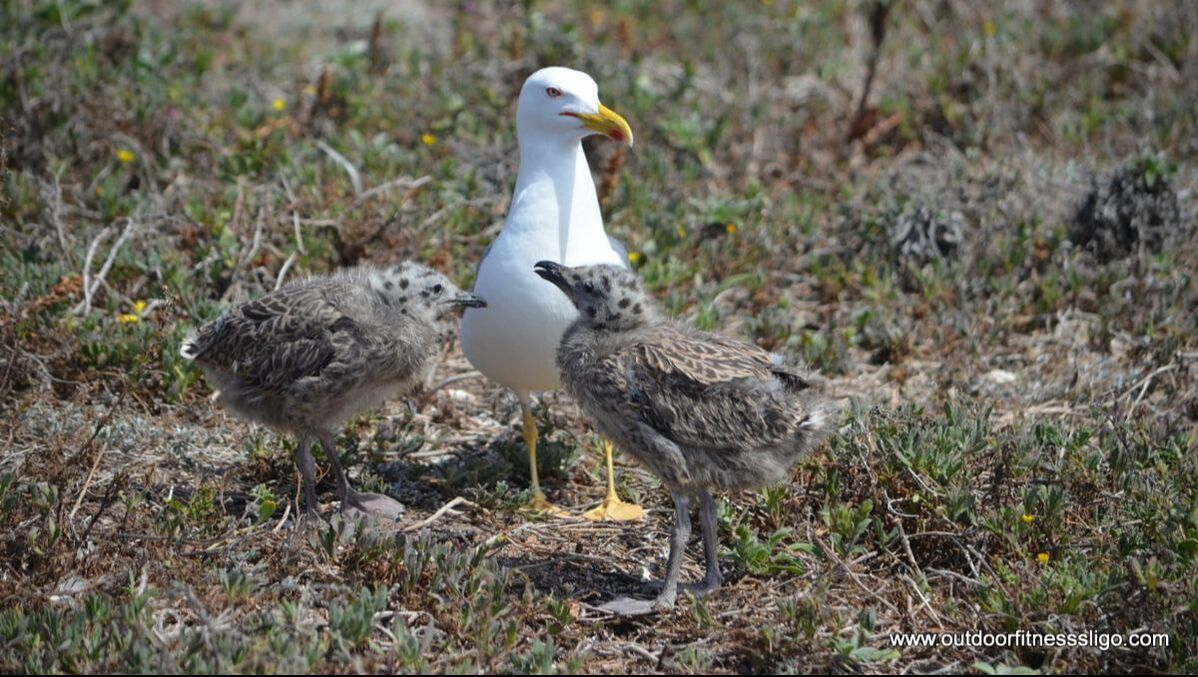
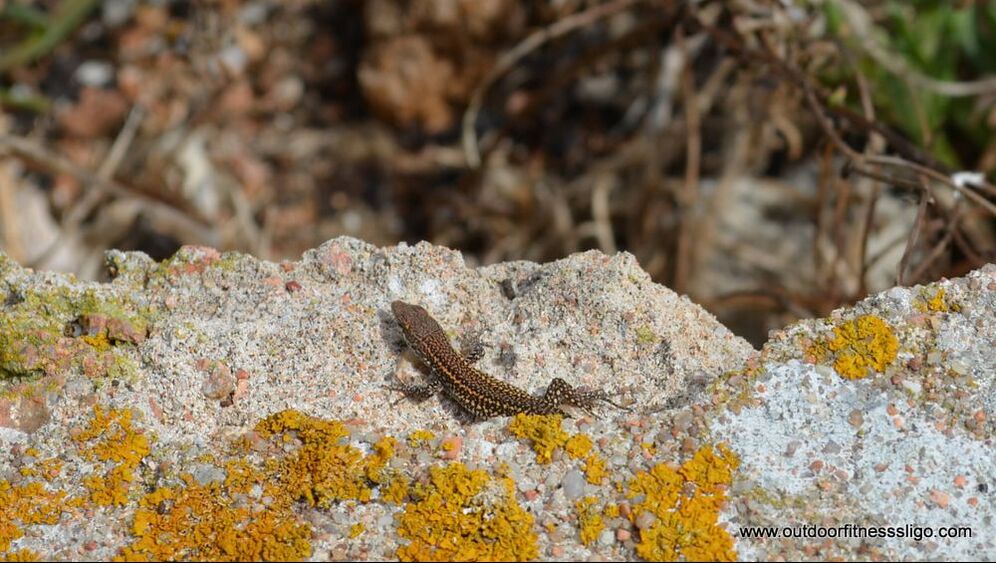
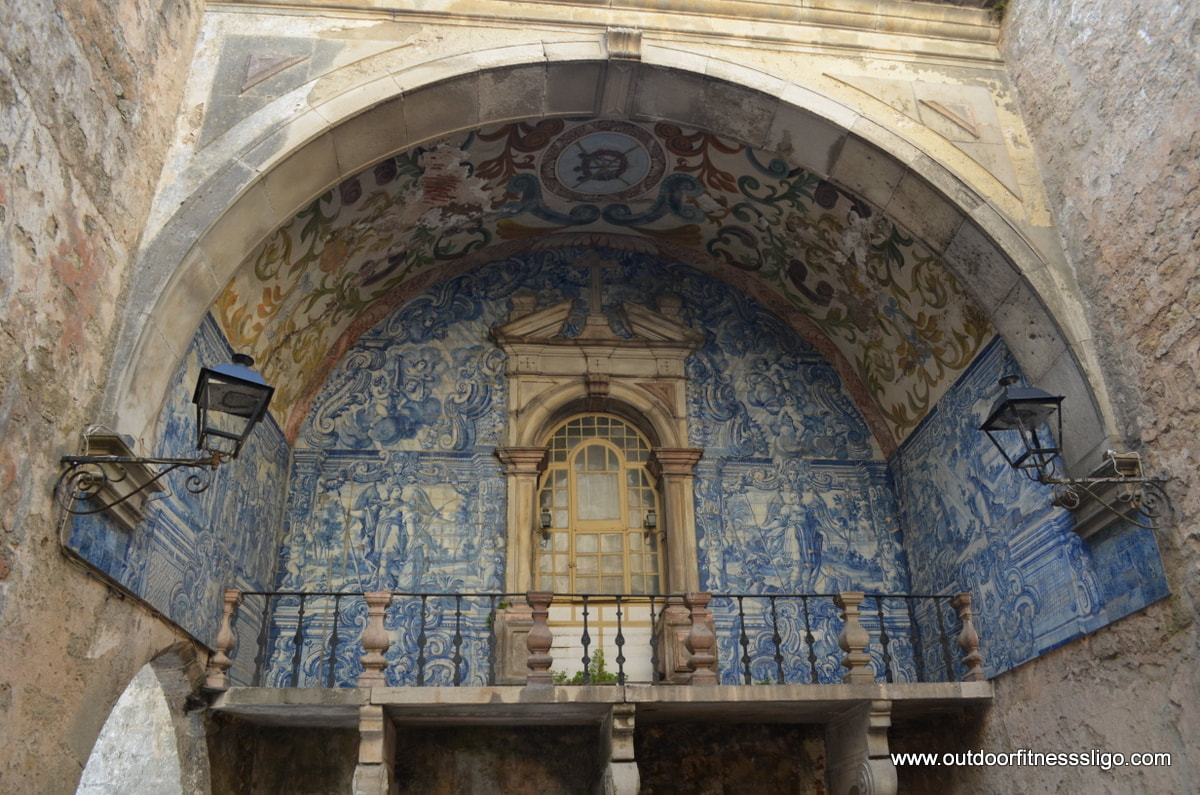
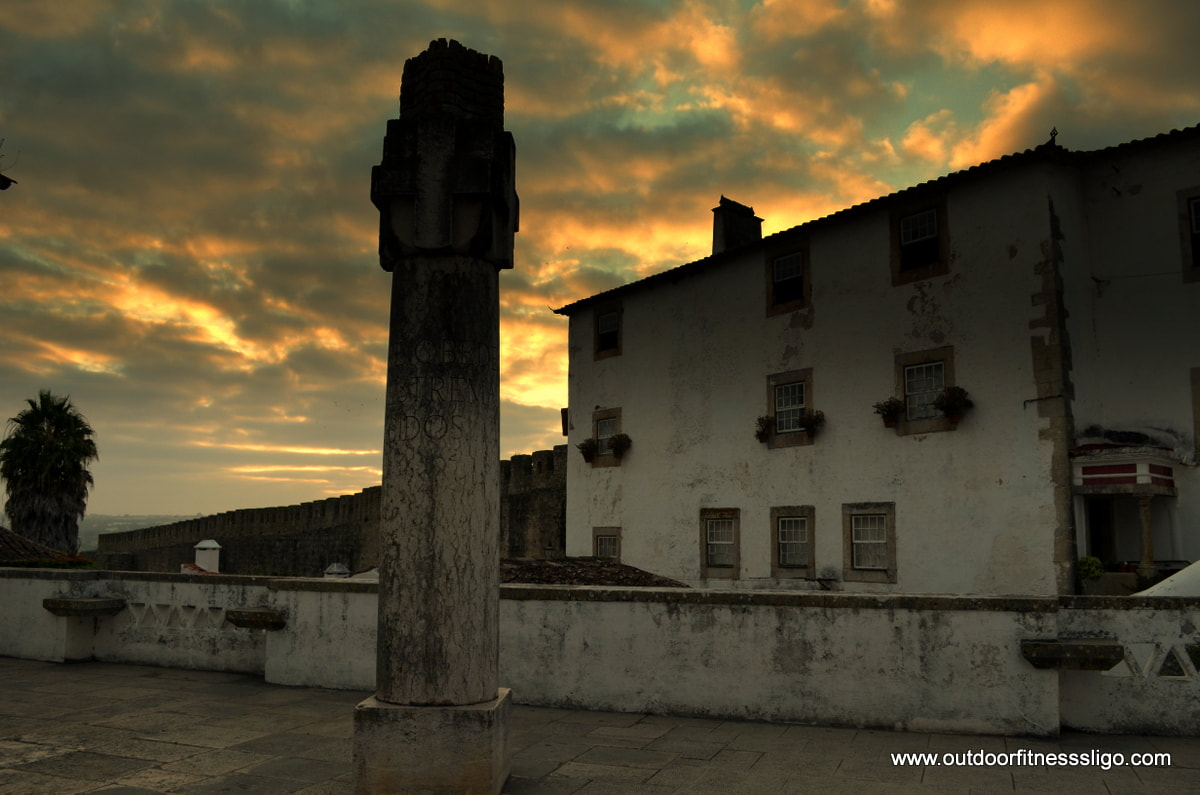
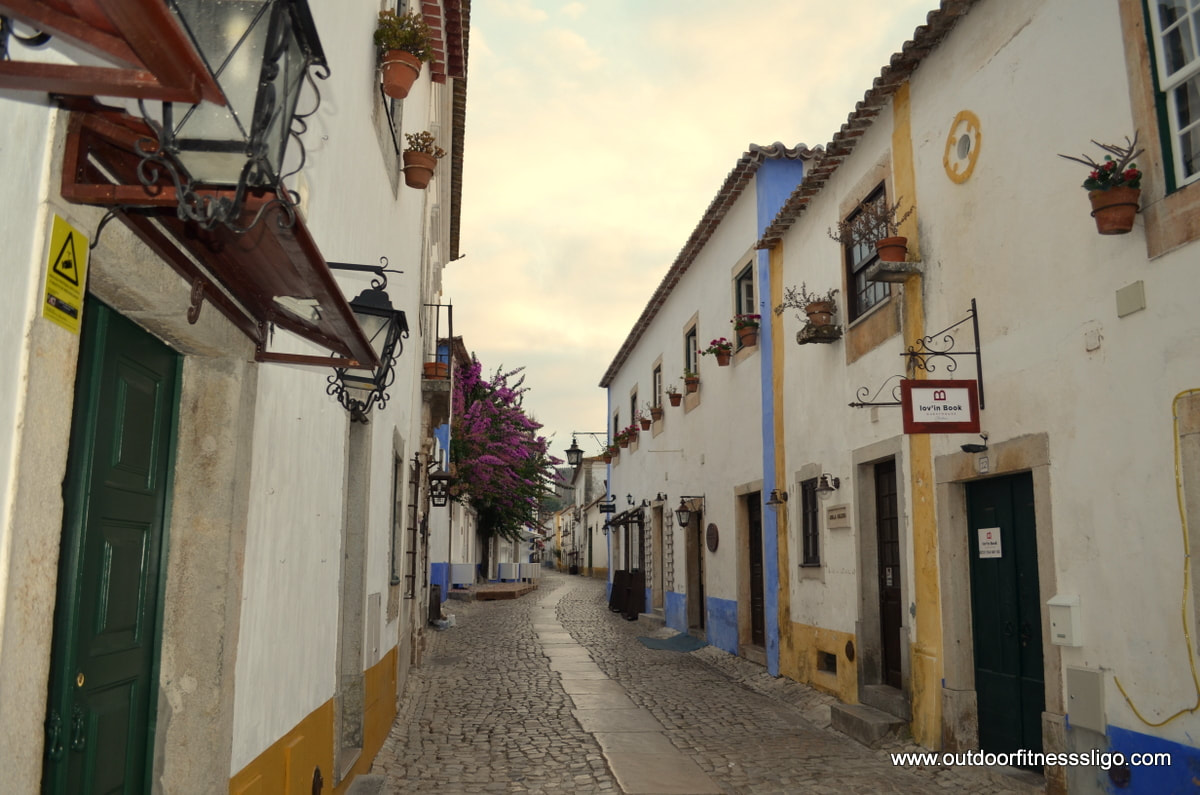

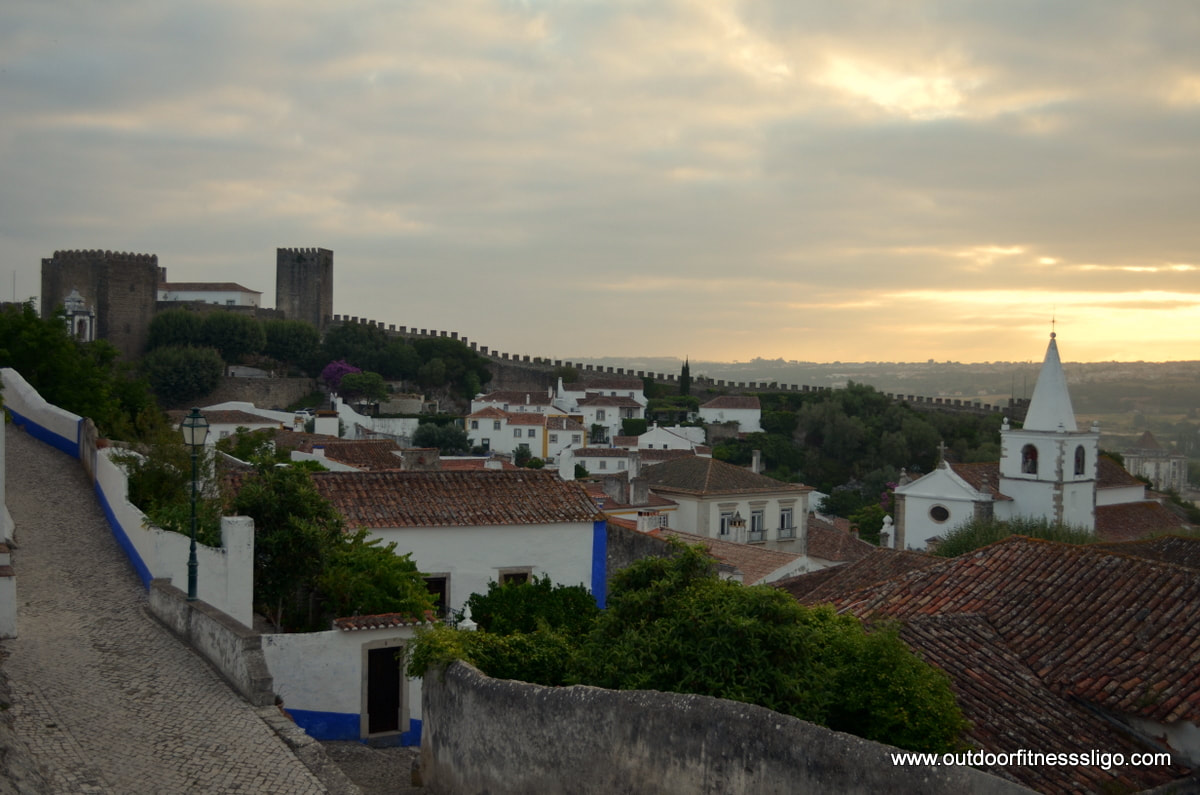
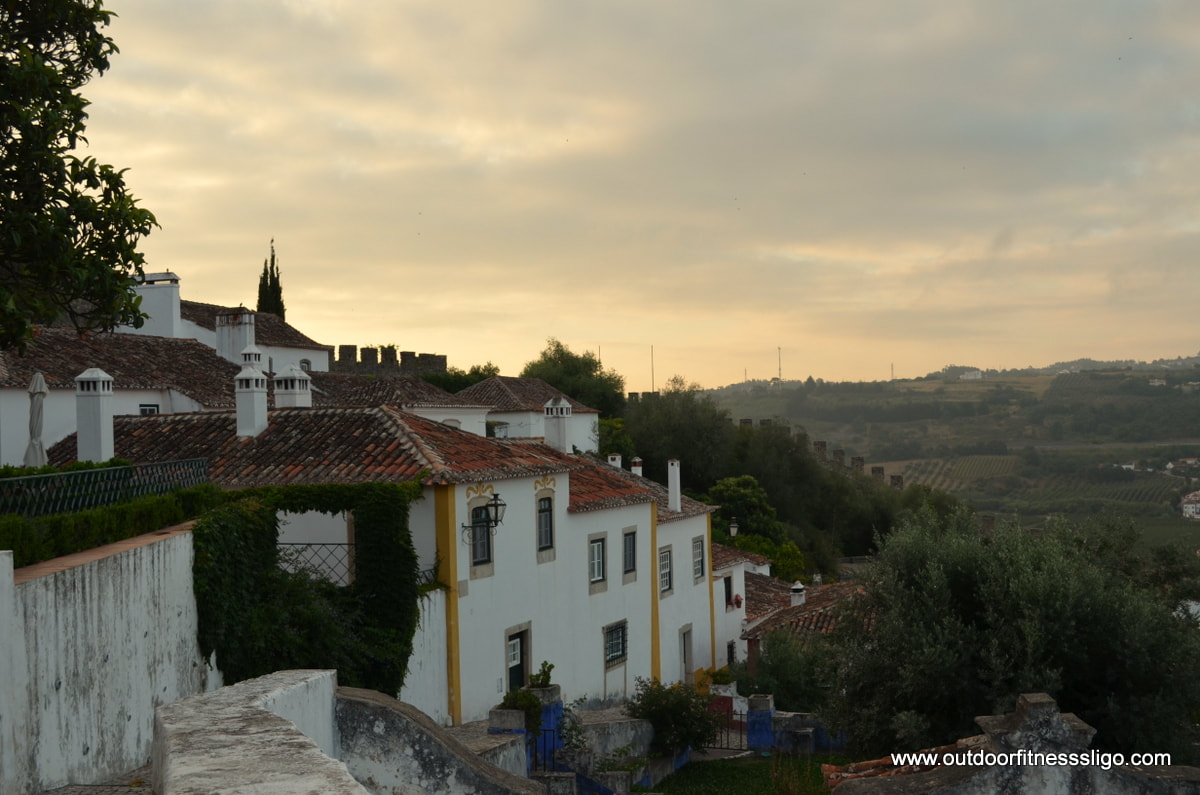
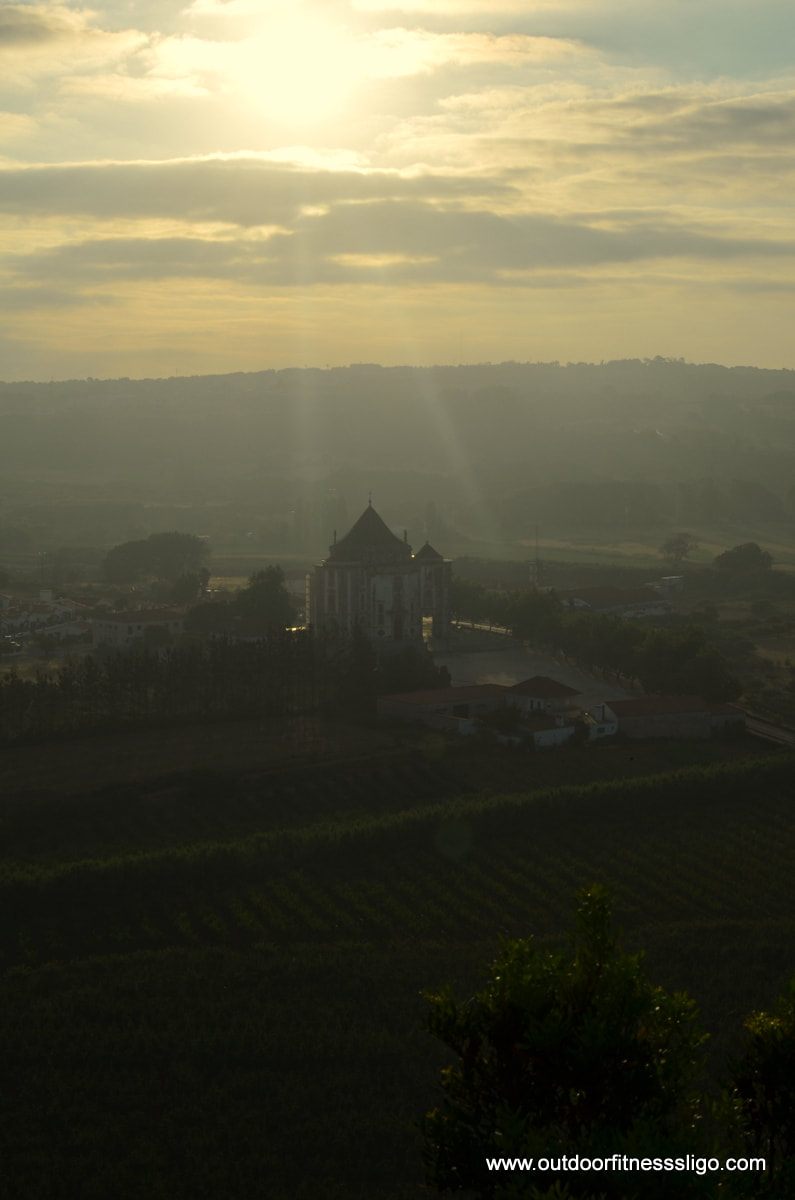
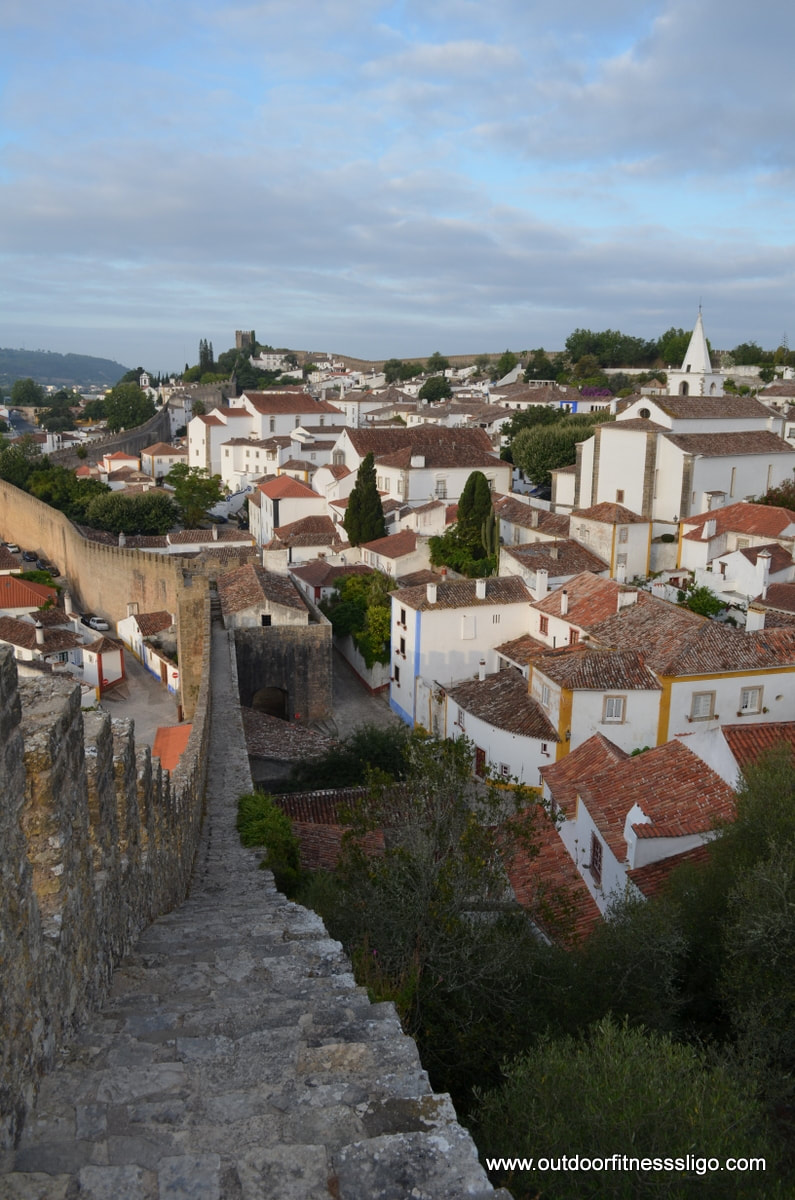
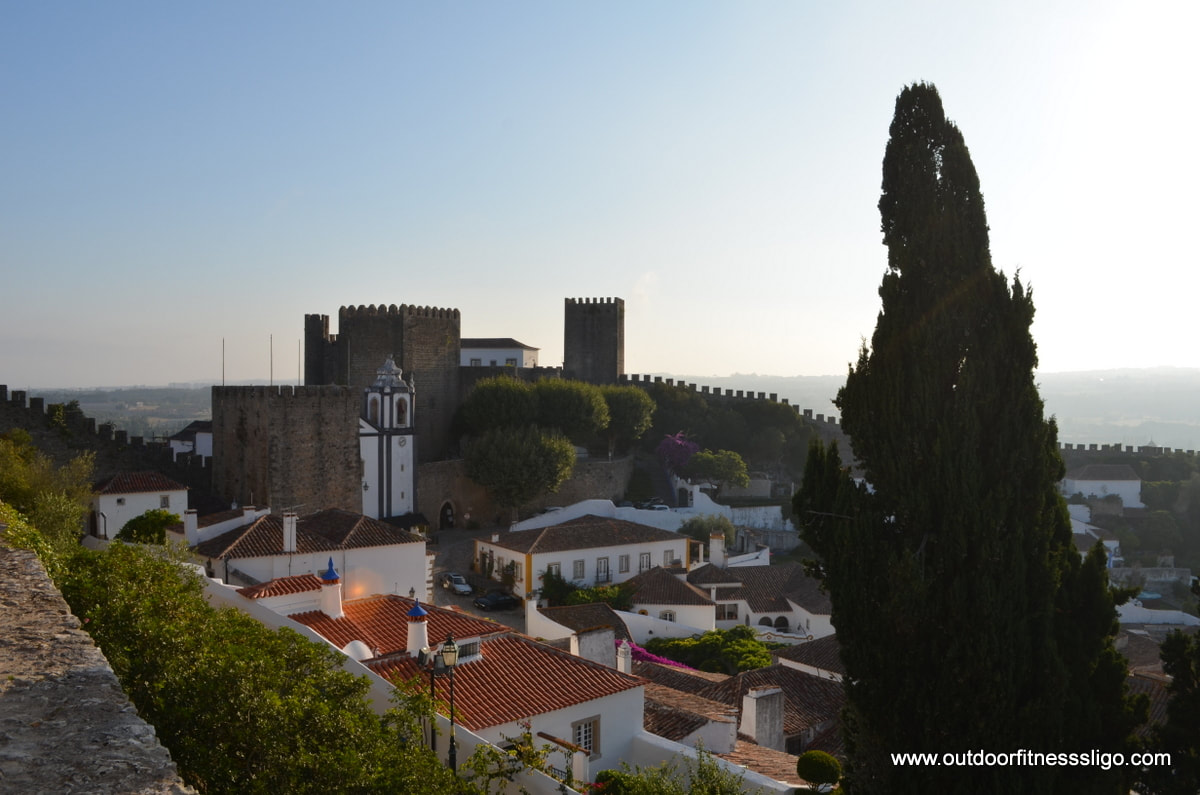
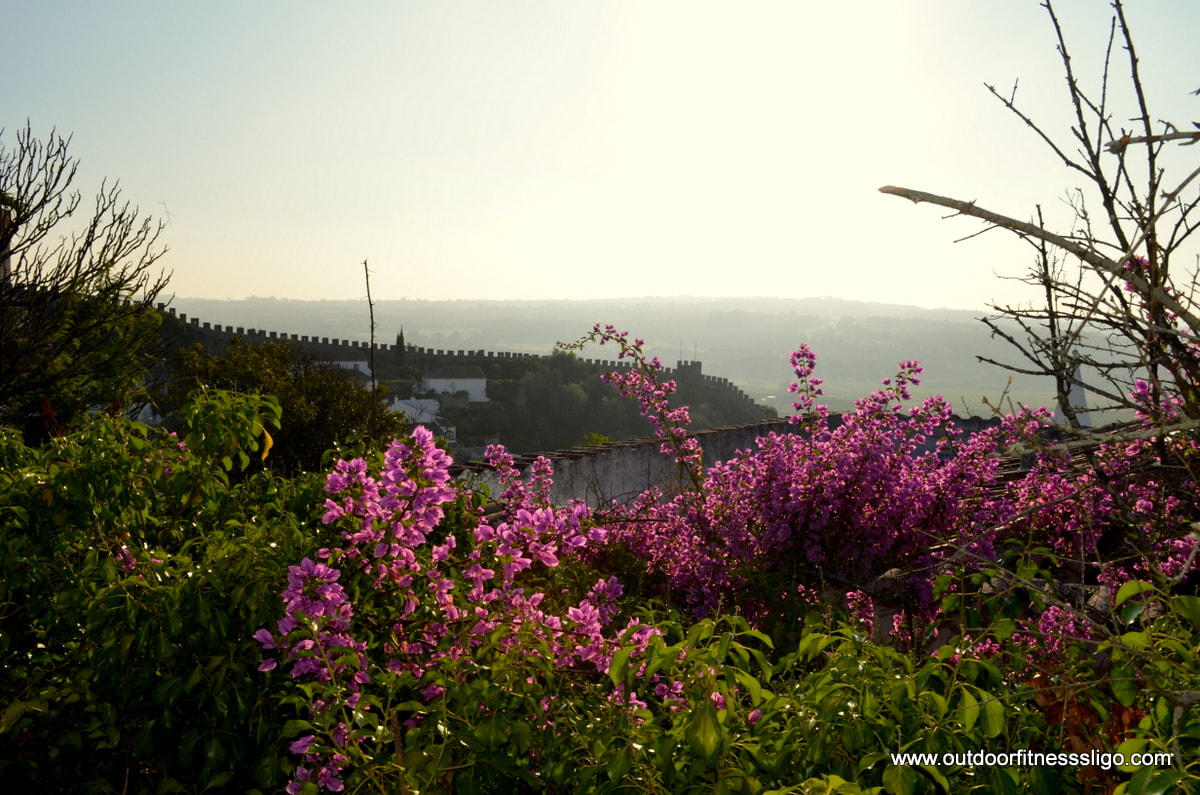
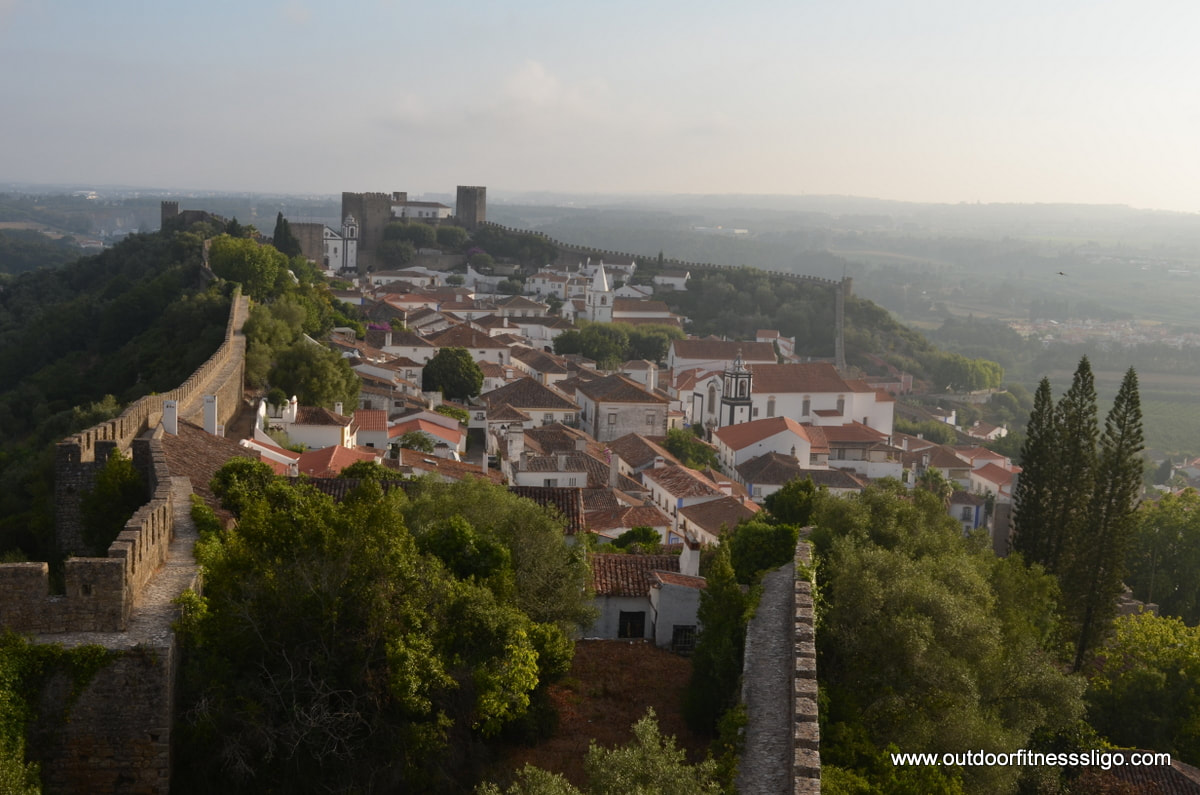

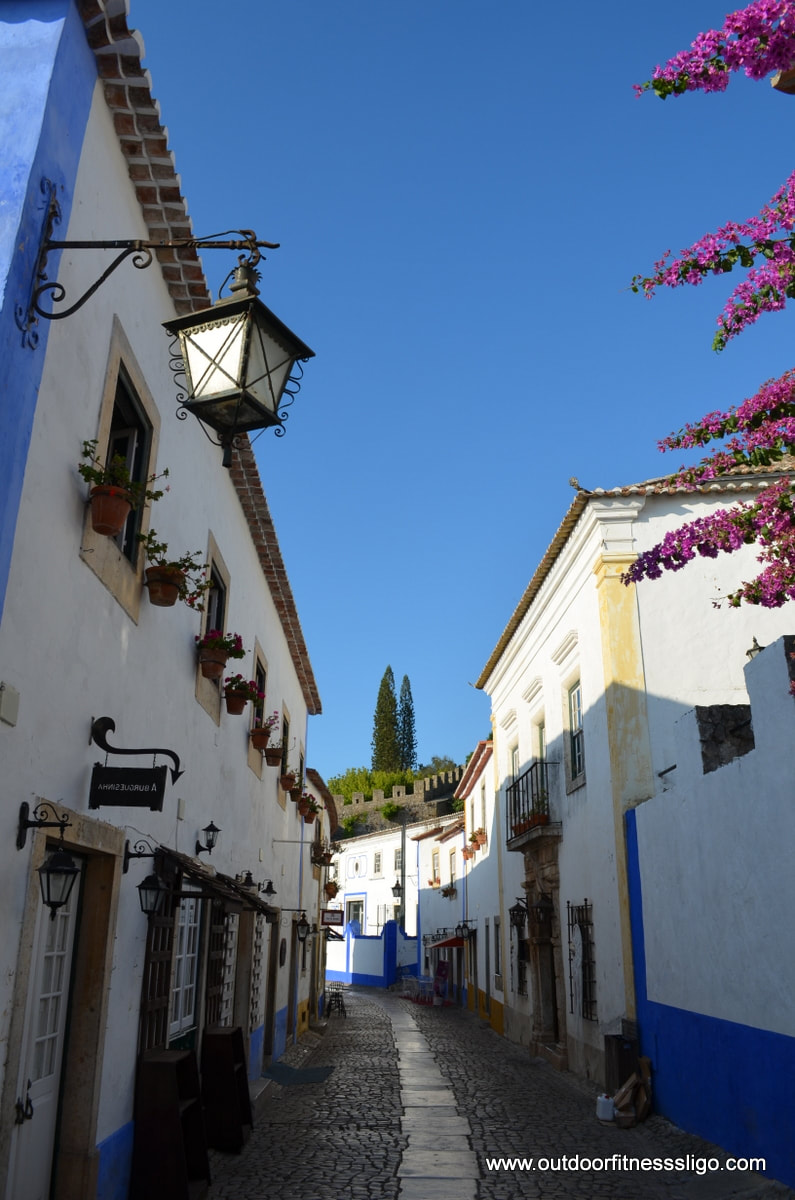
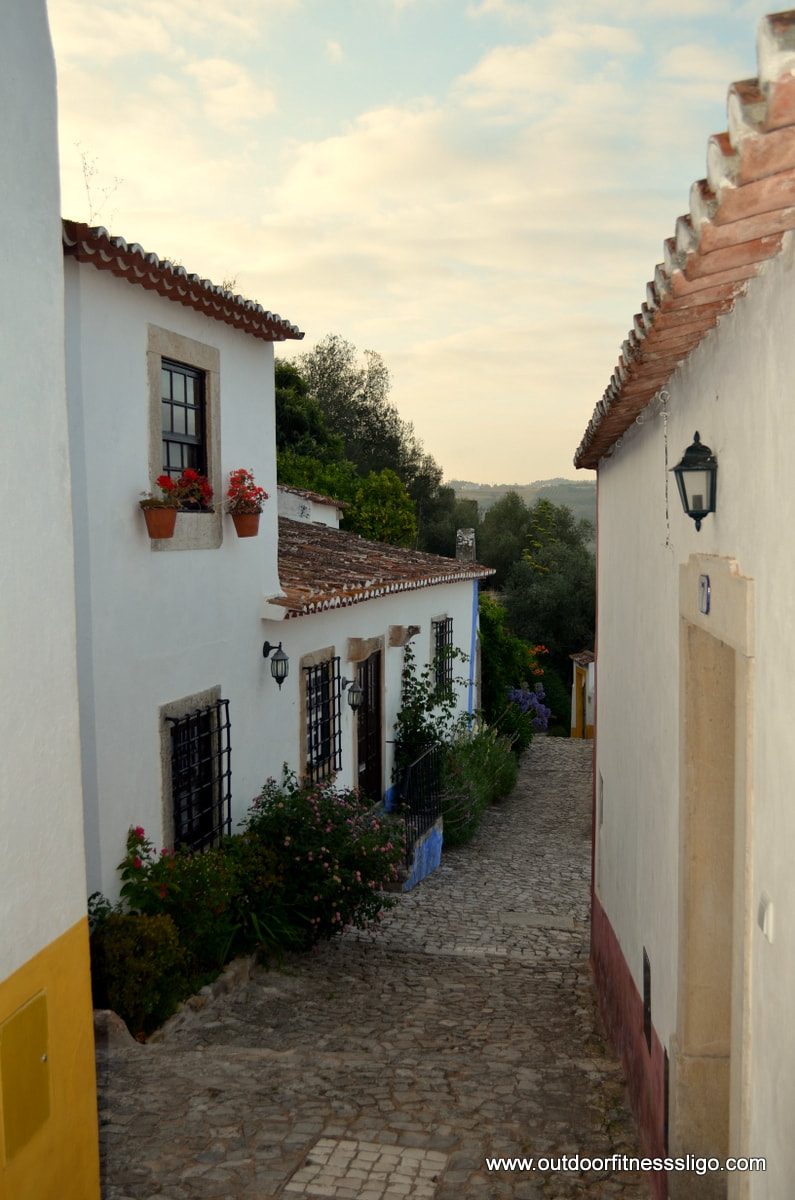
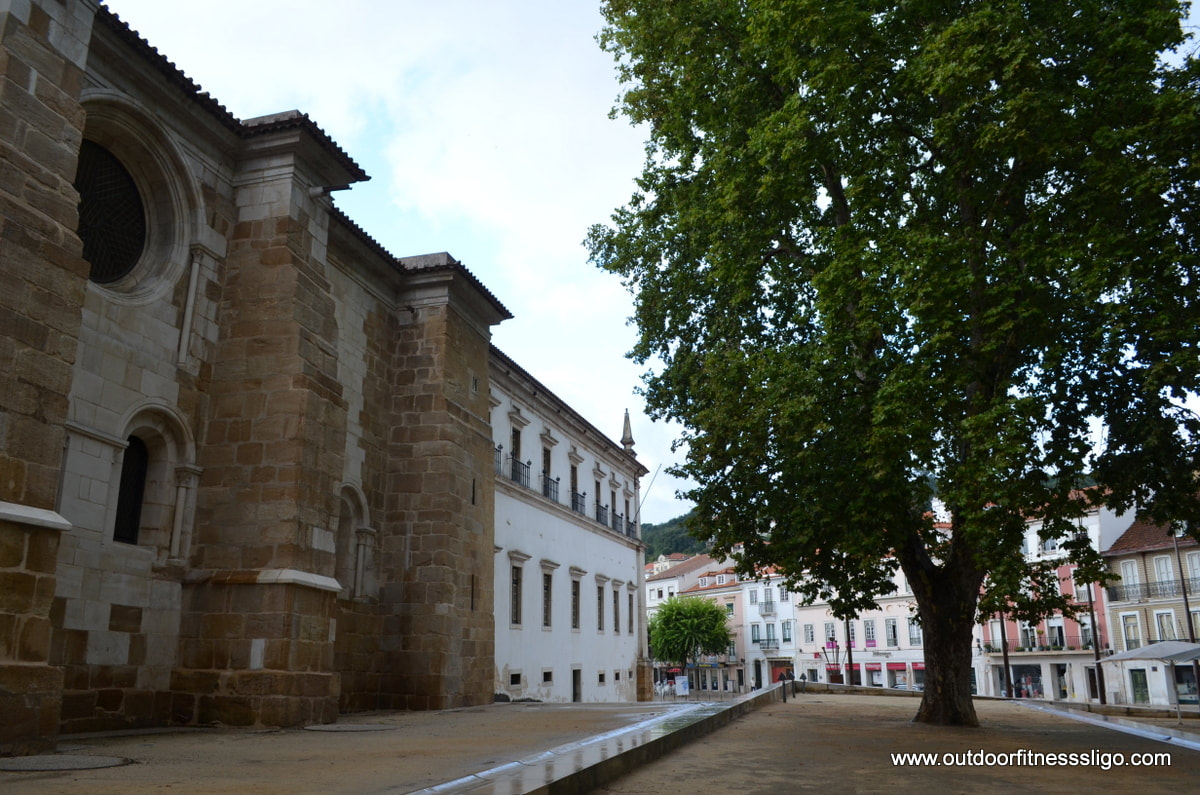
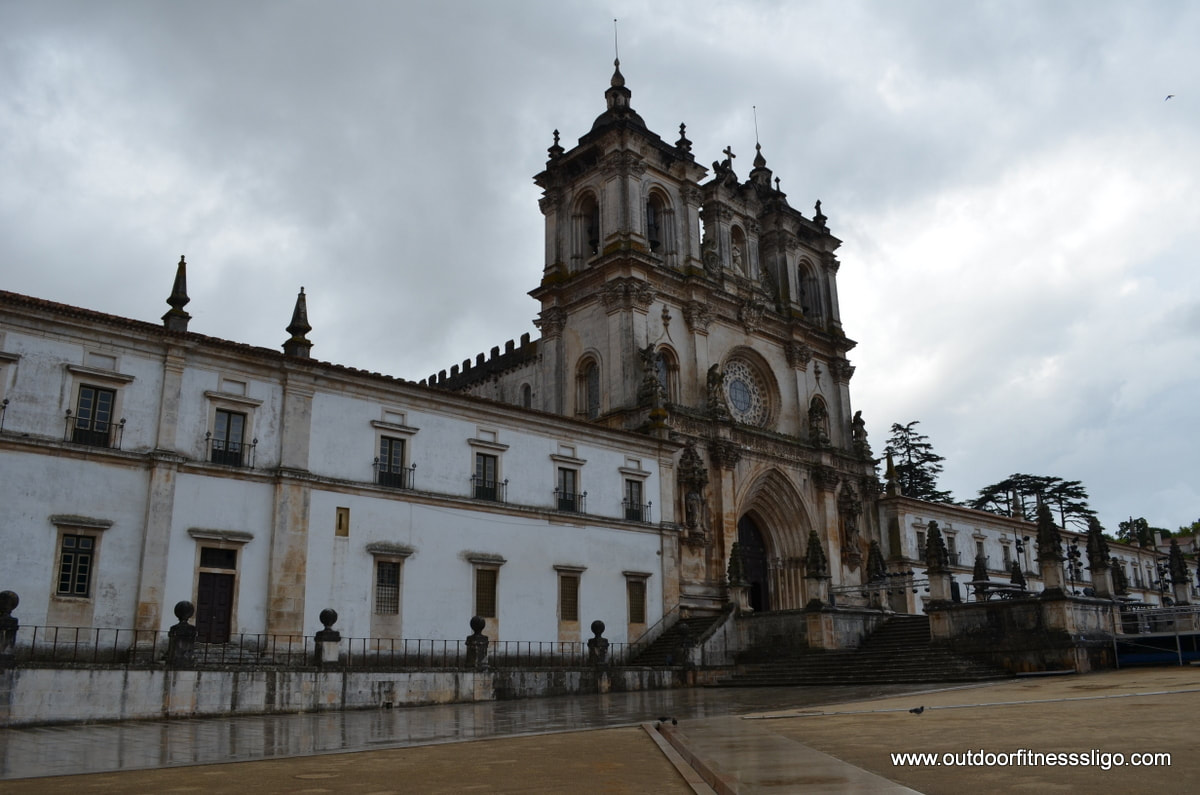
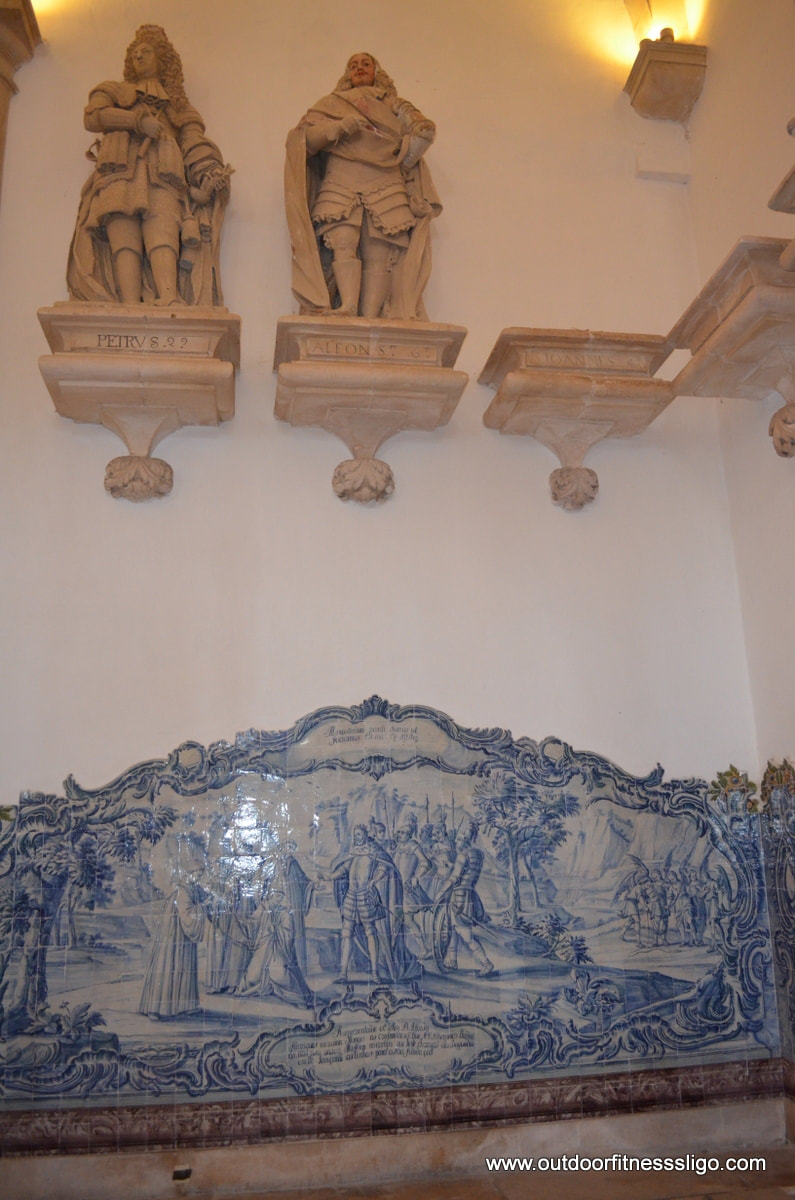
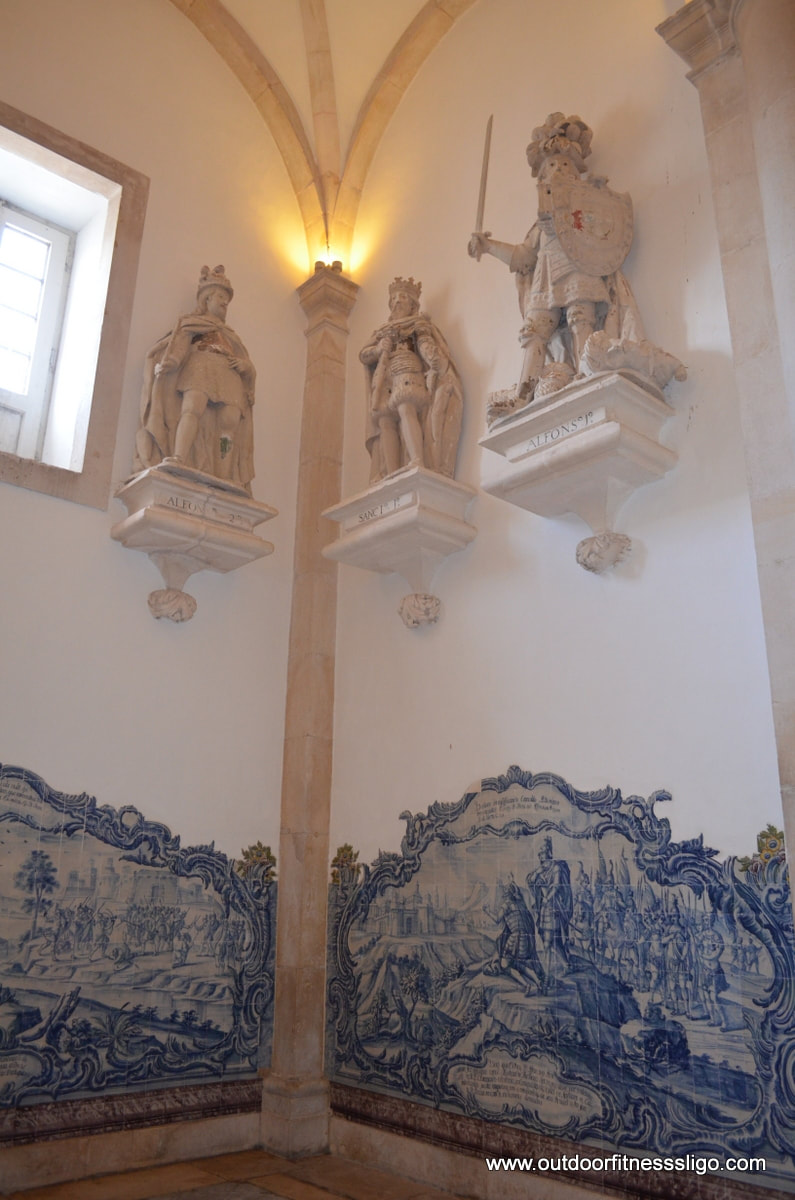
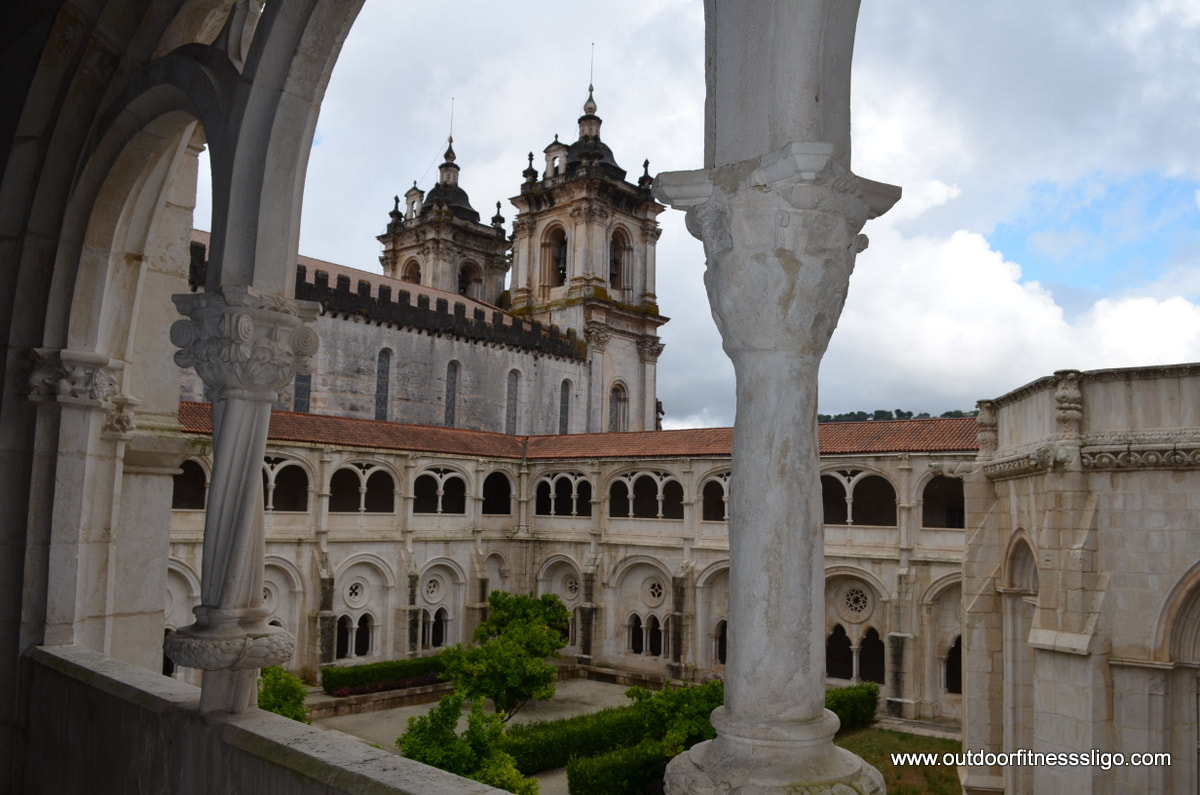
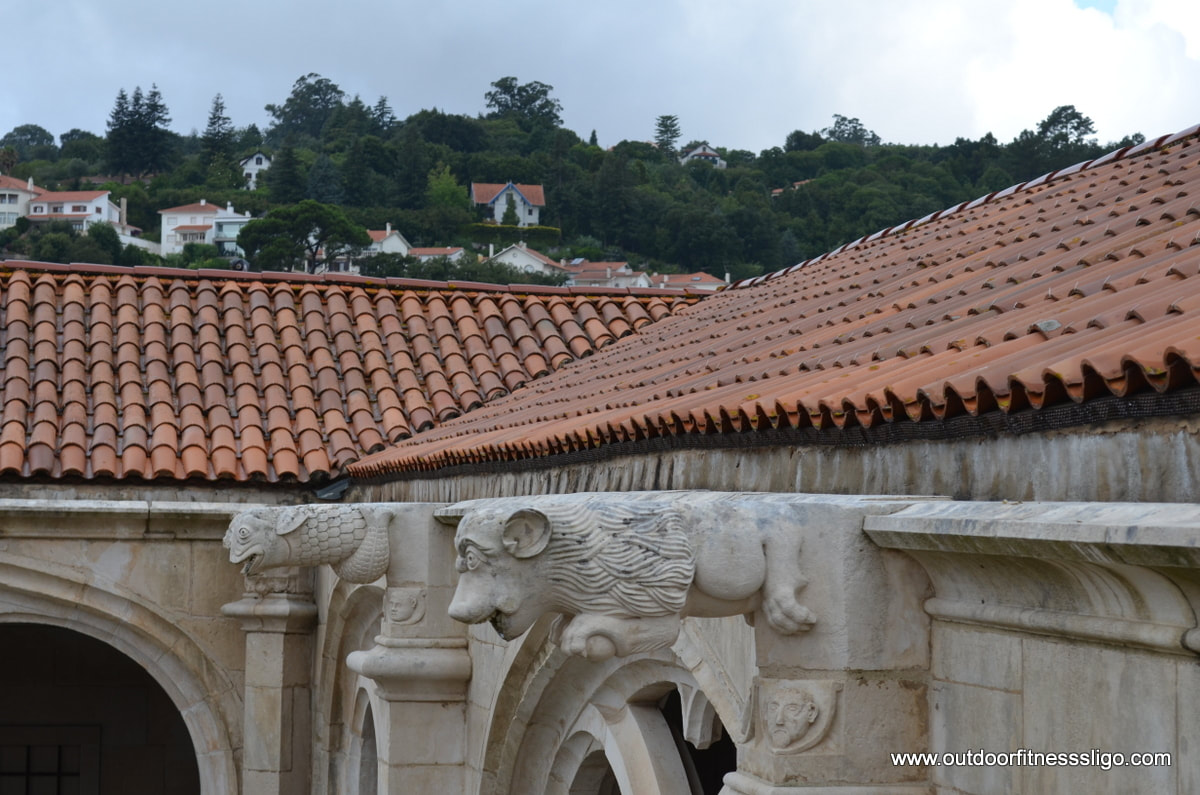
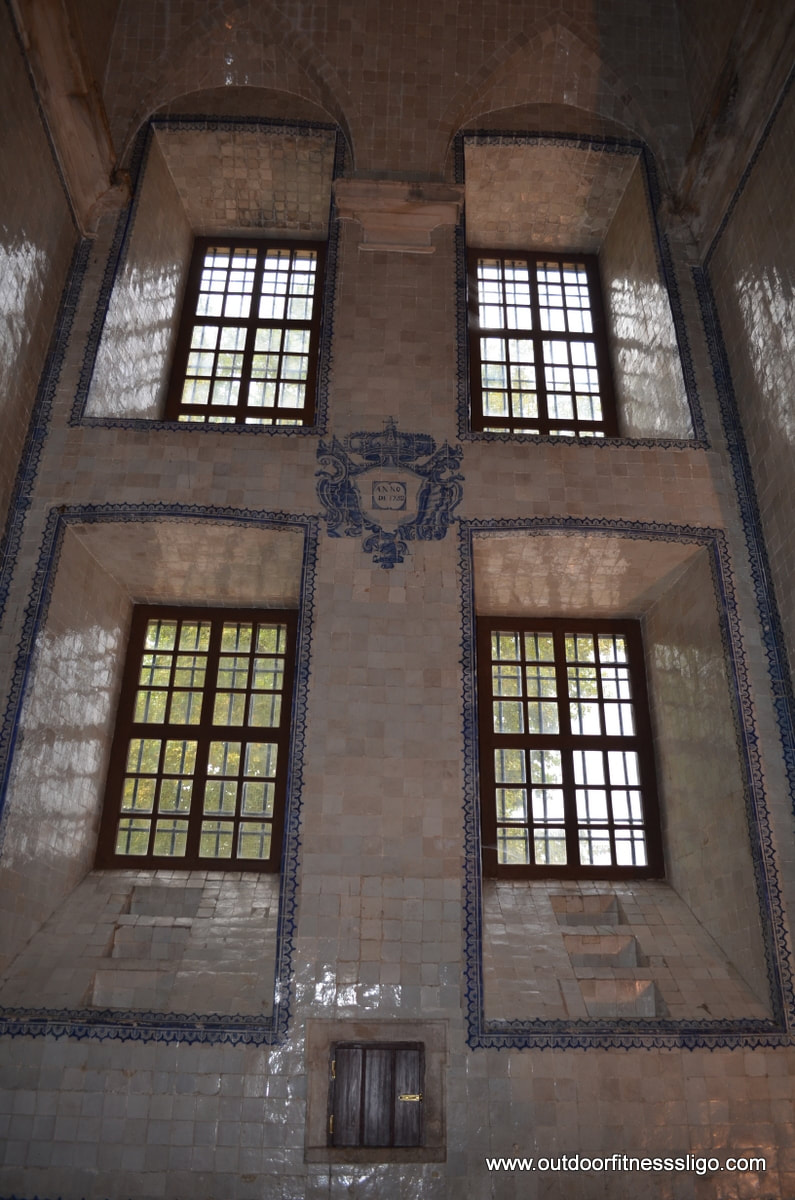
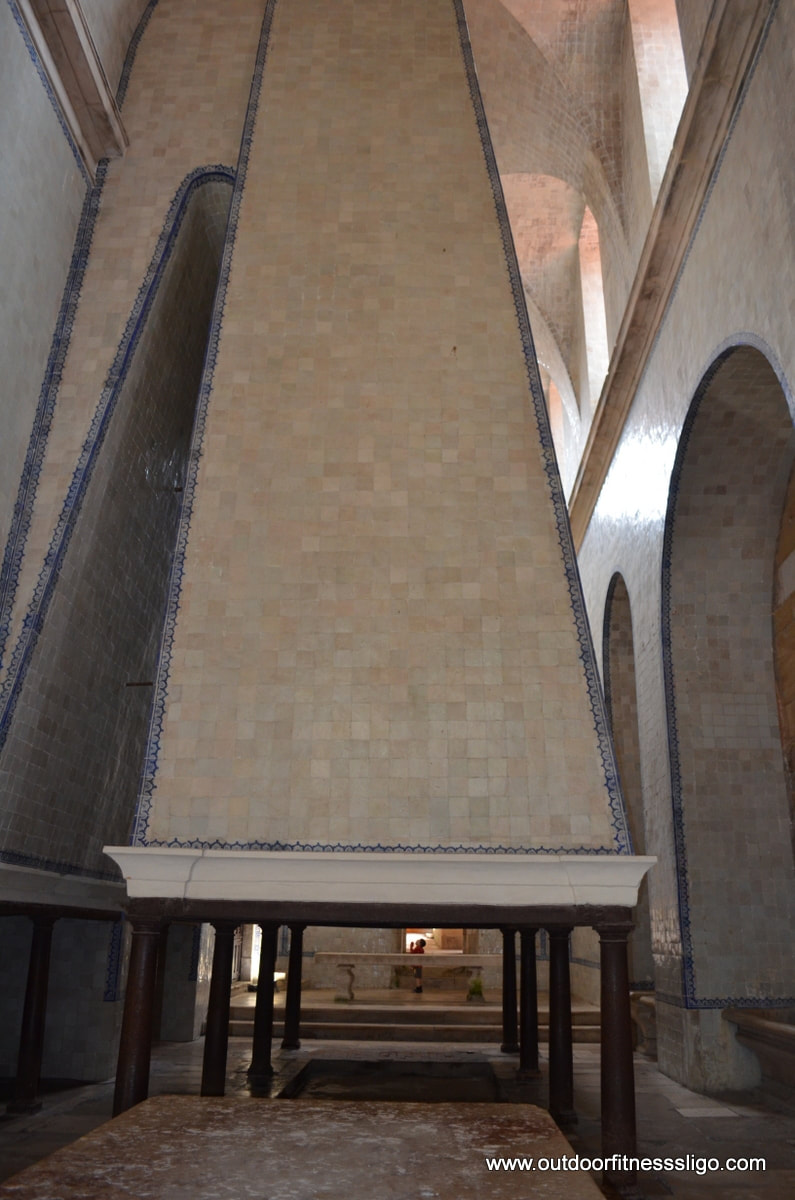
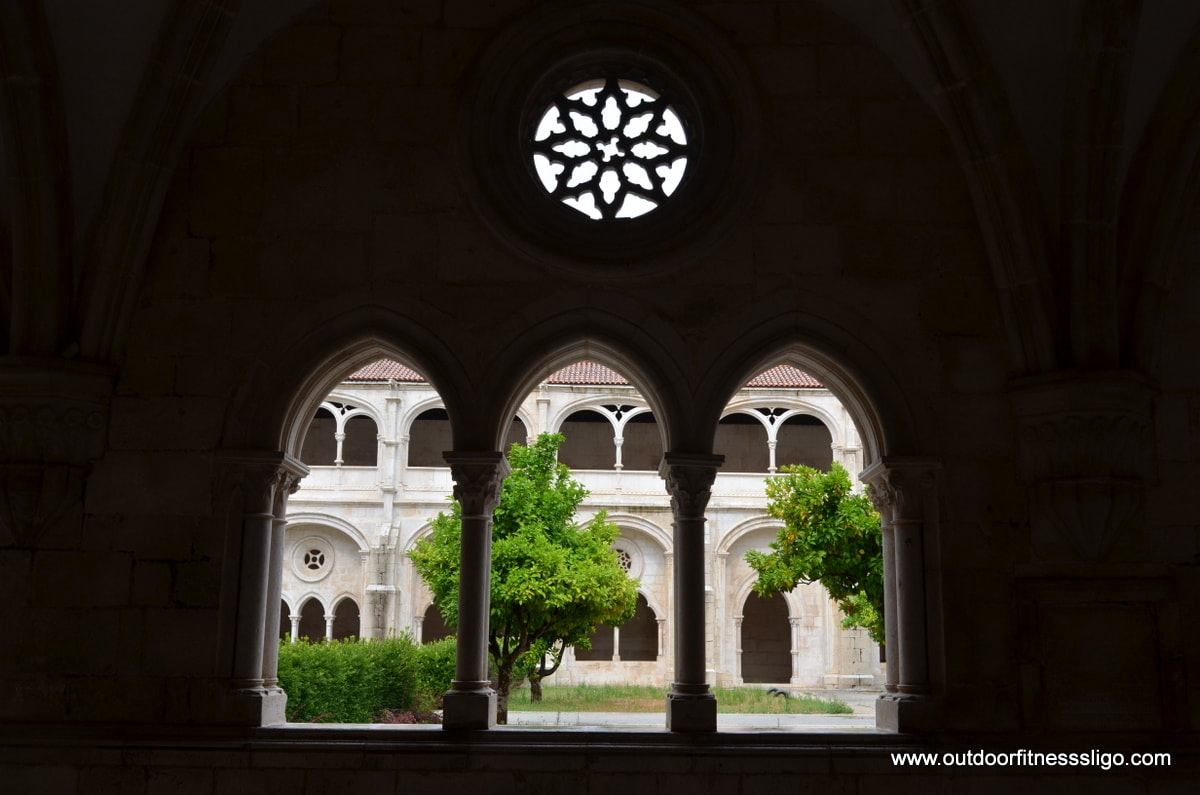
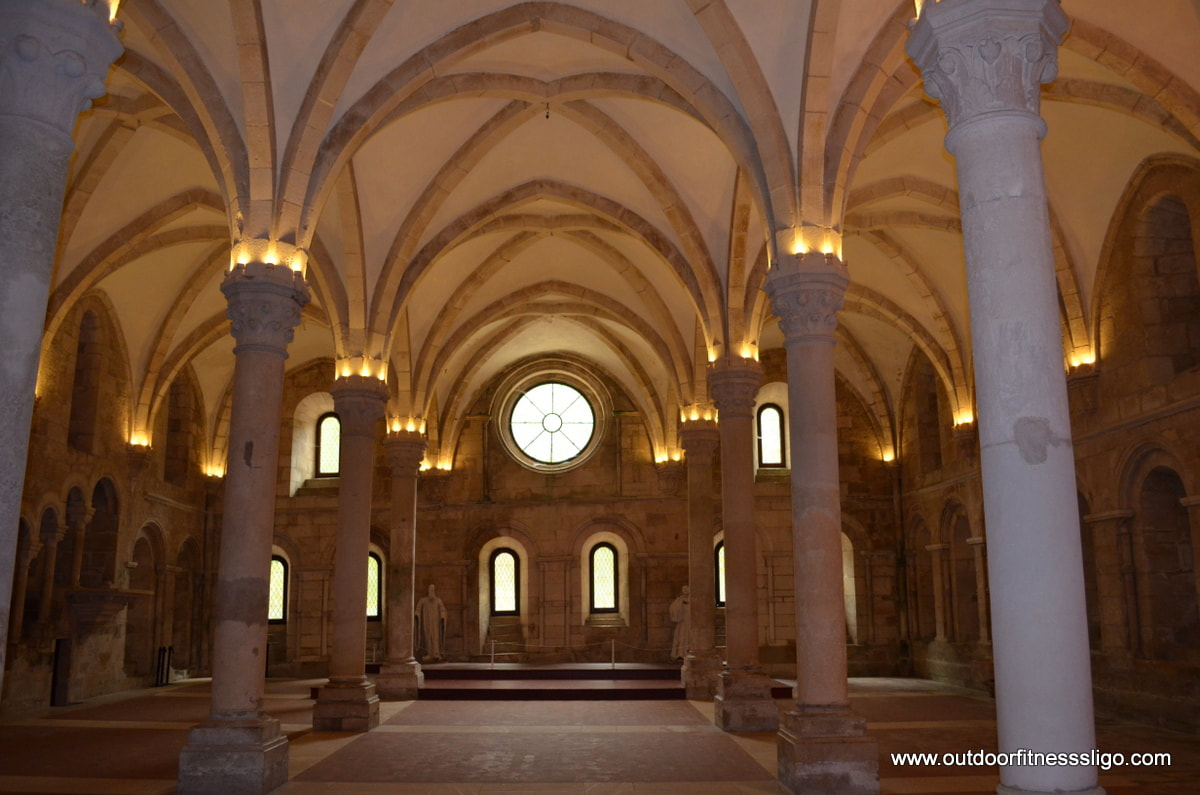
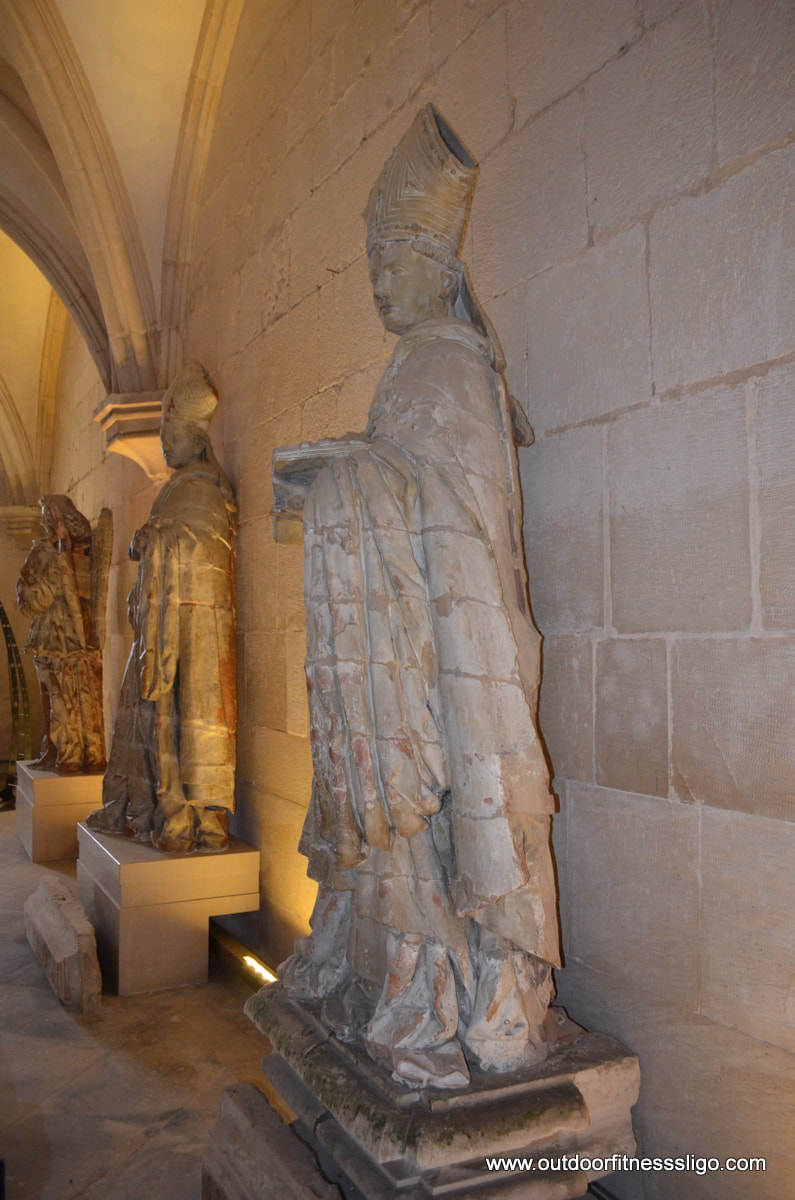
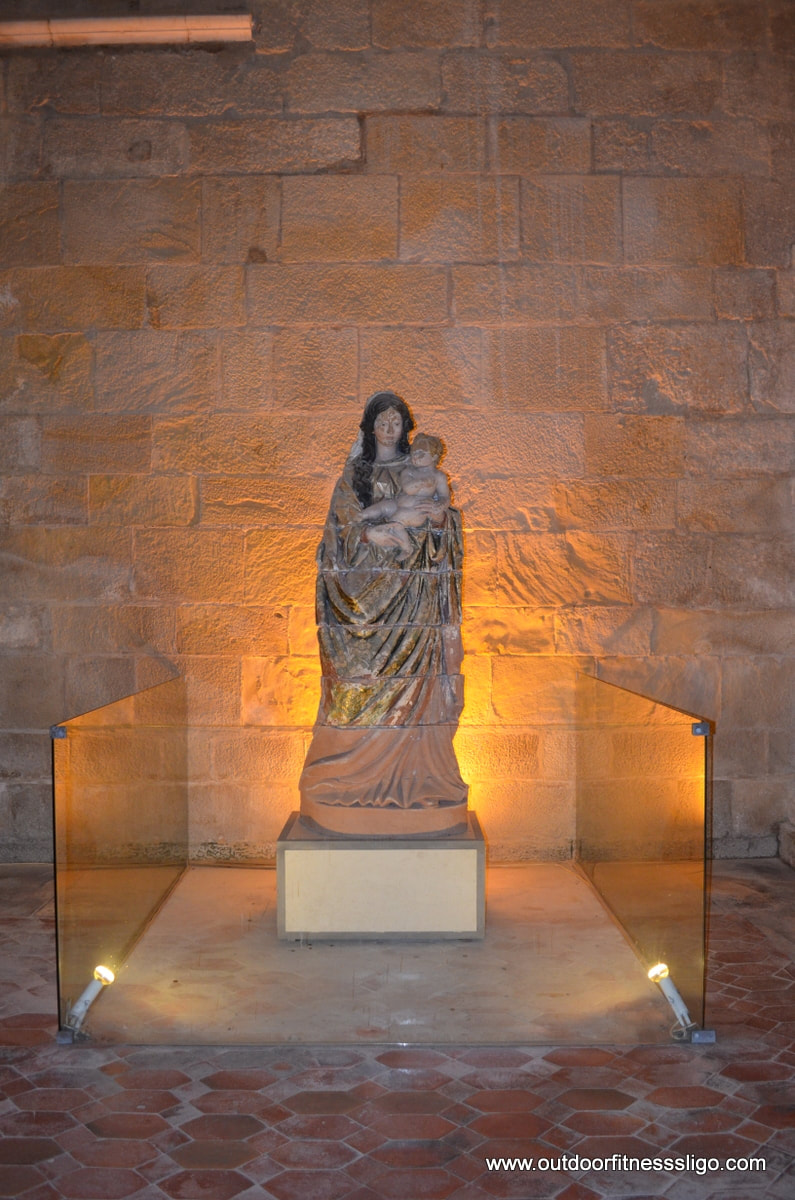
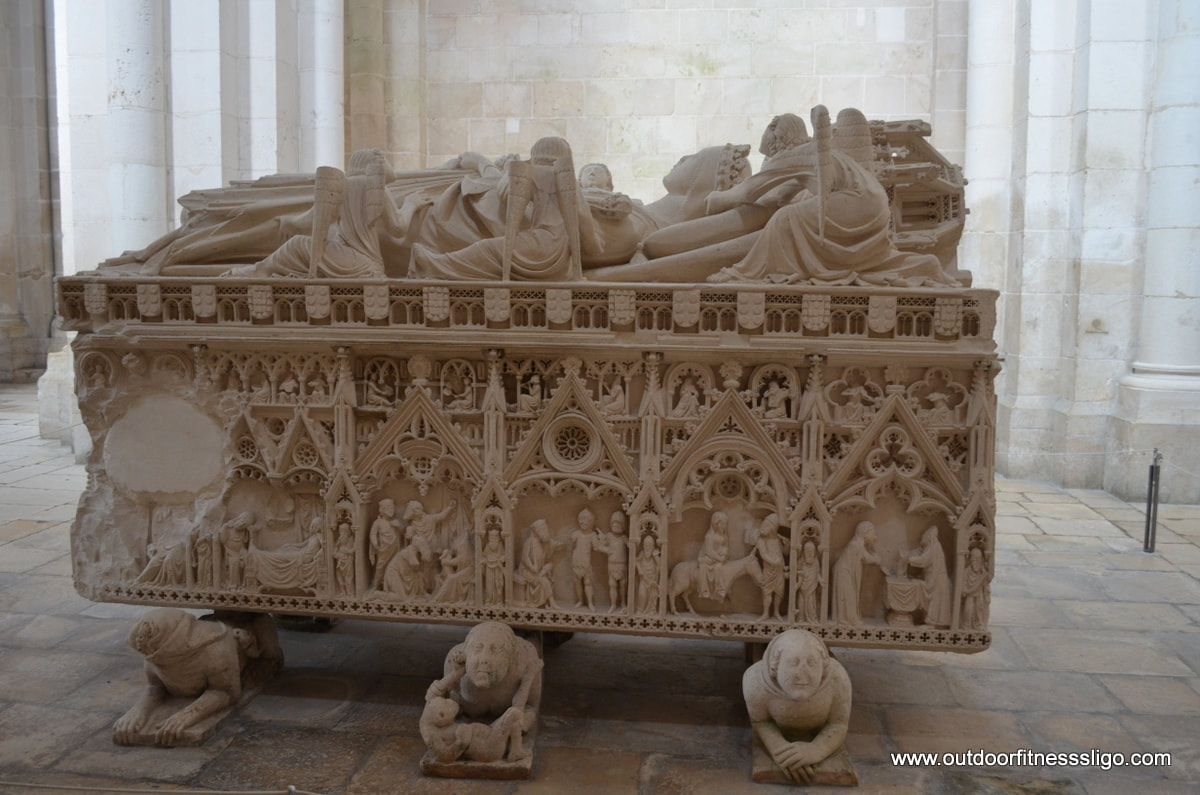
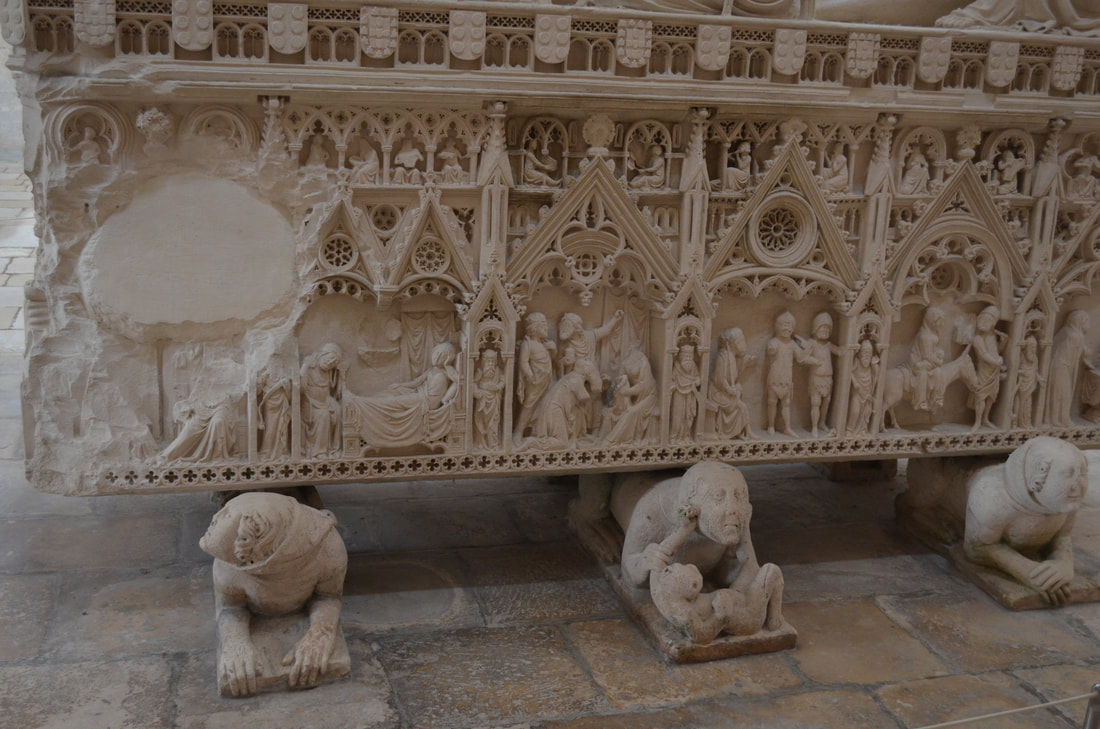
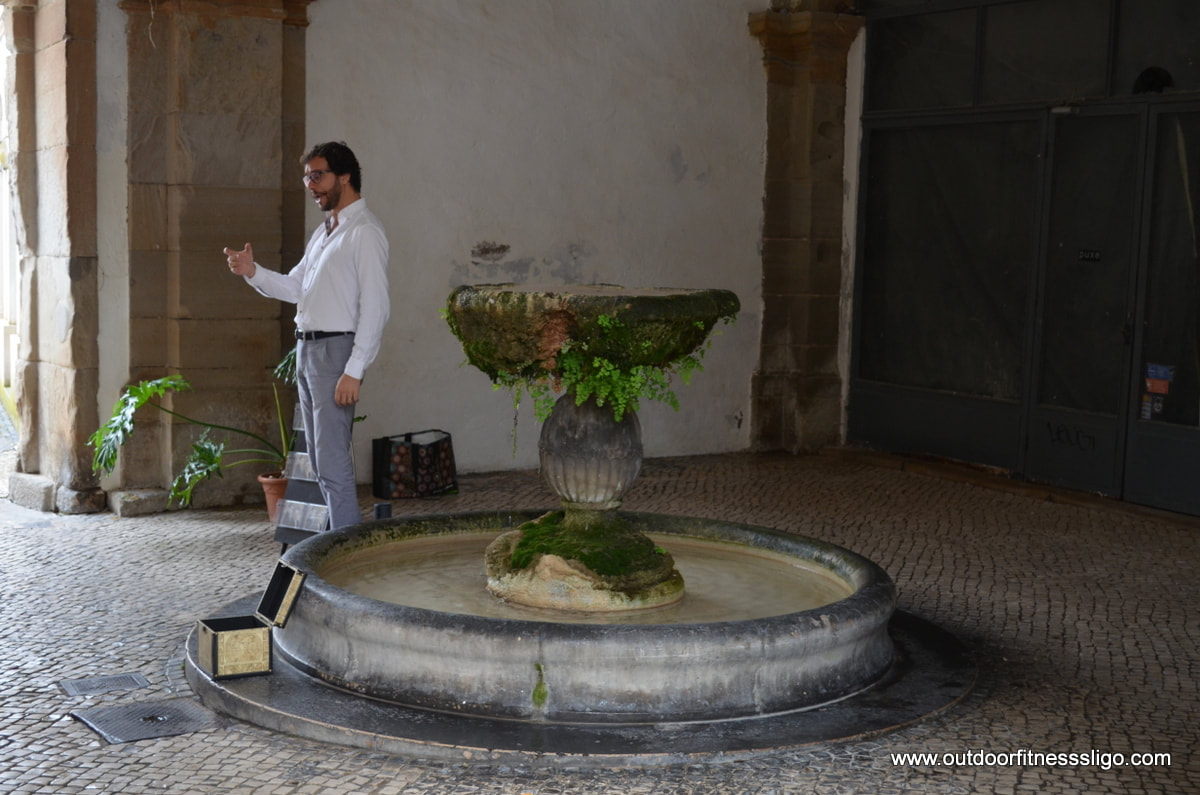
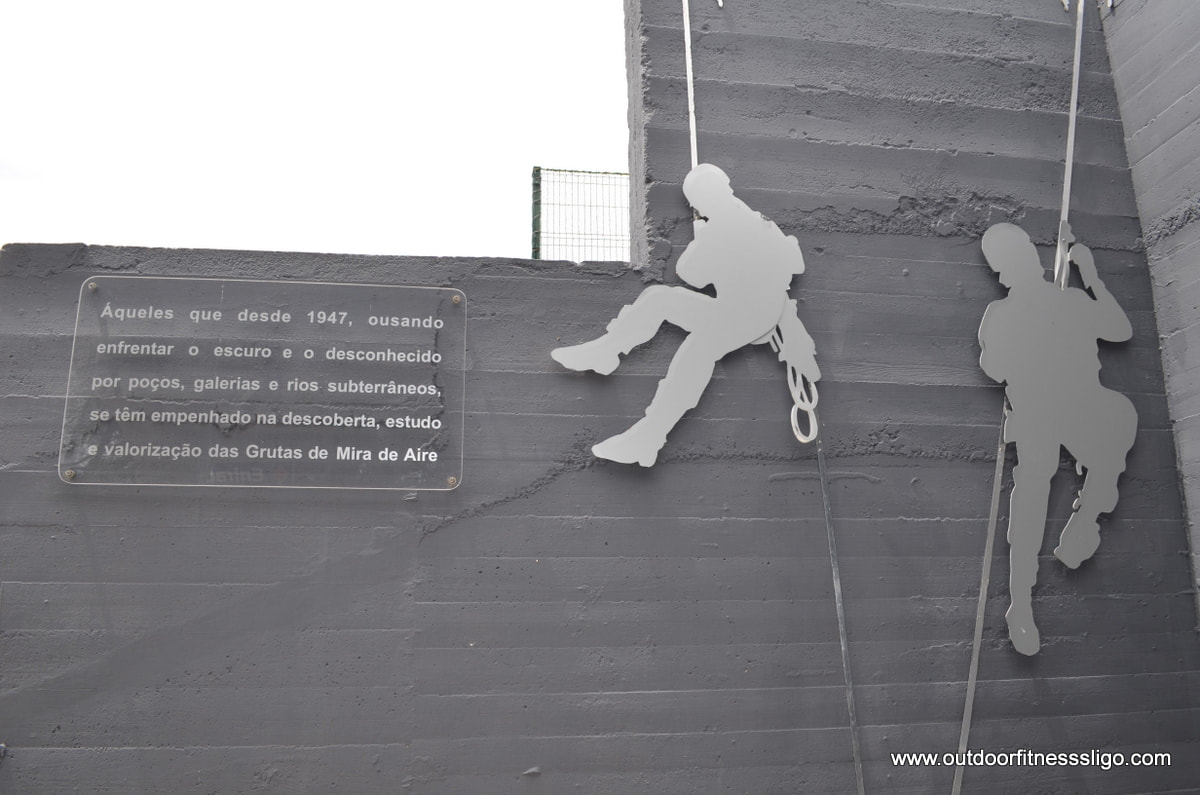
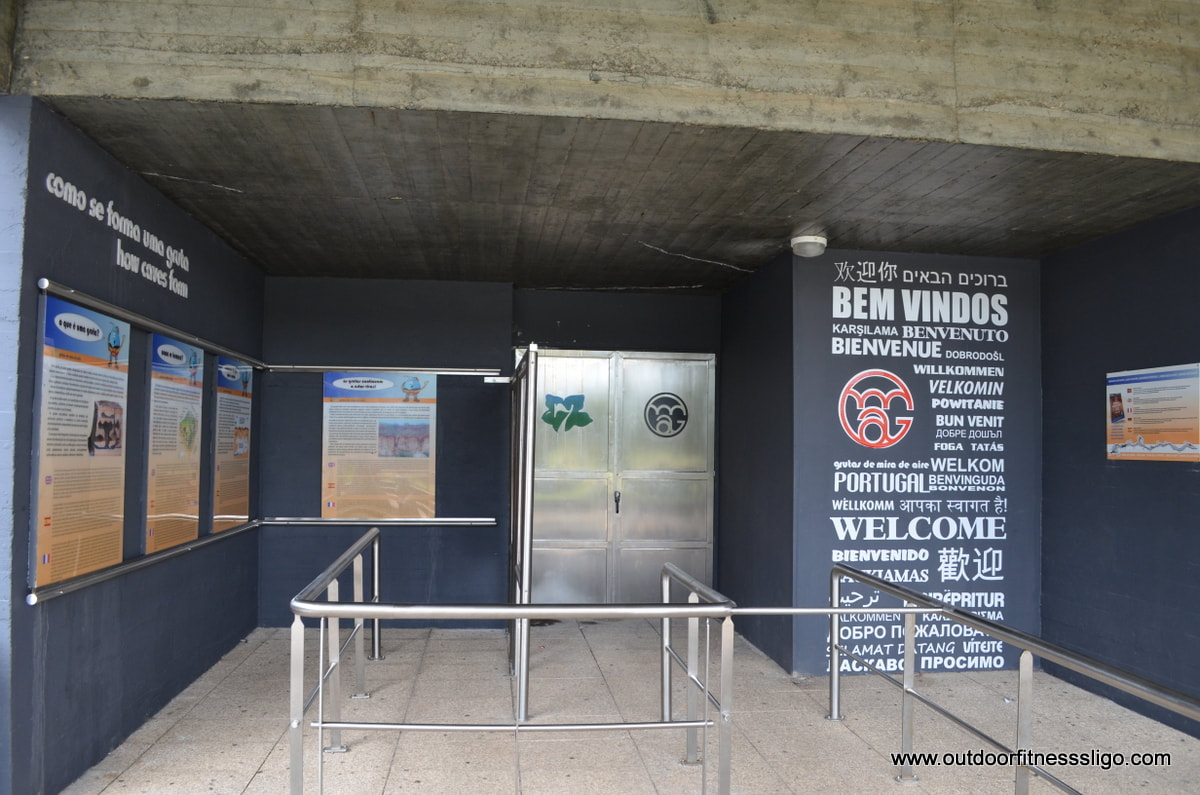
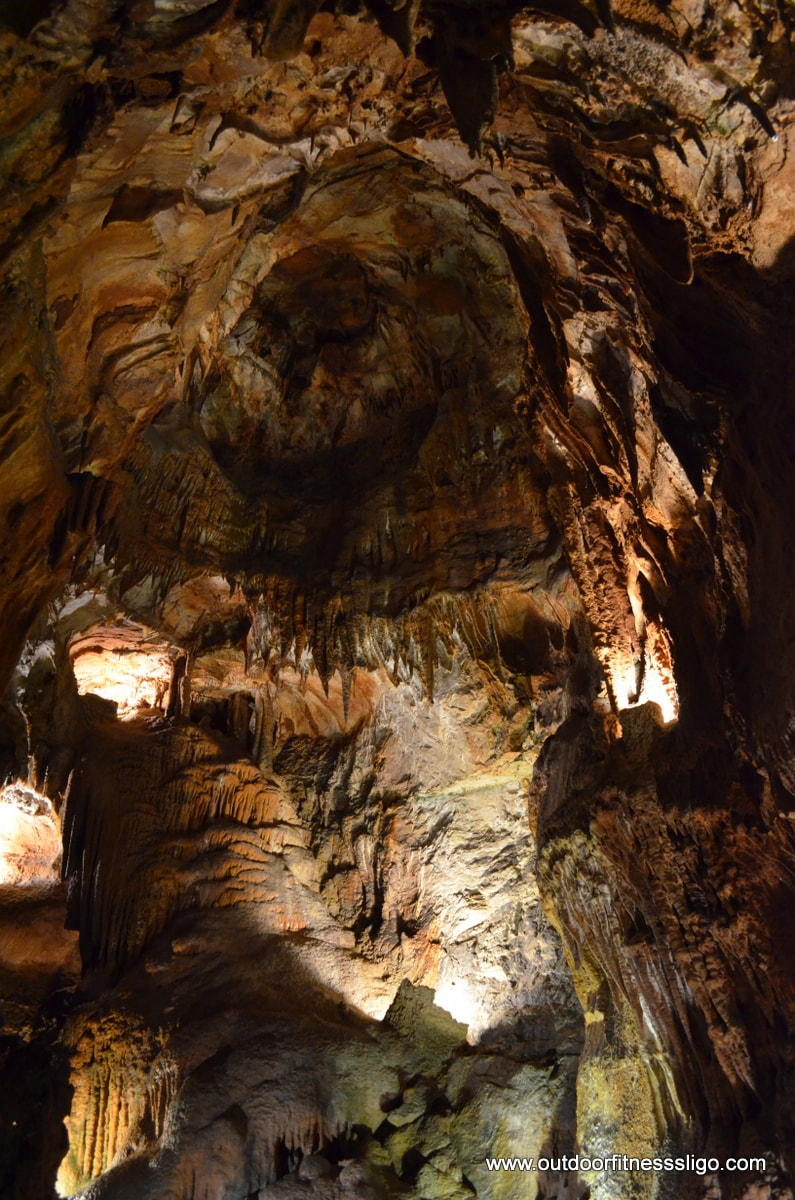
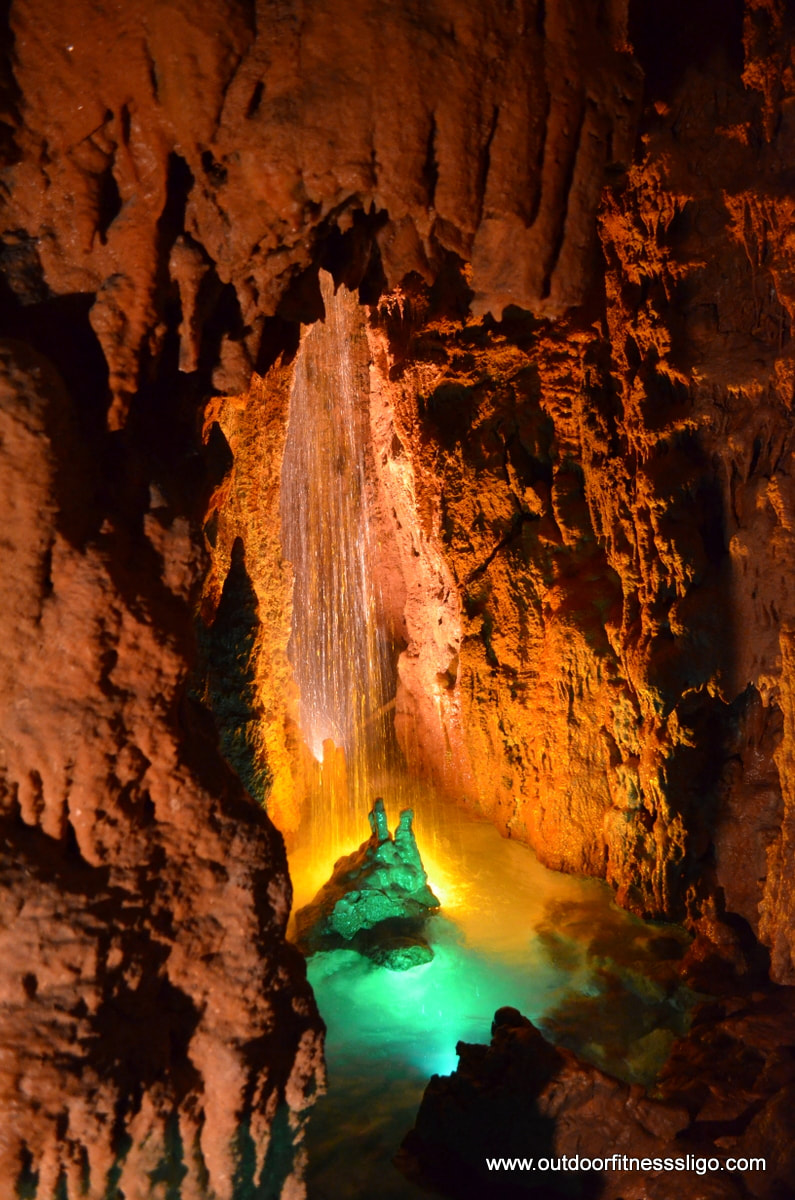
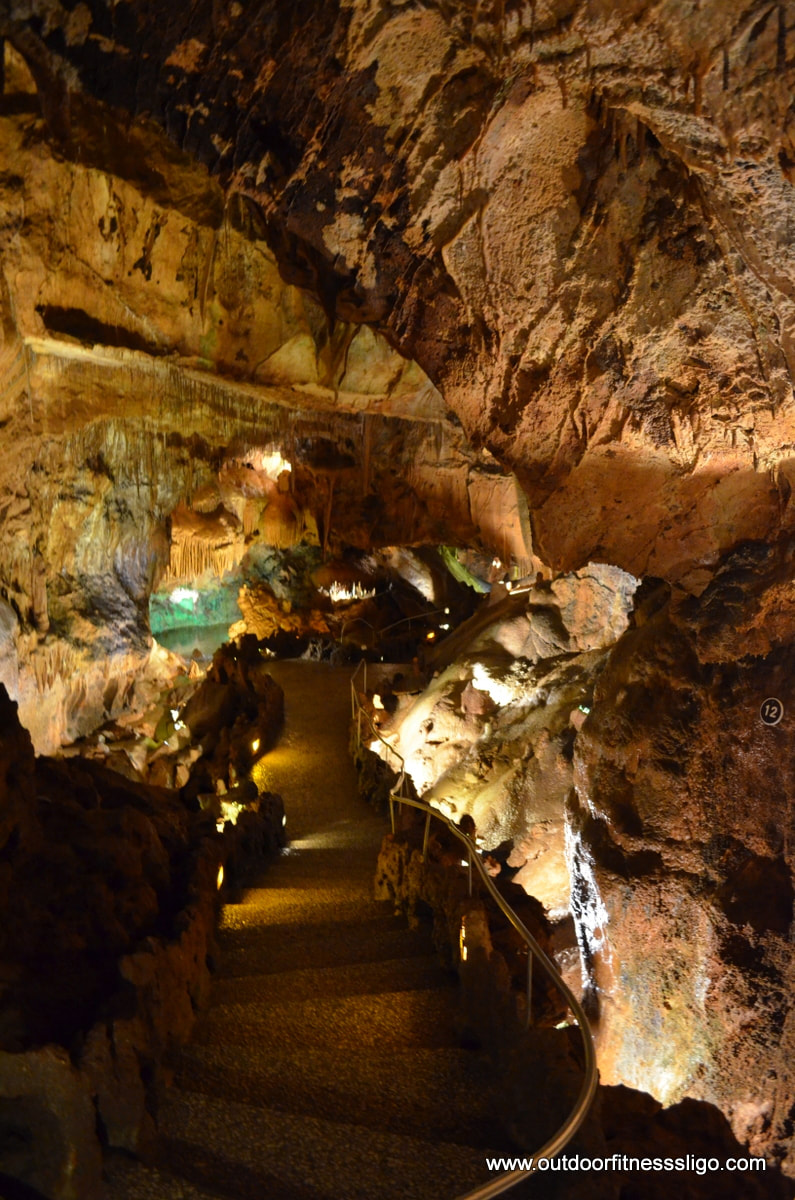
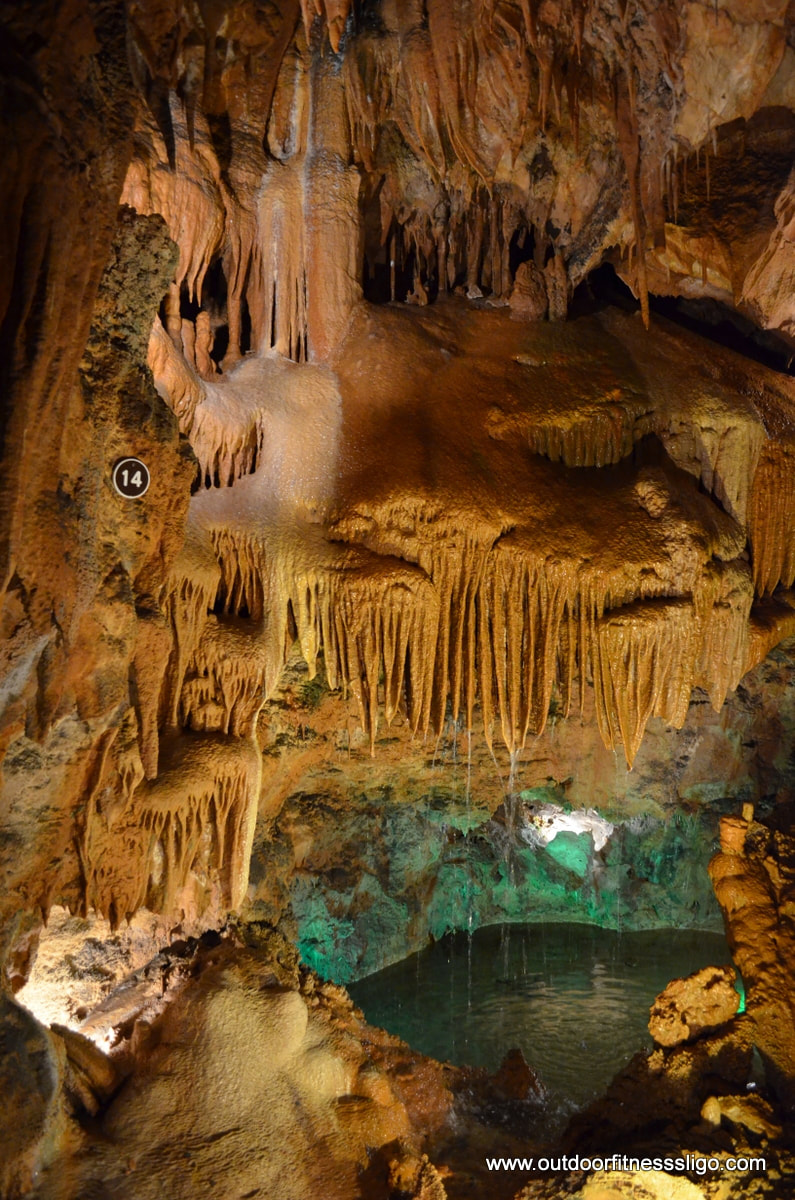
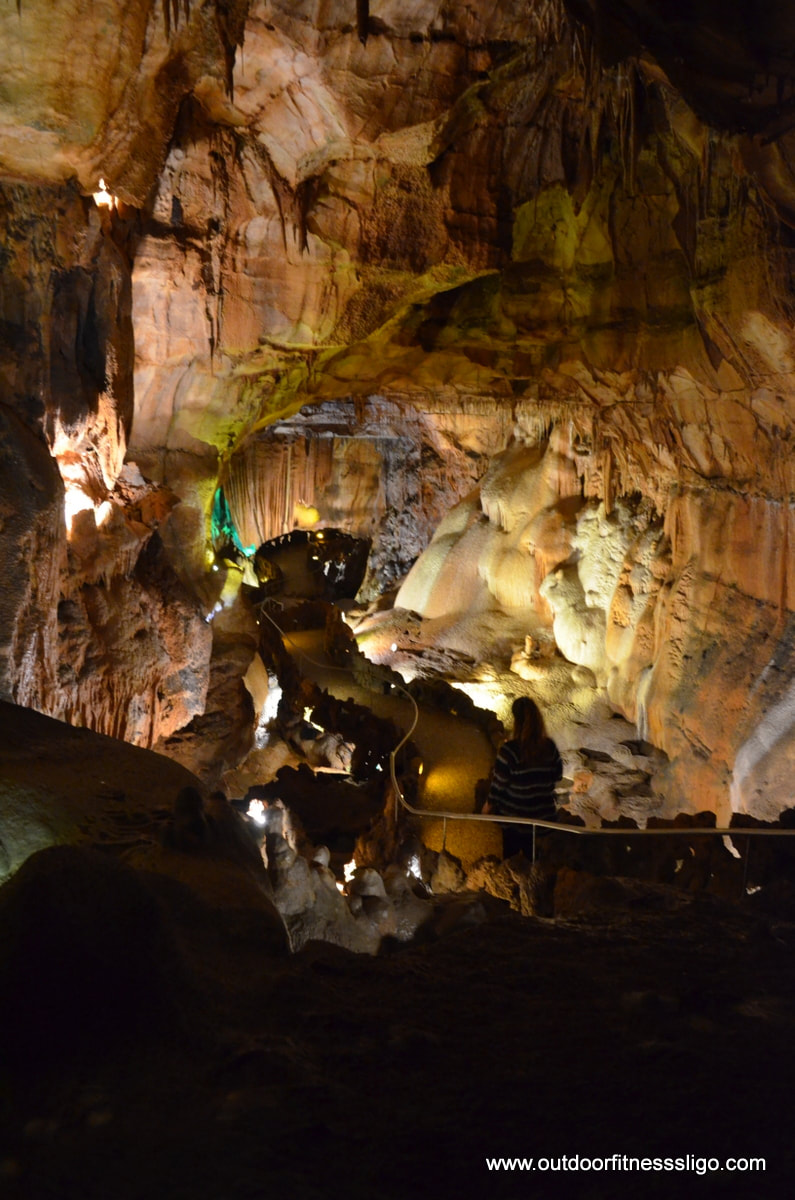
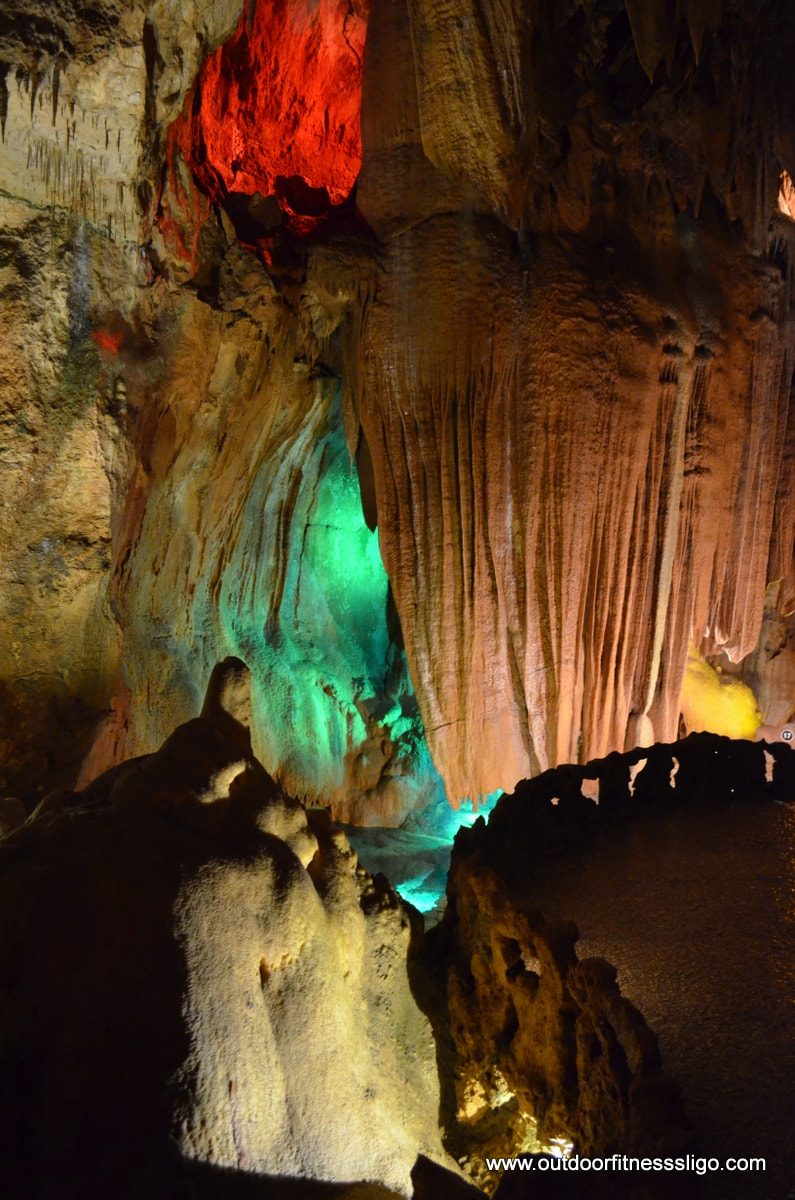
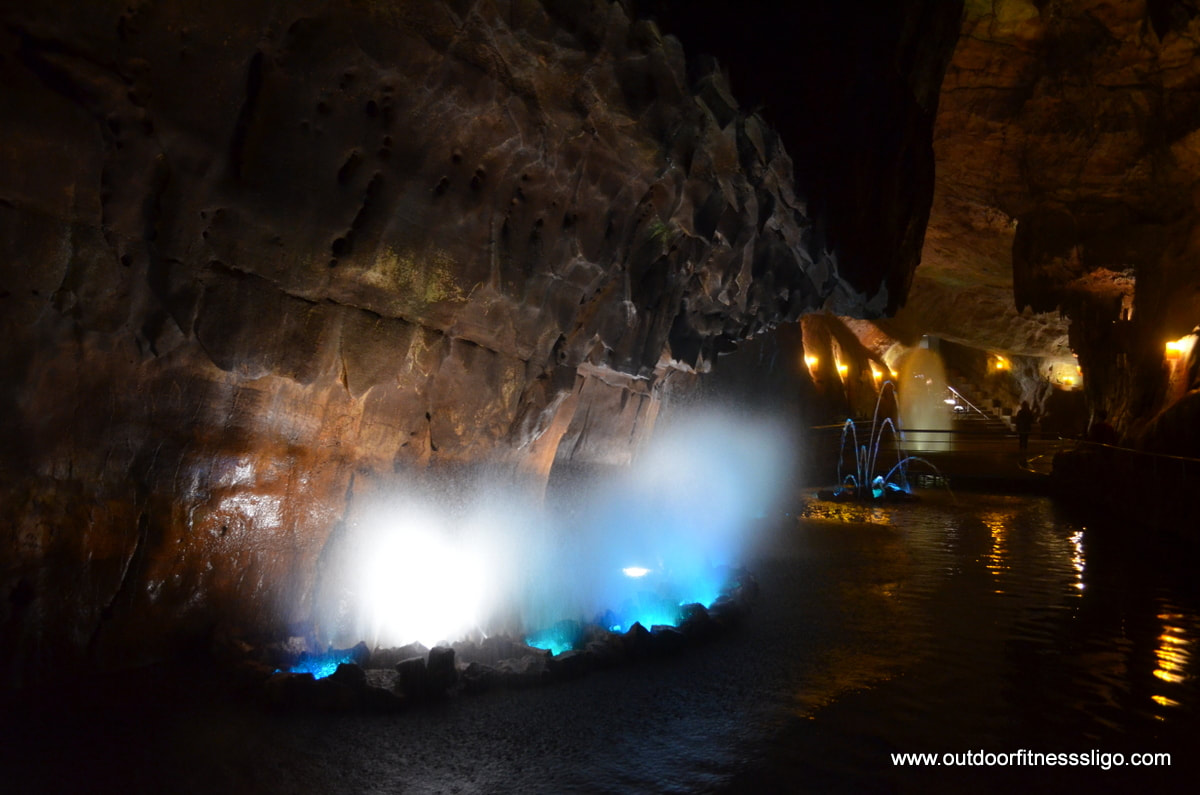
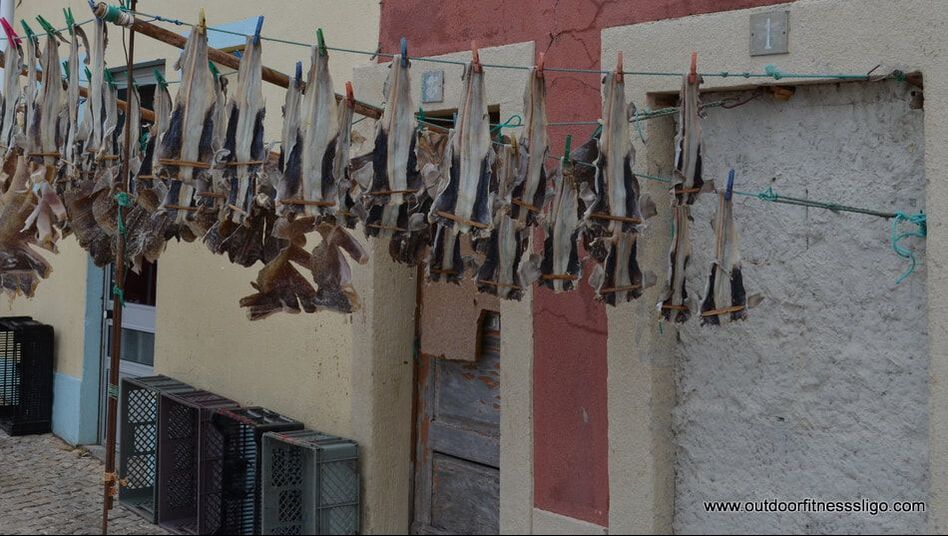
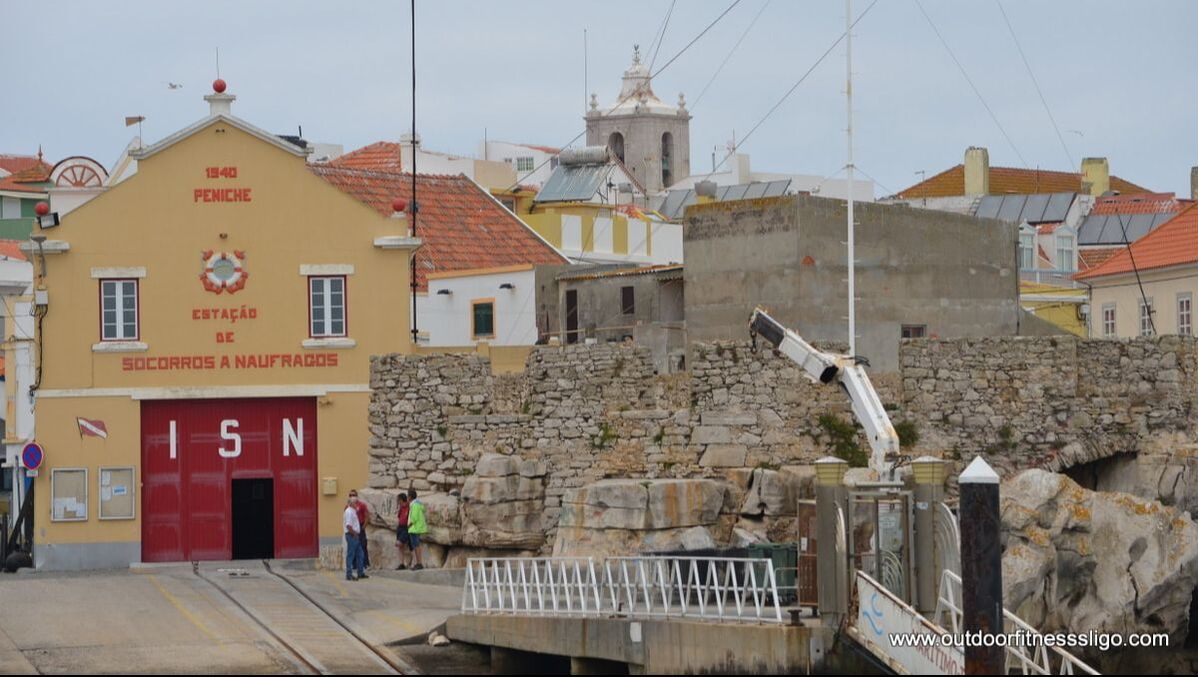
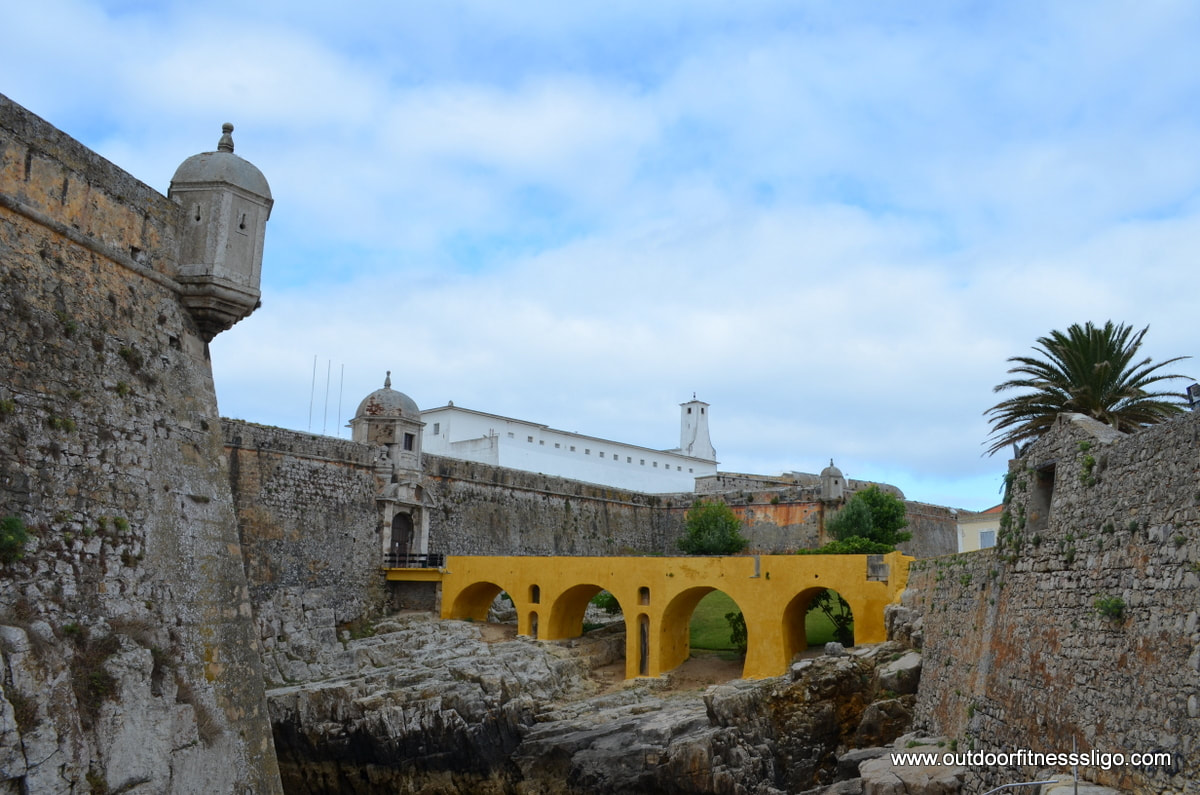
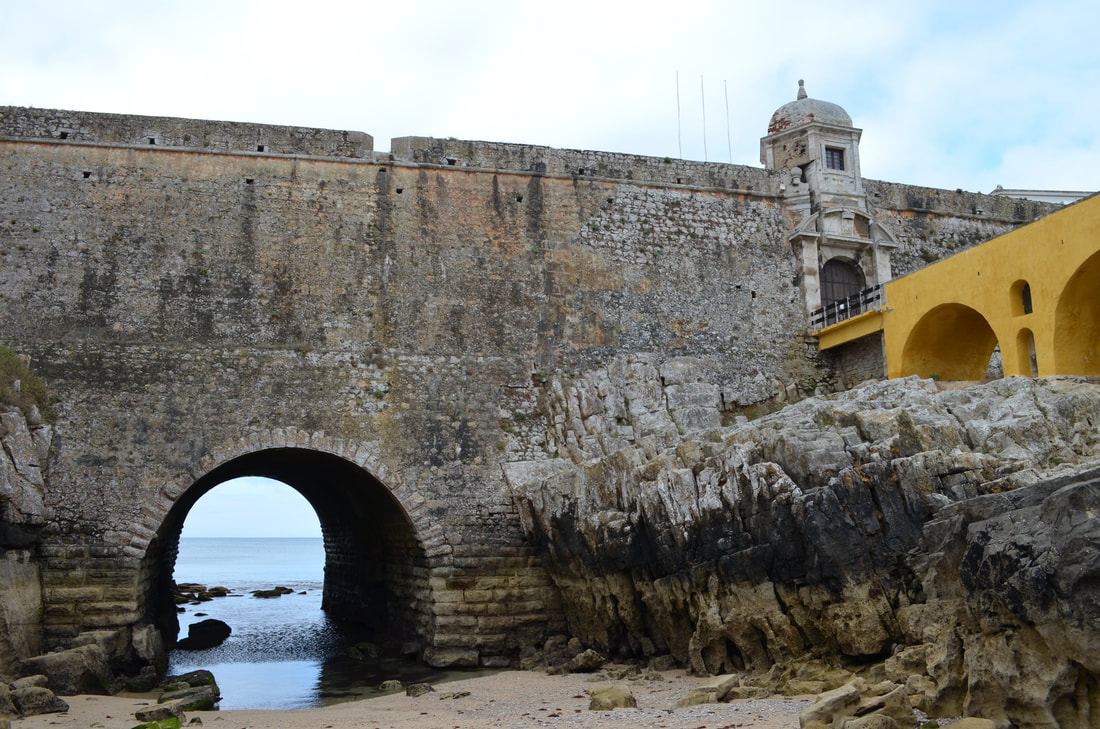
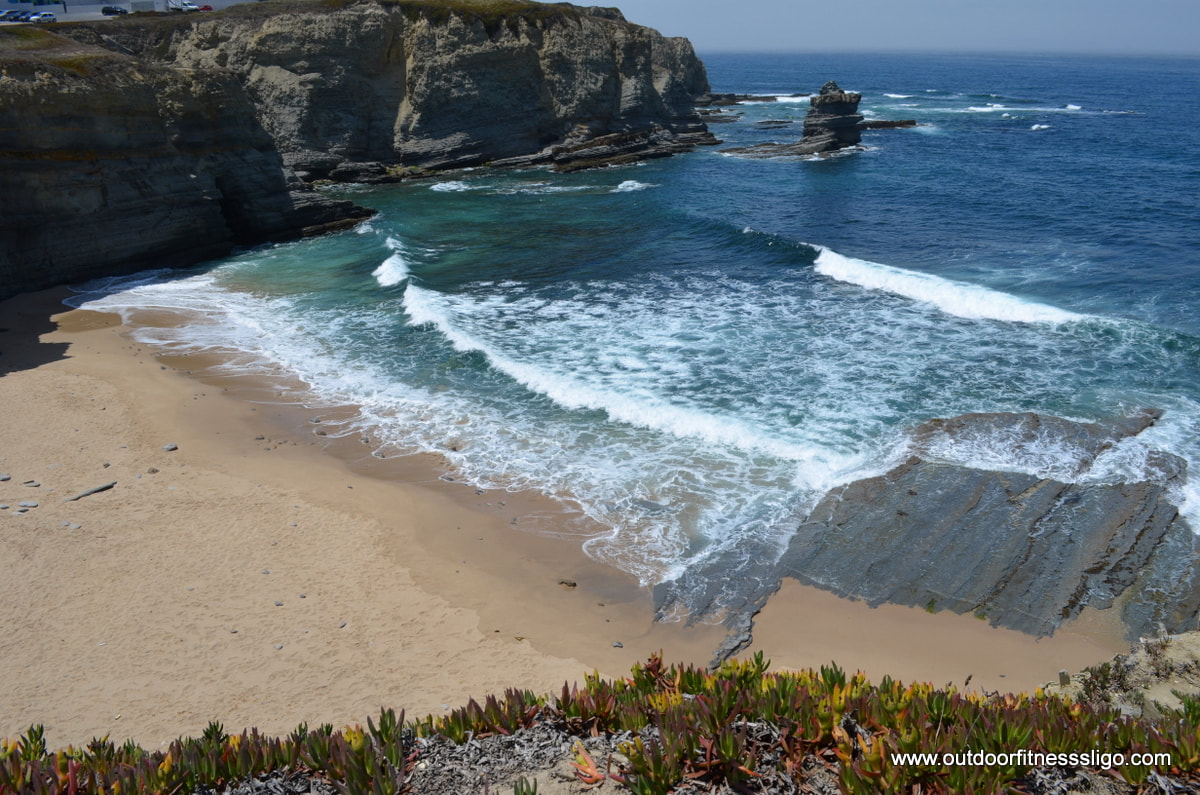
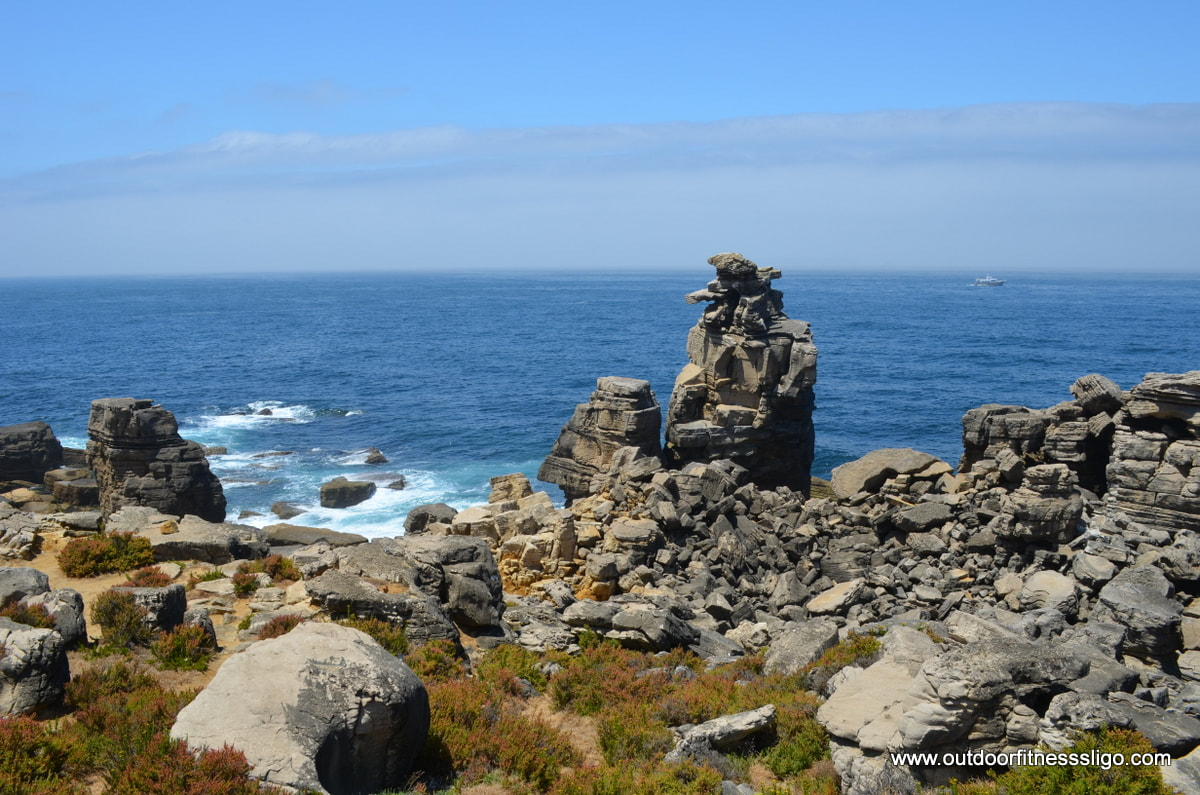
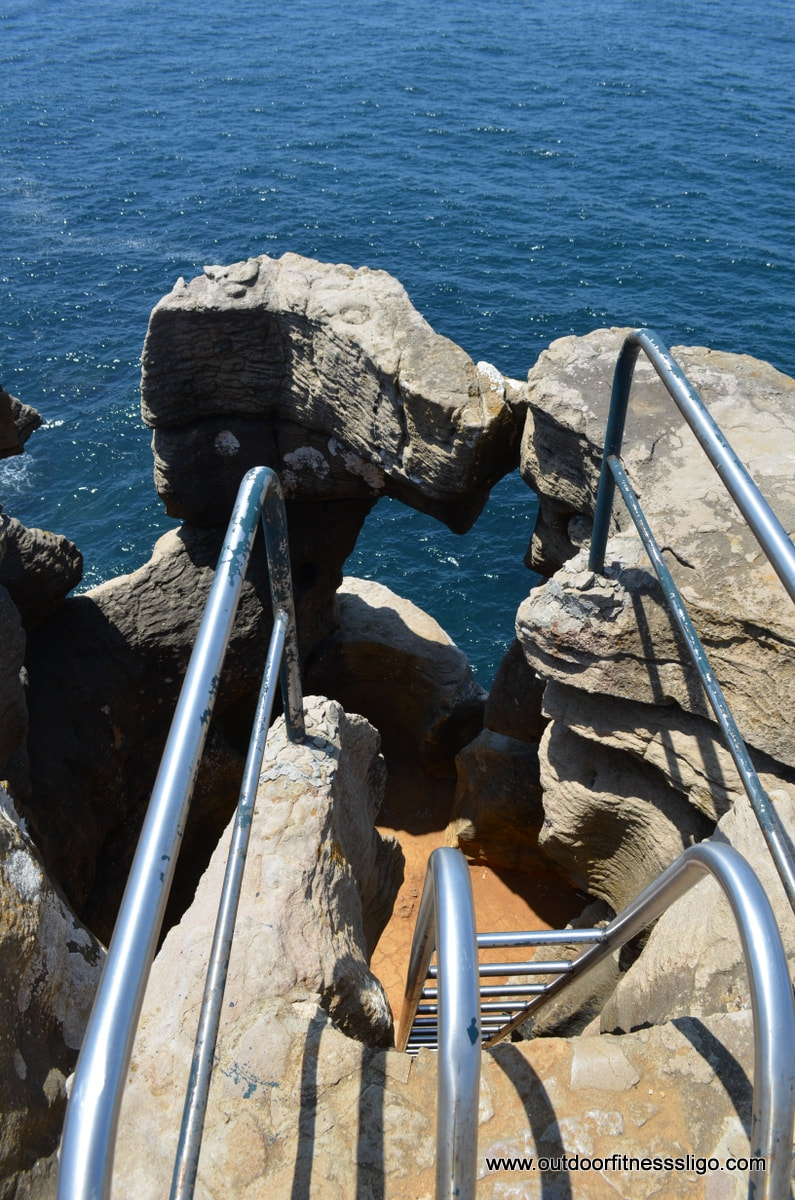
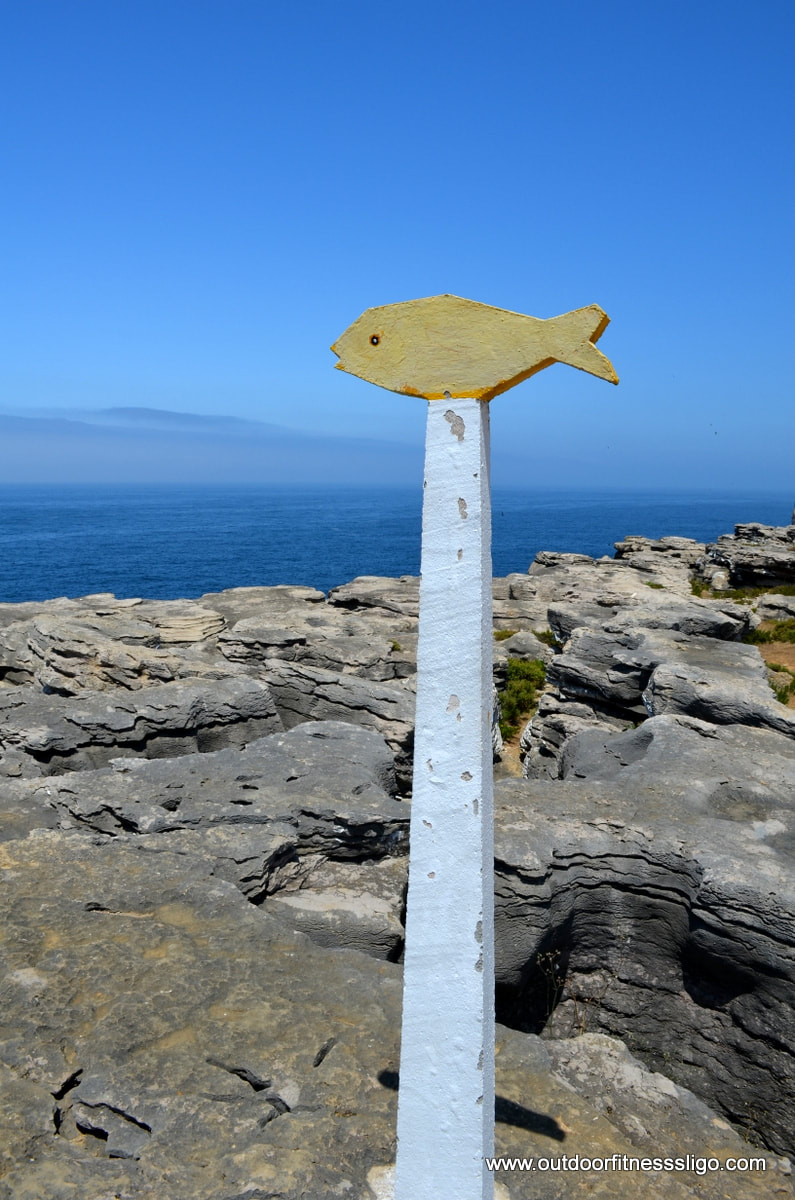
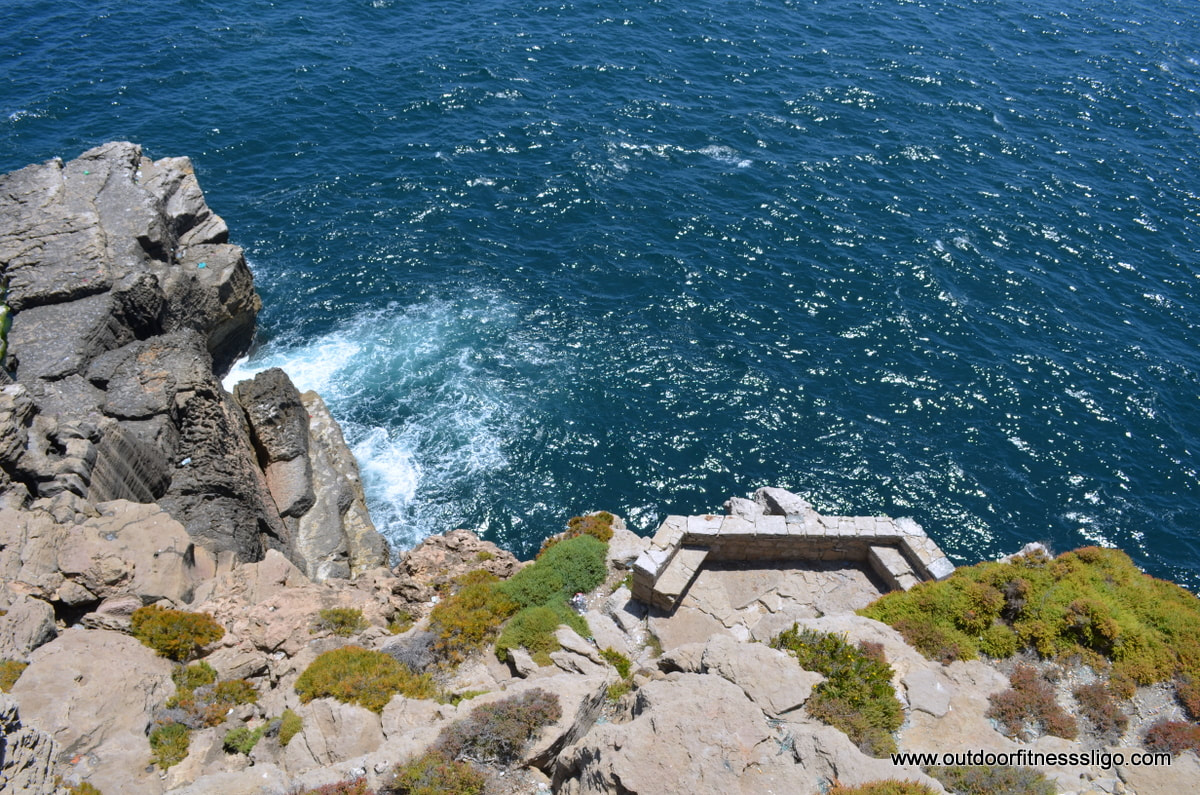
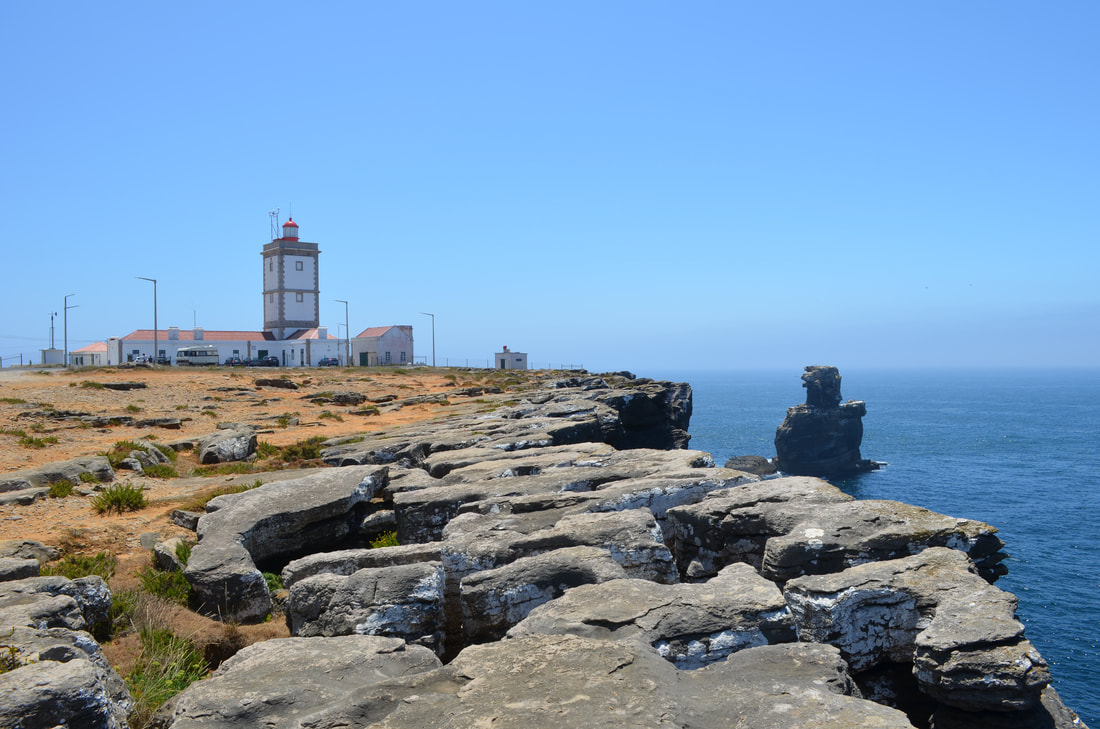
 RSS Feed
RSS Feed
